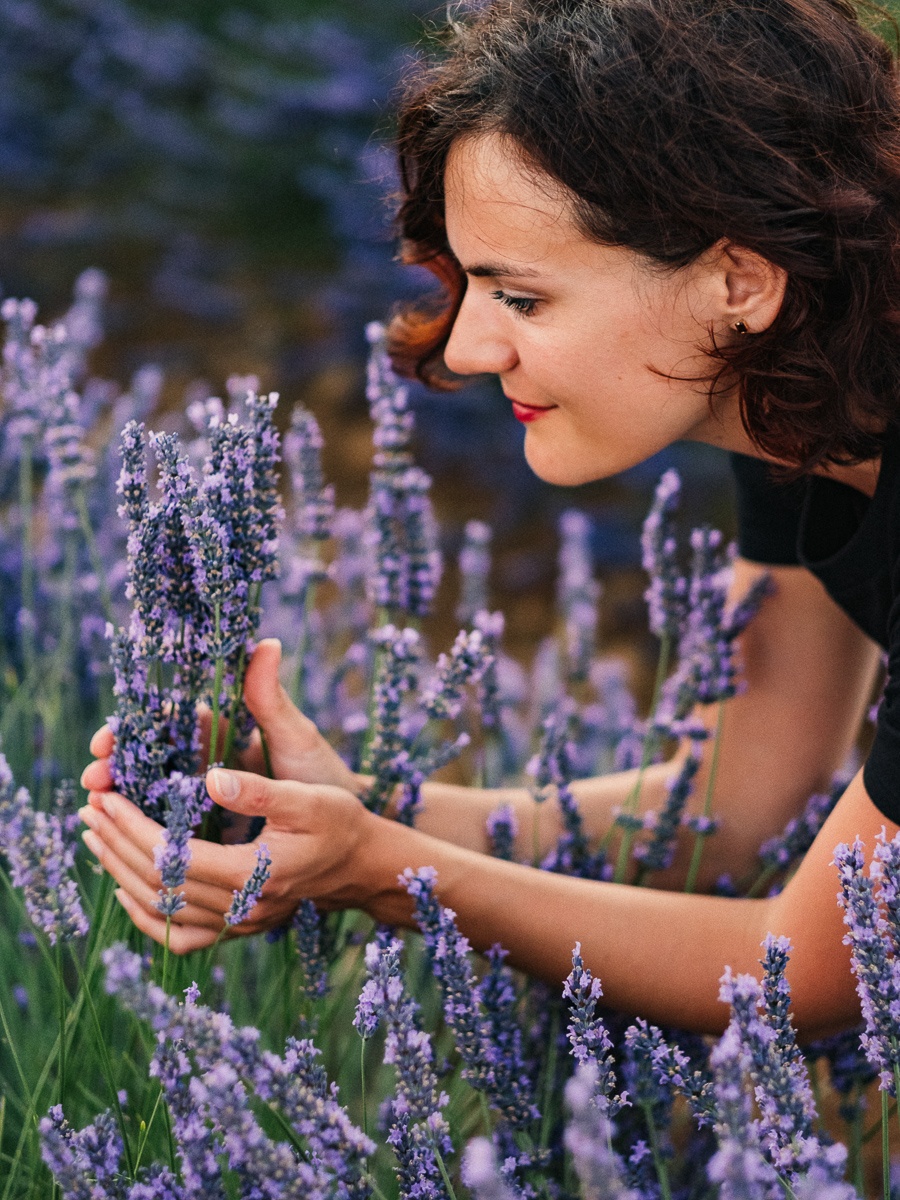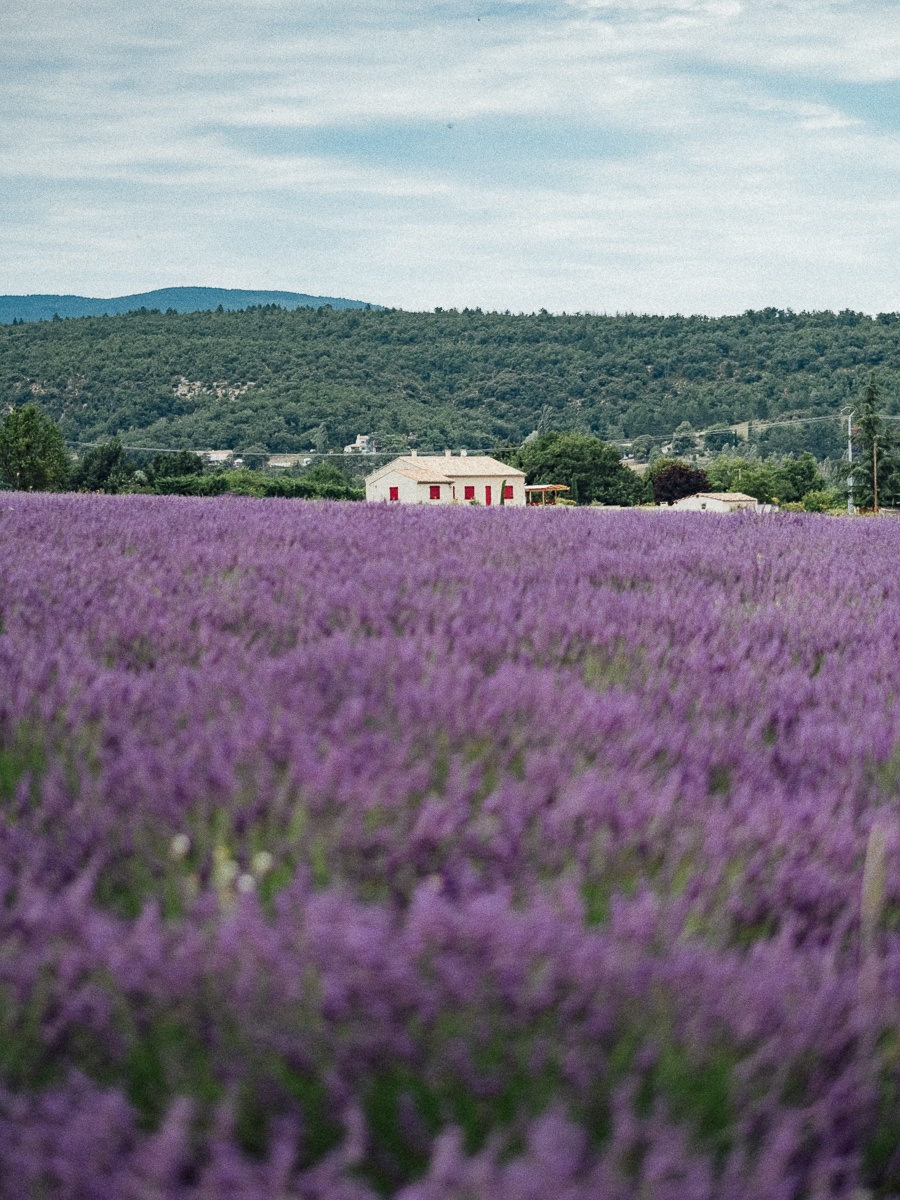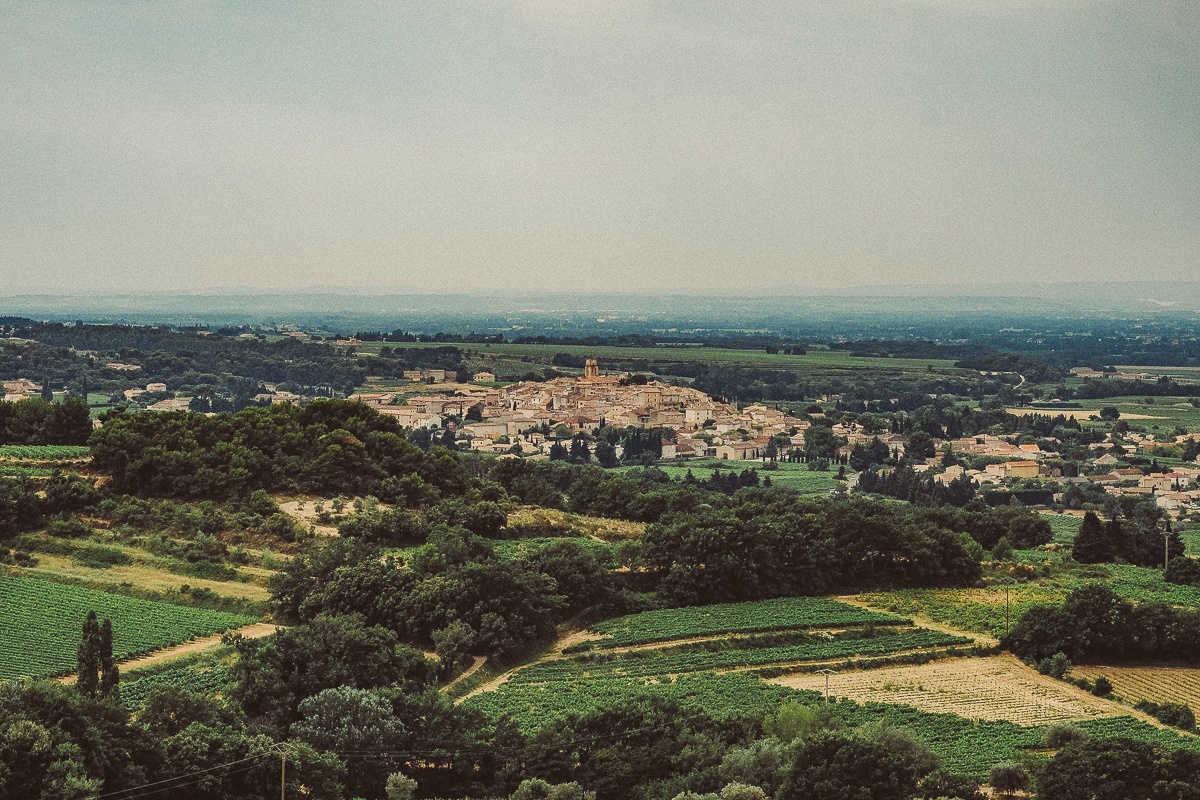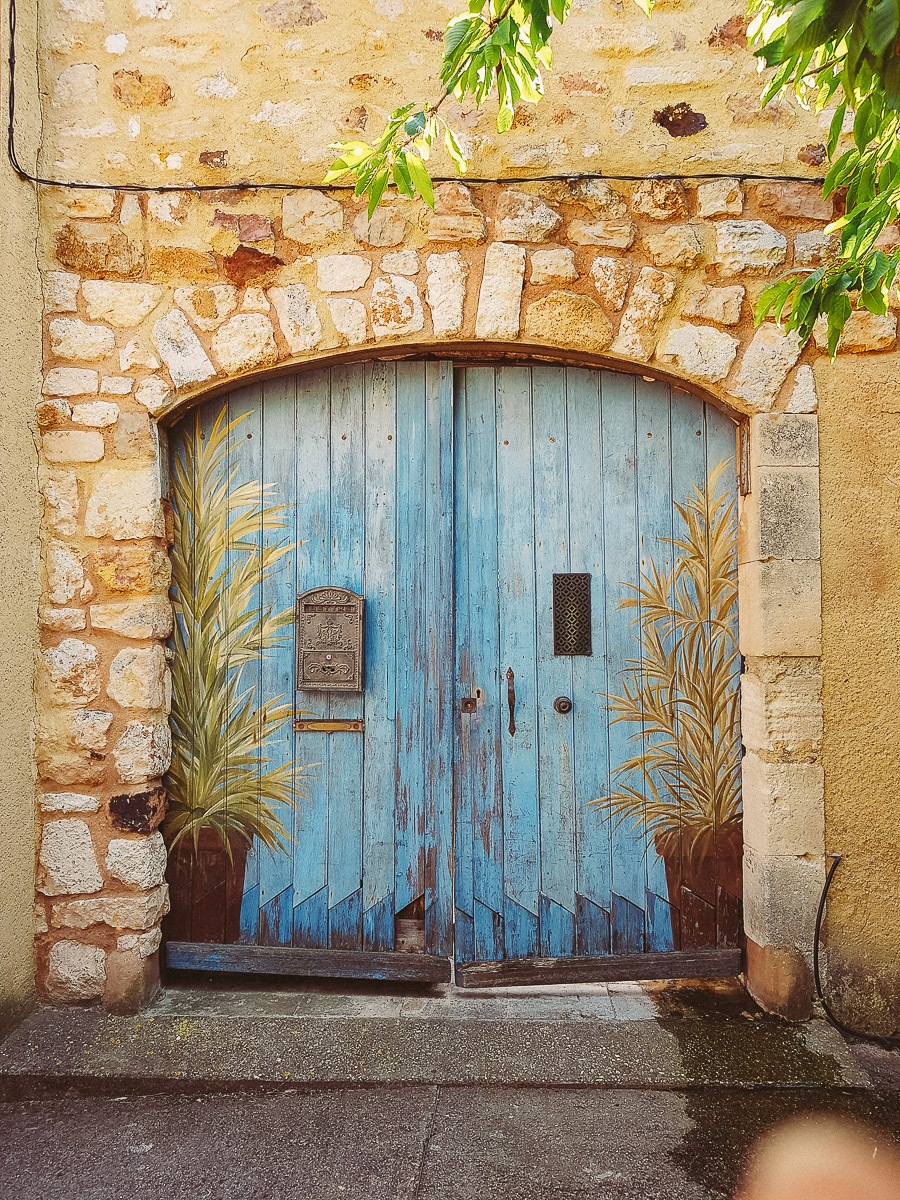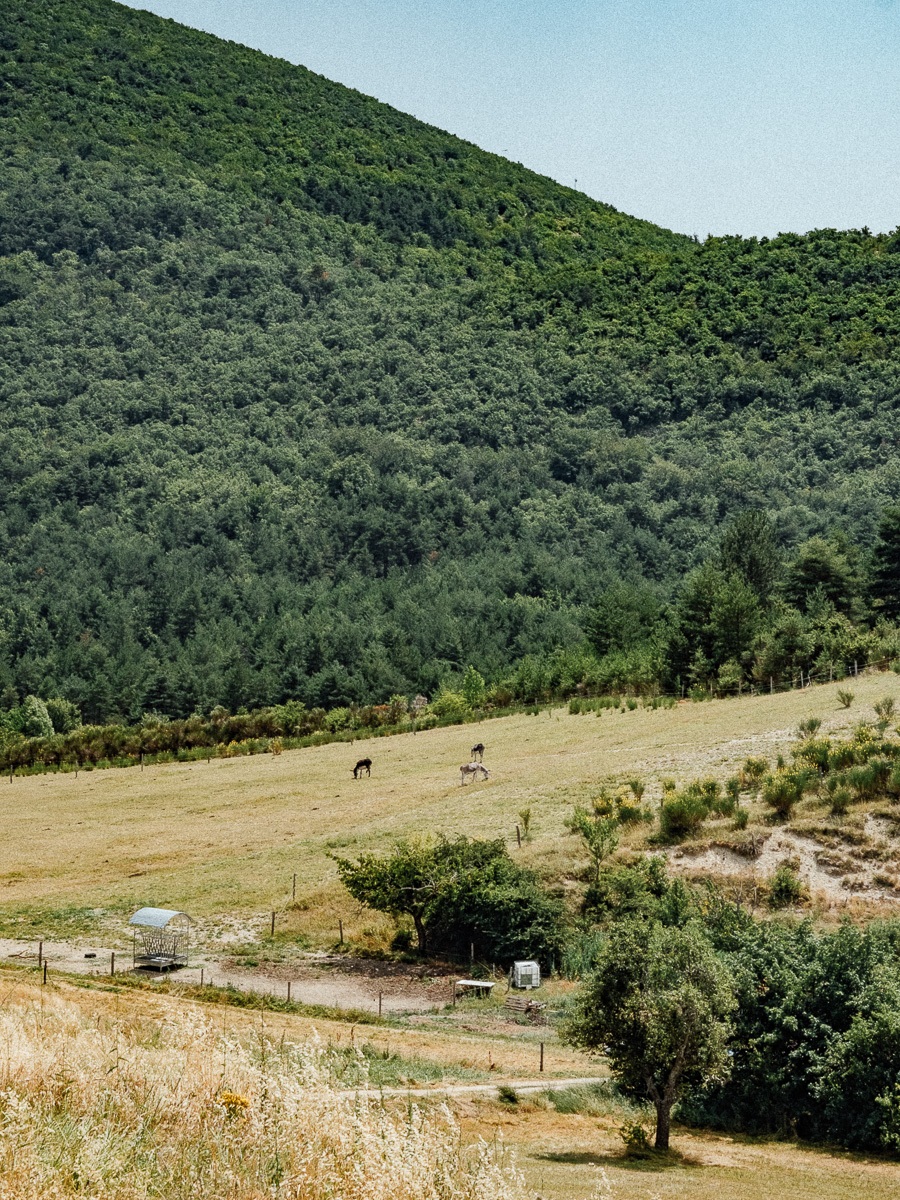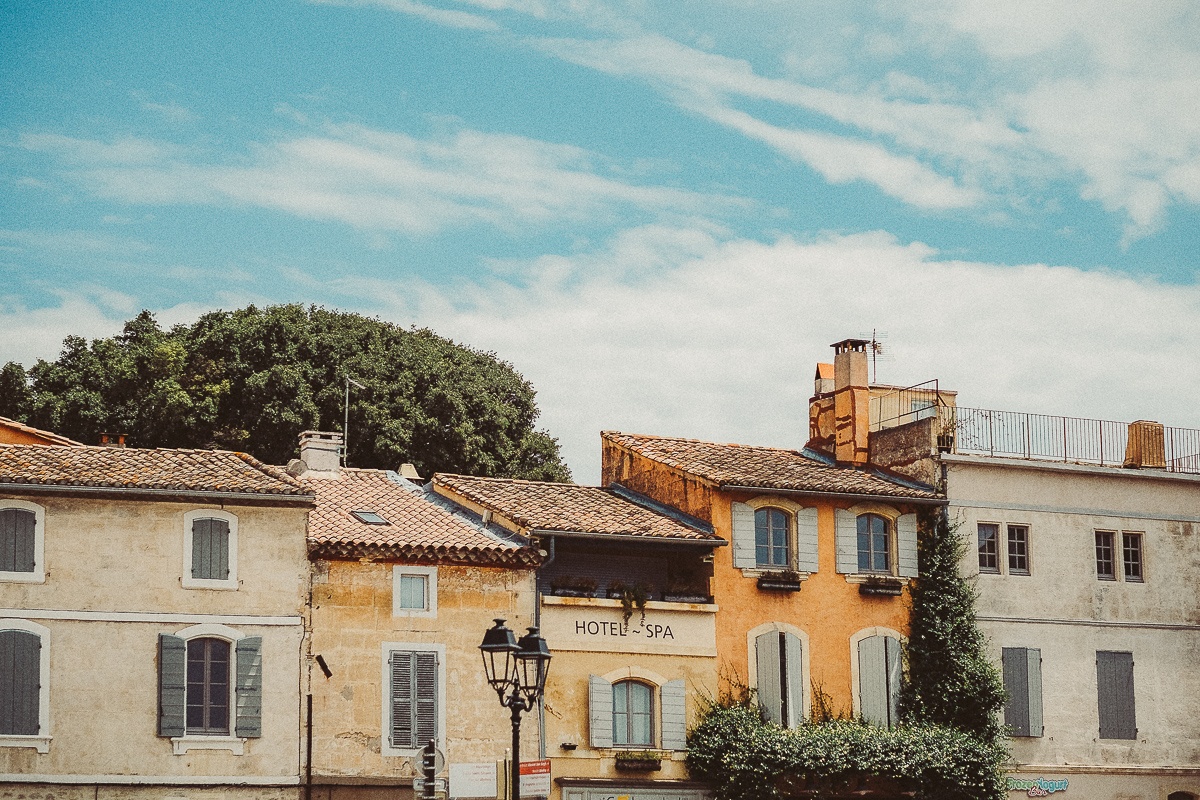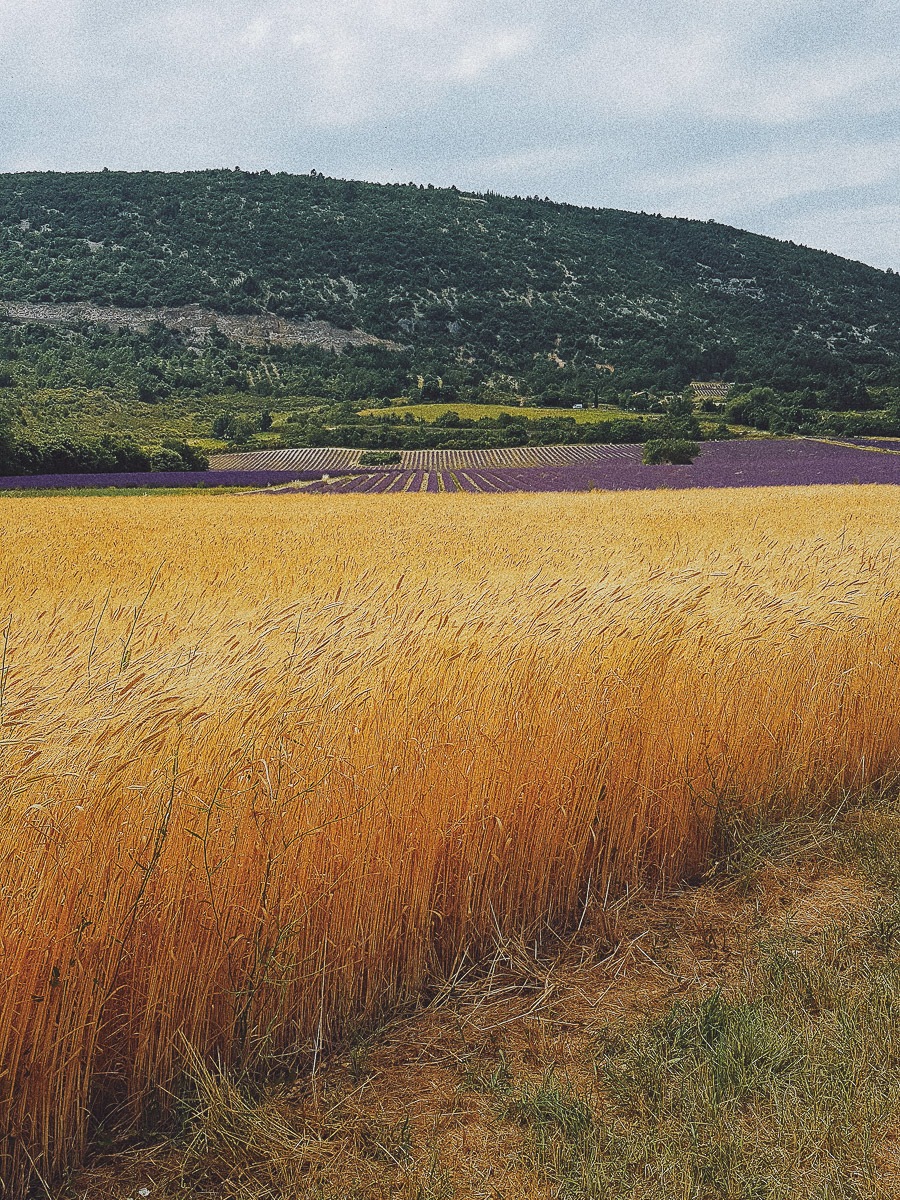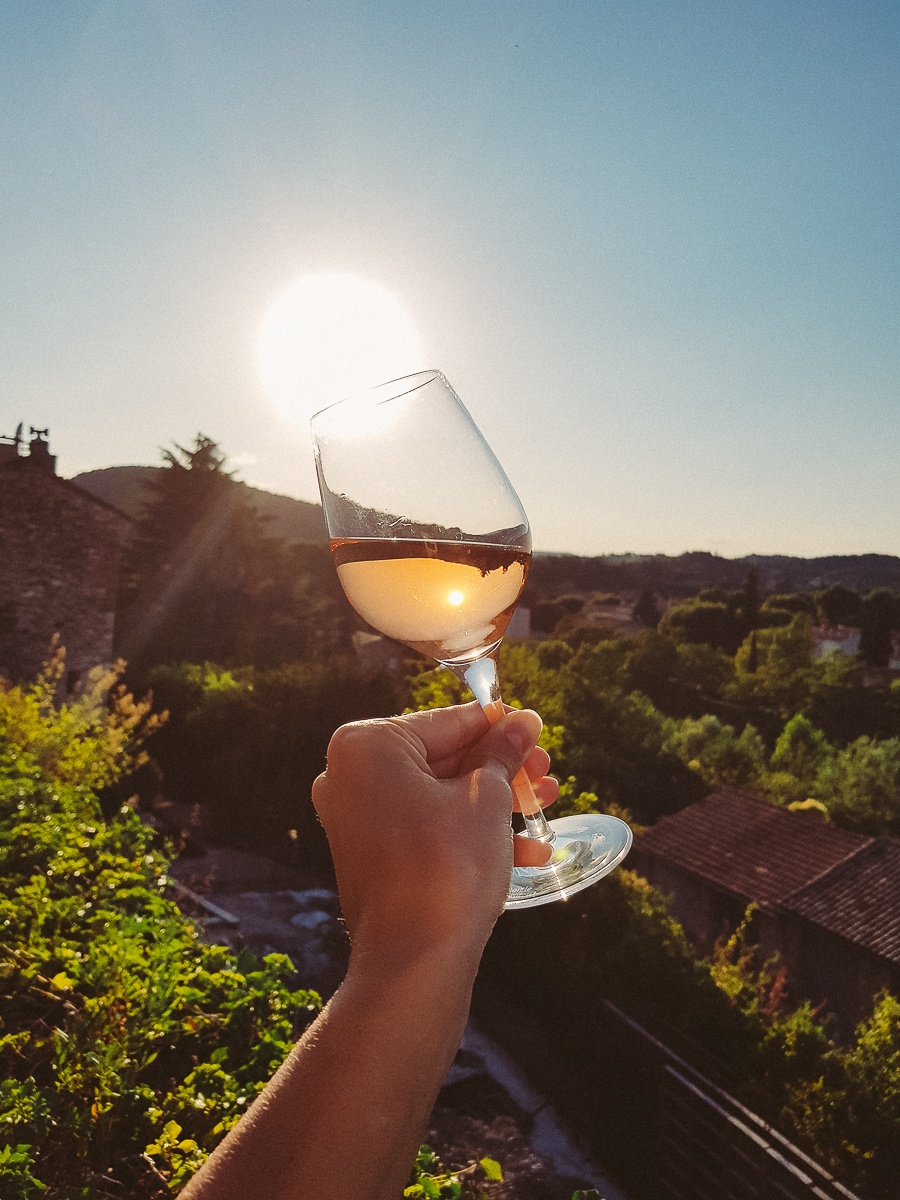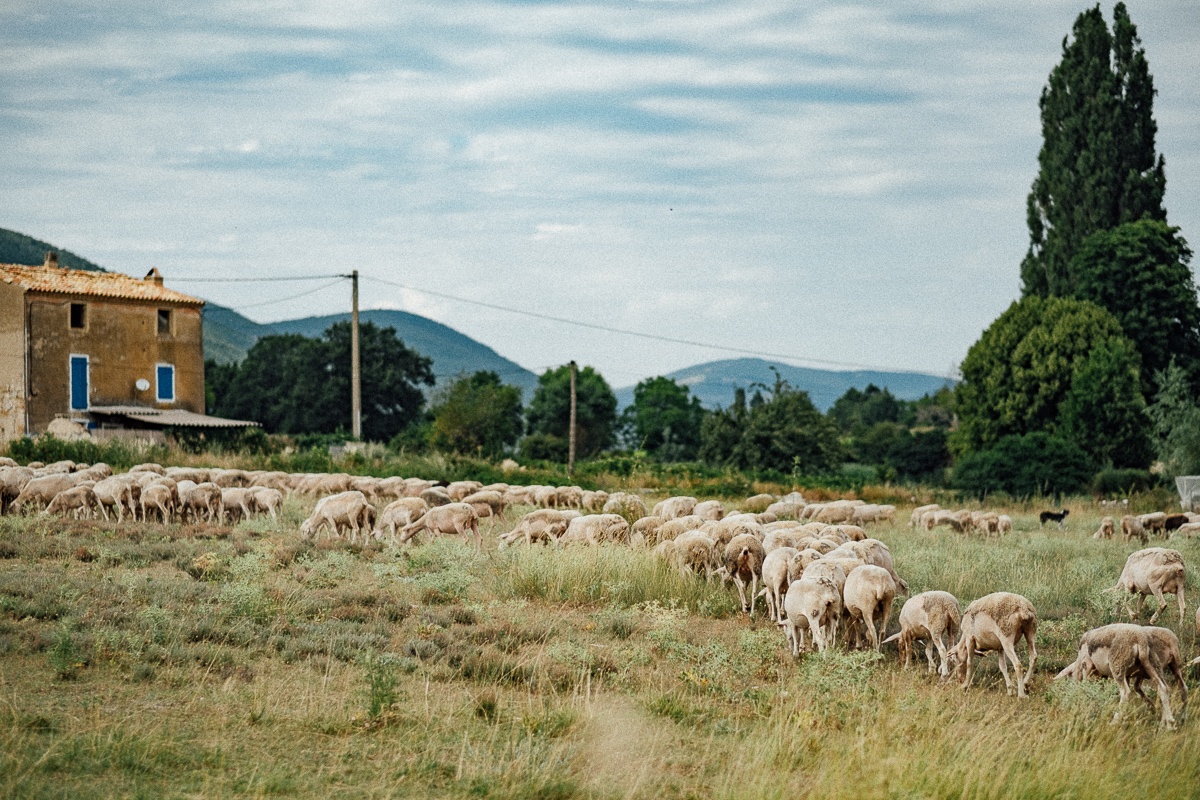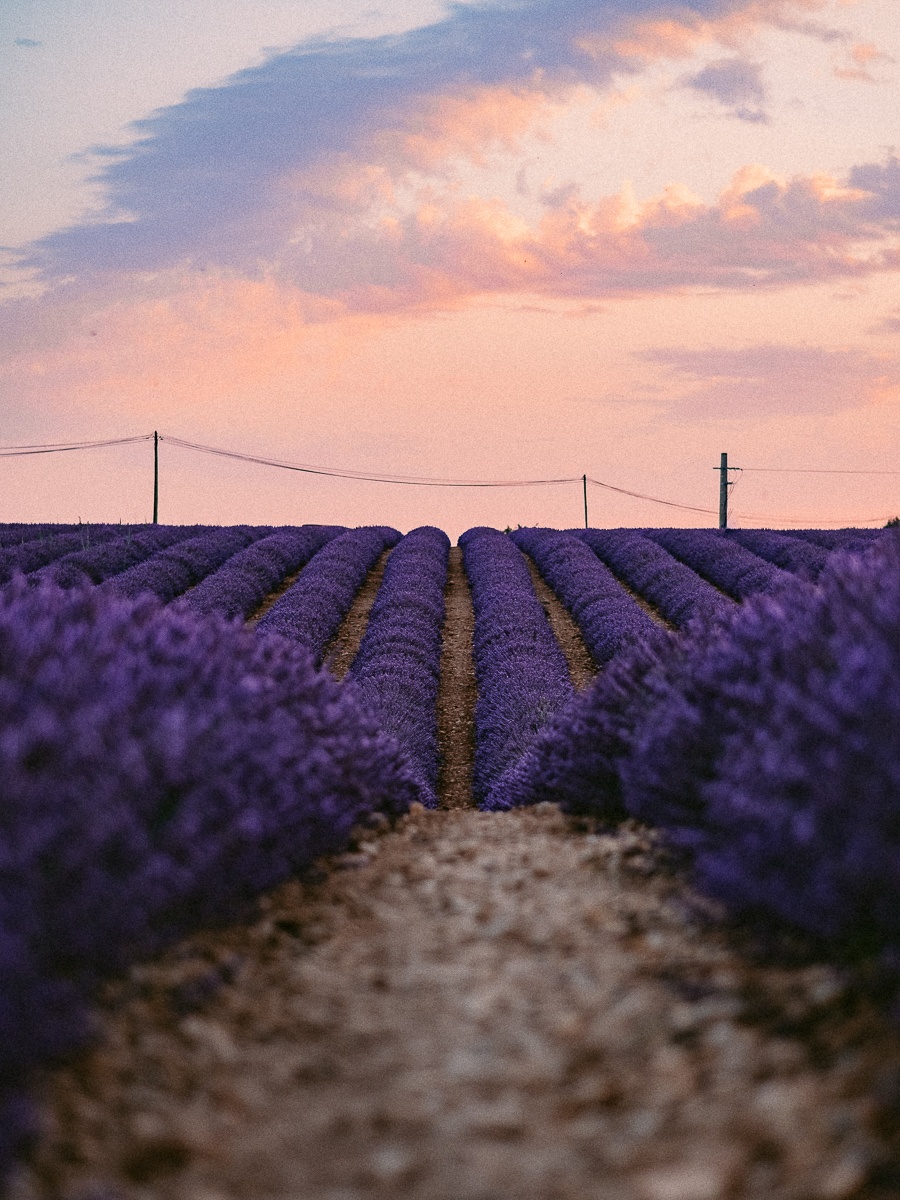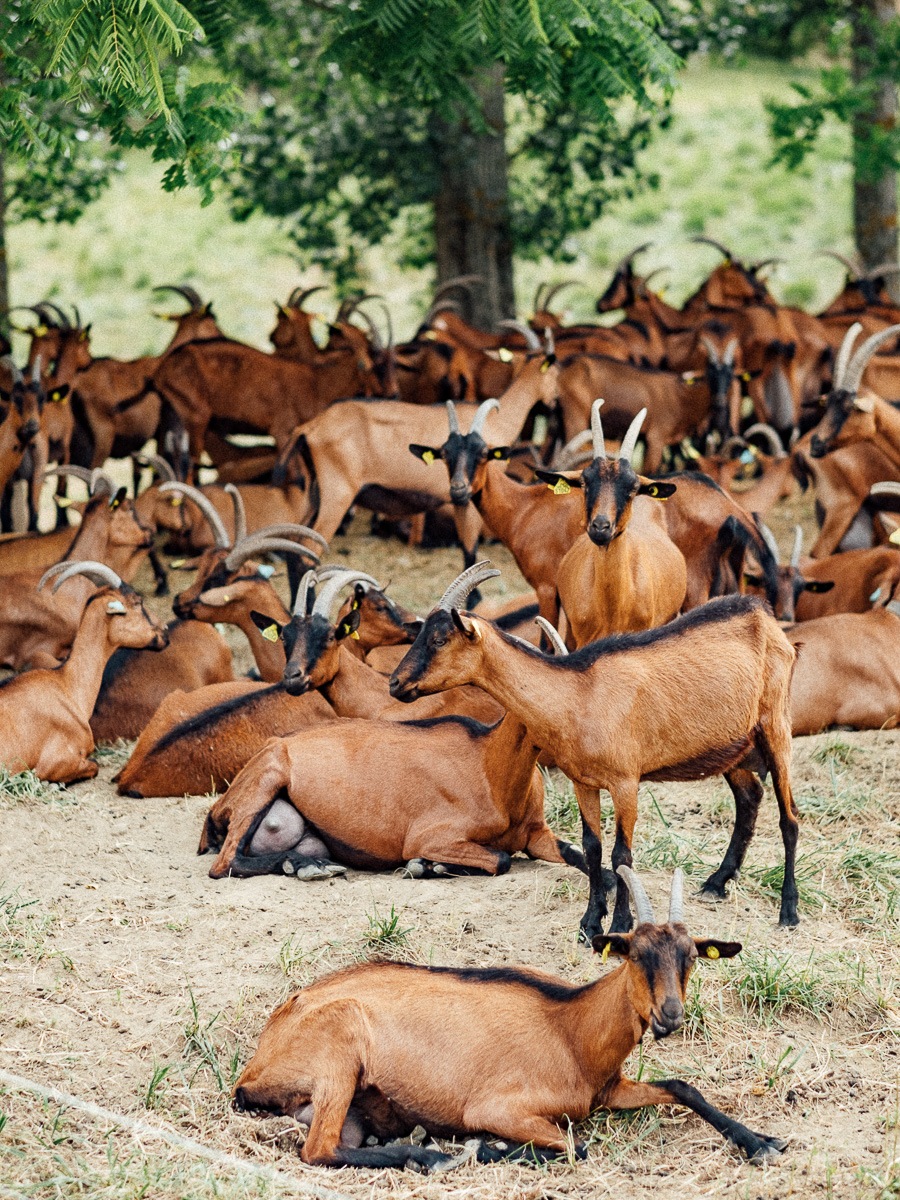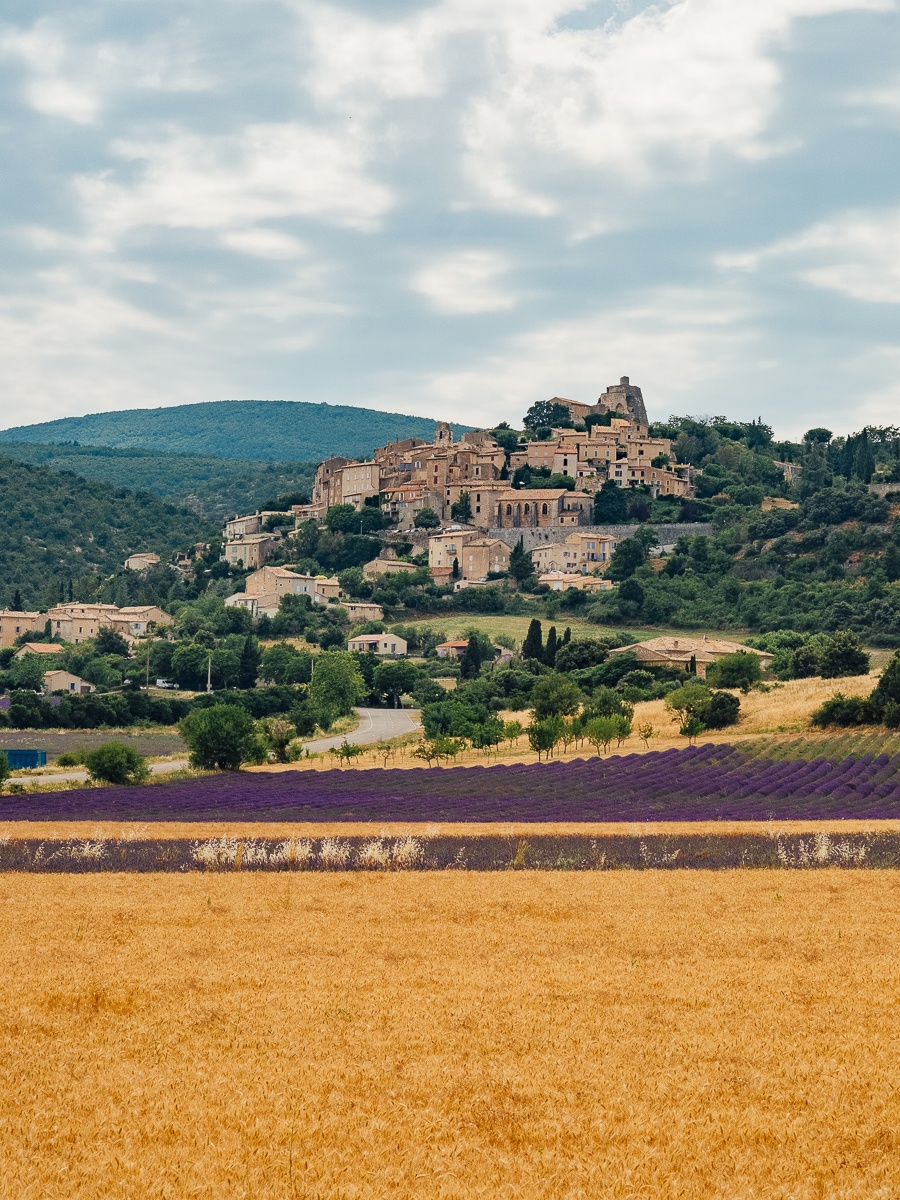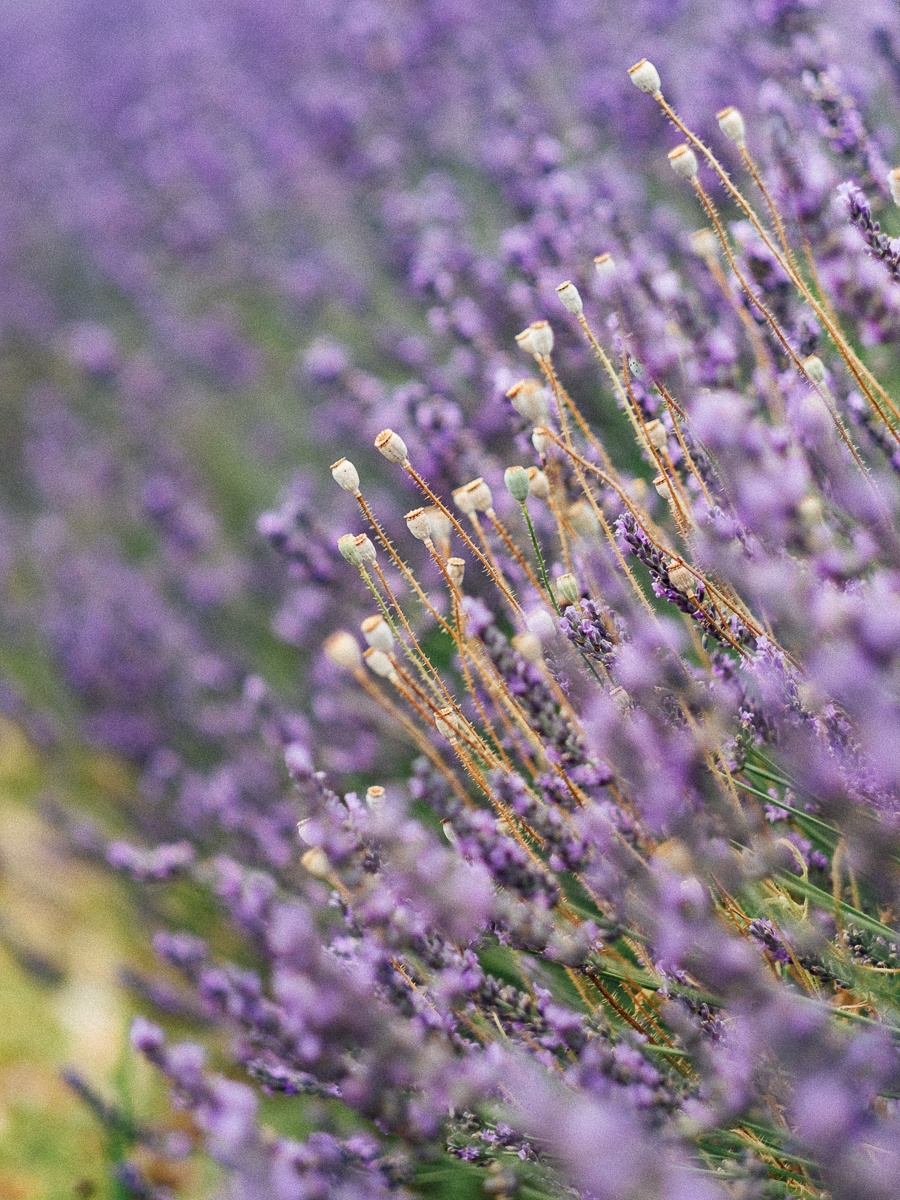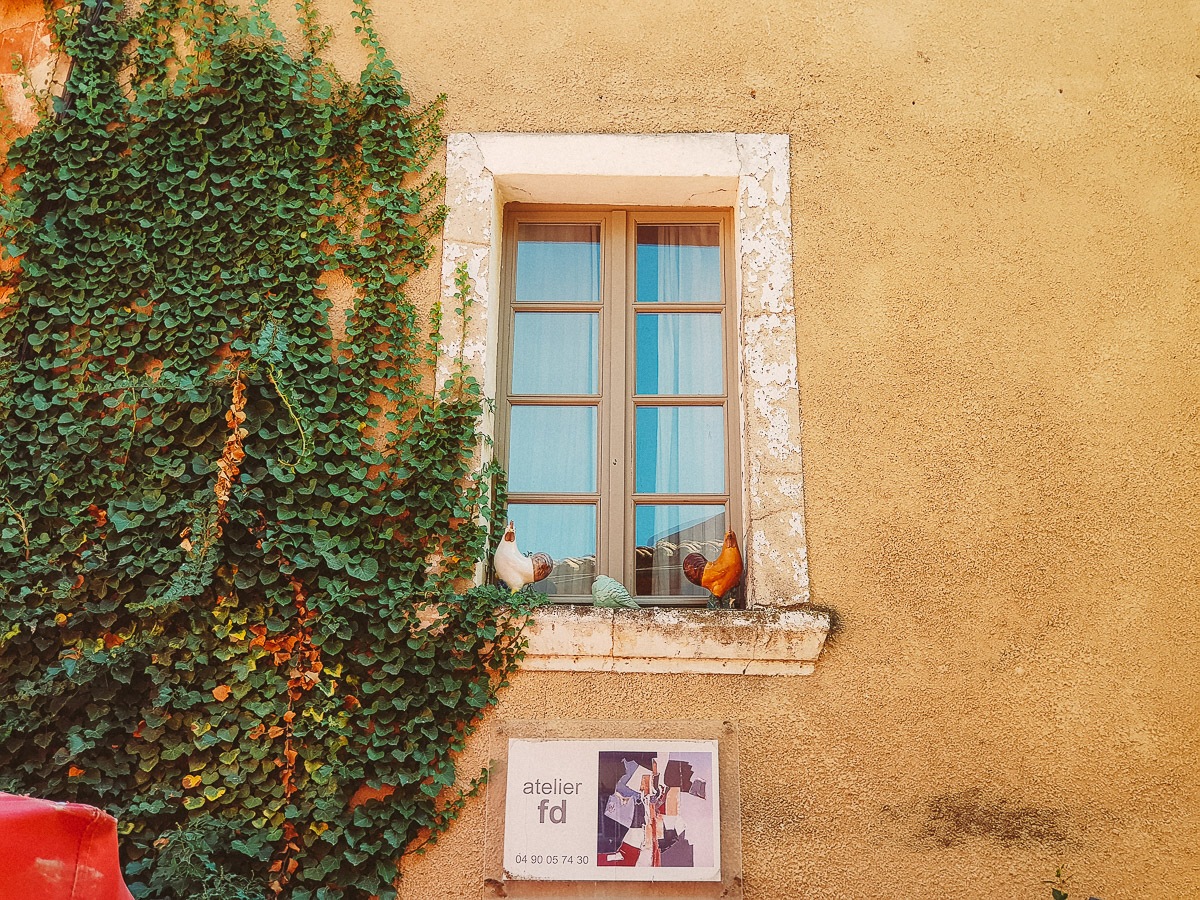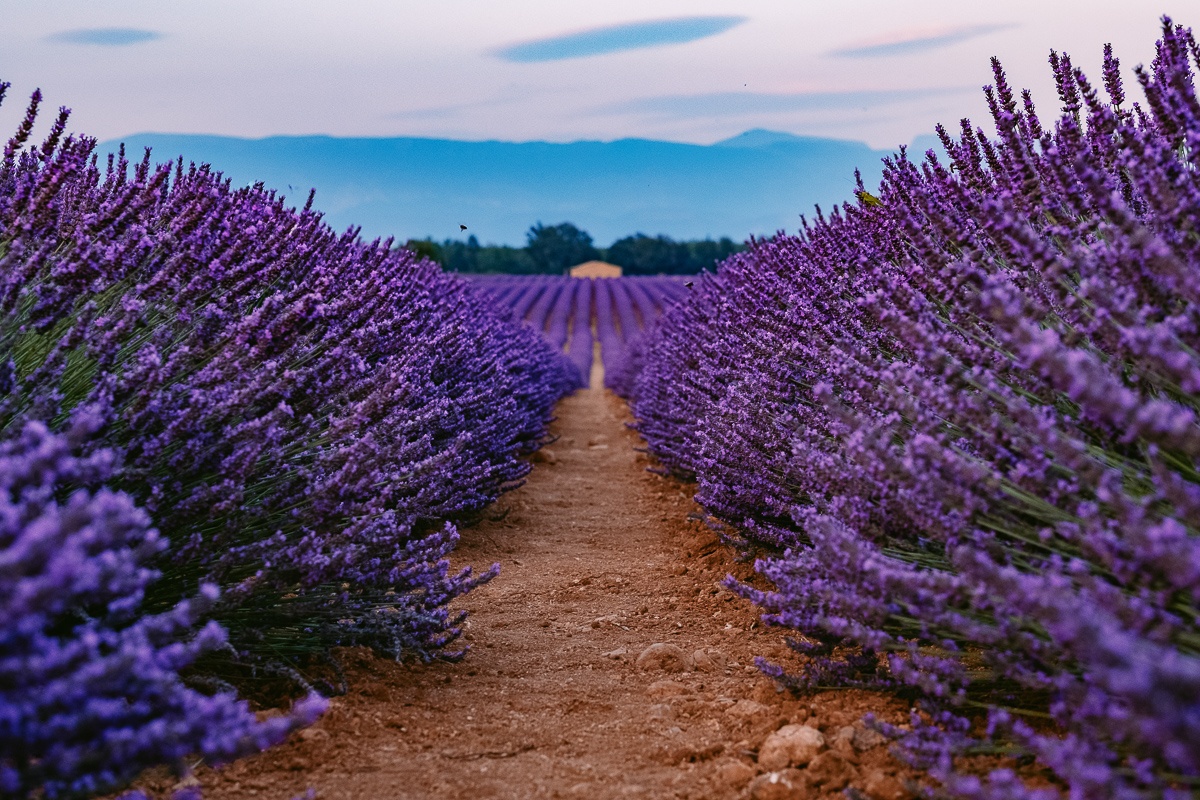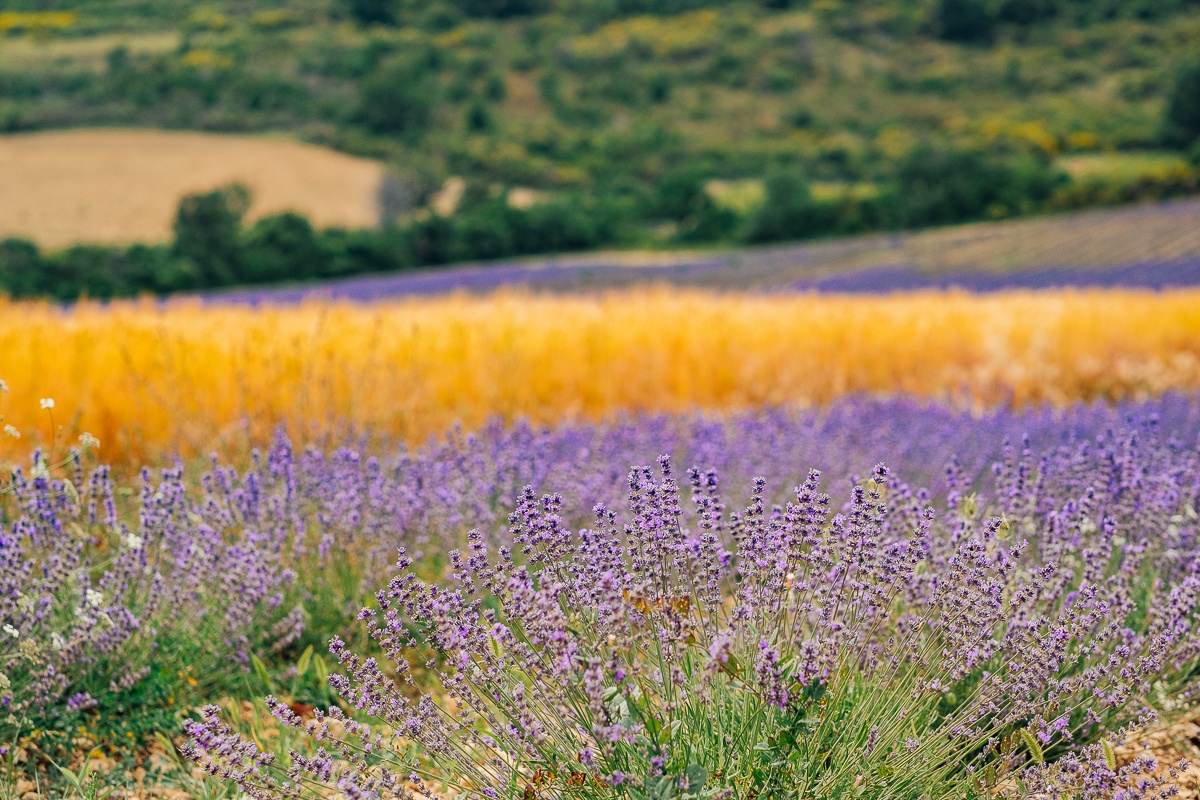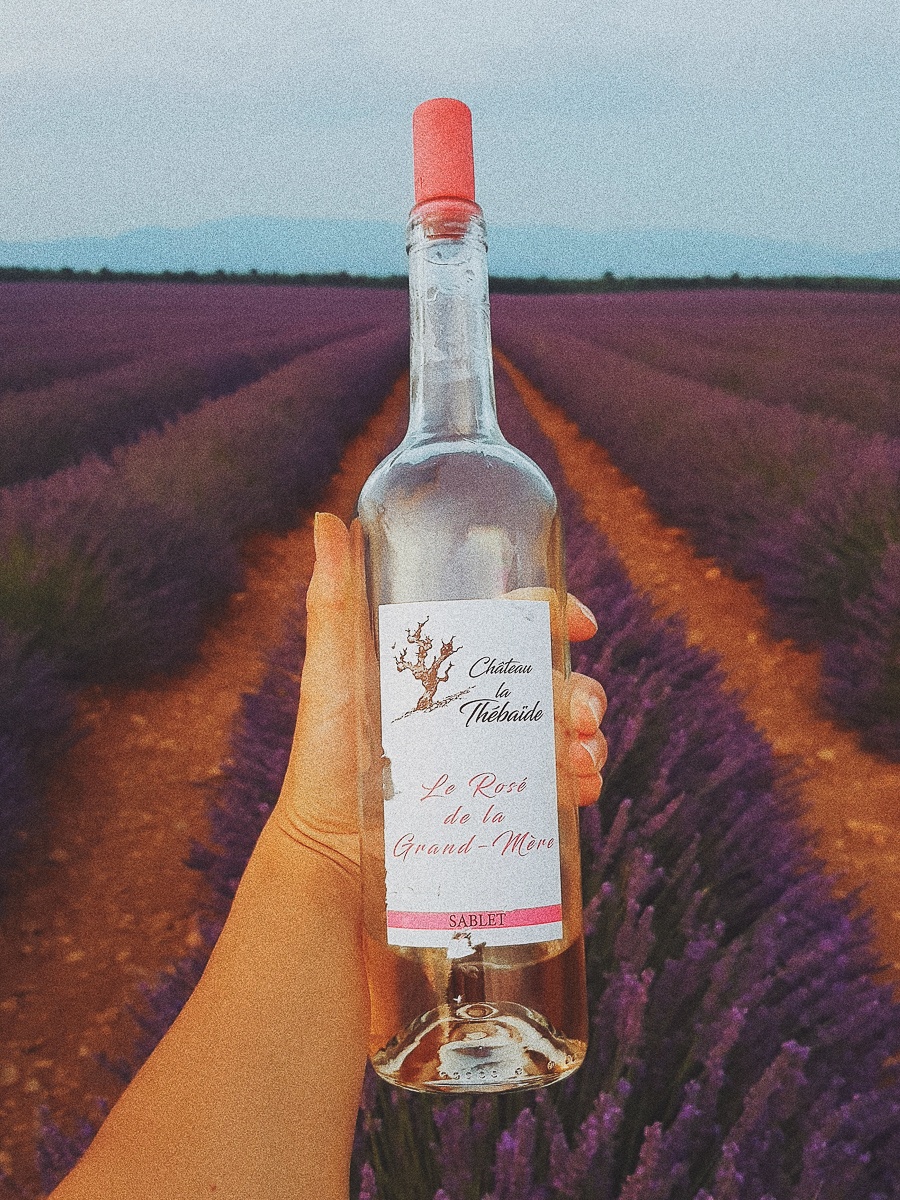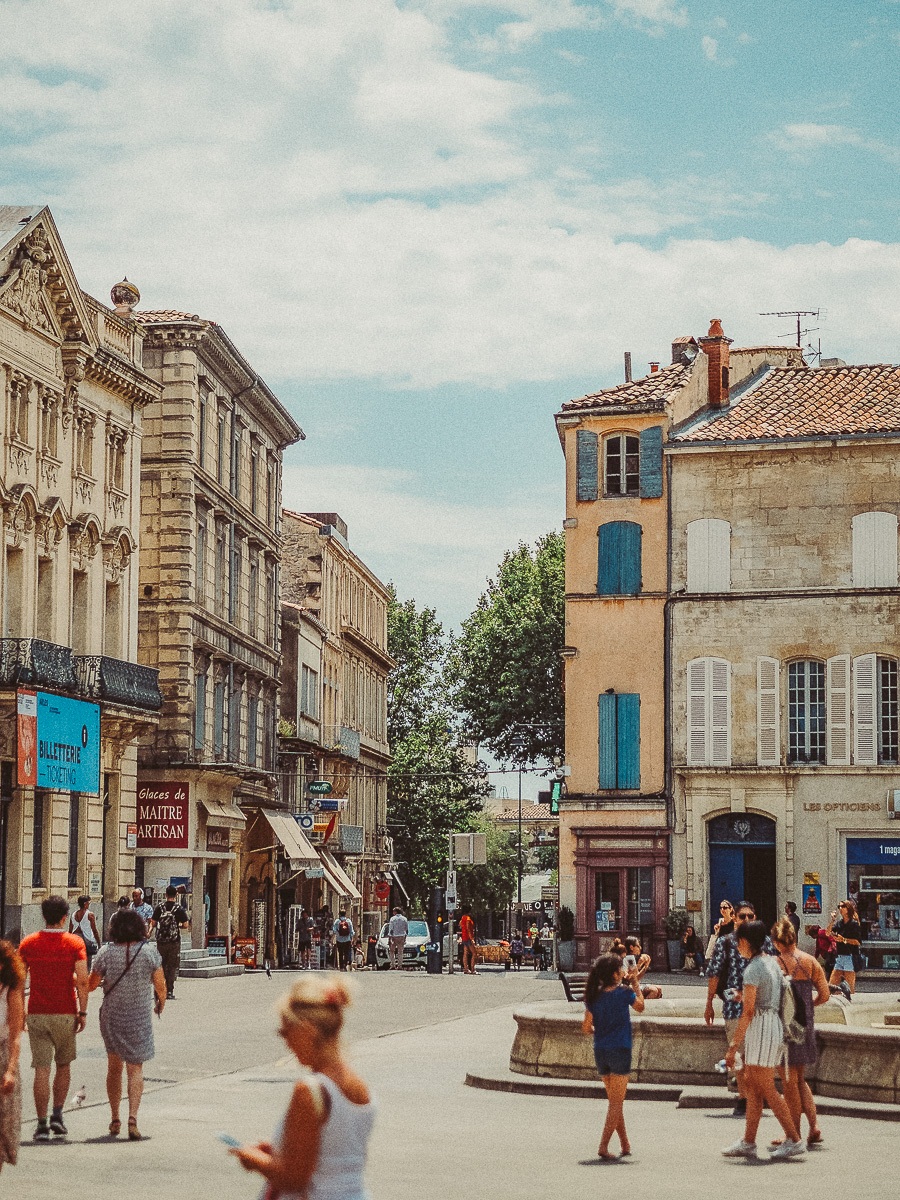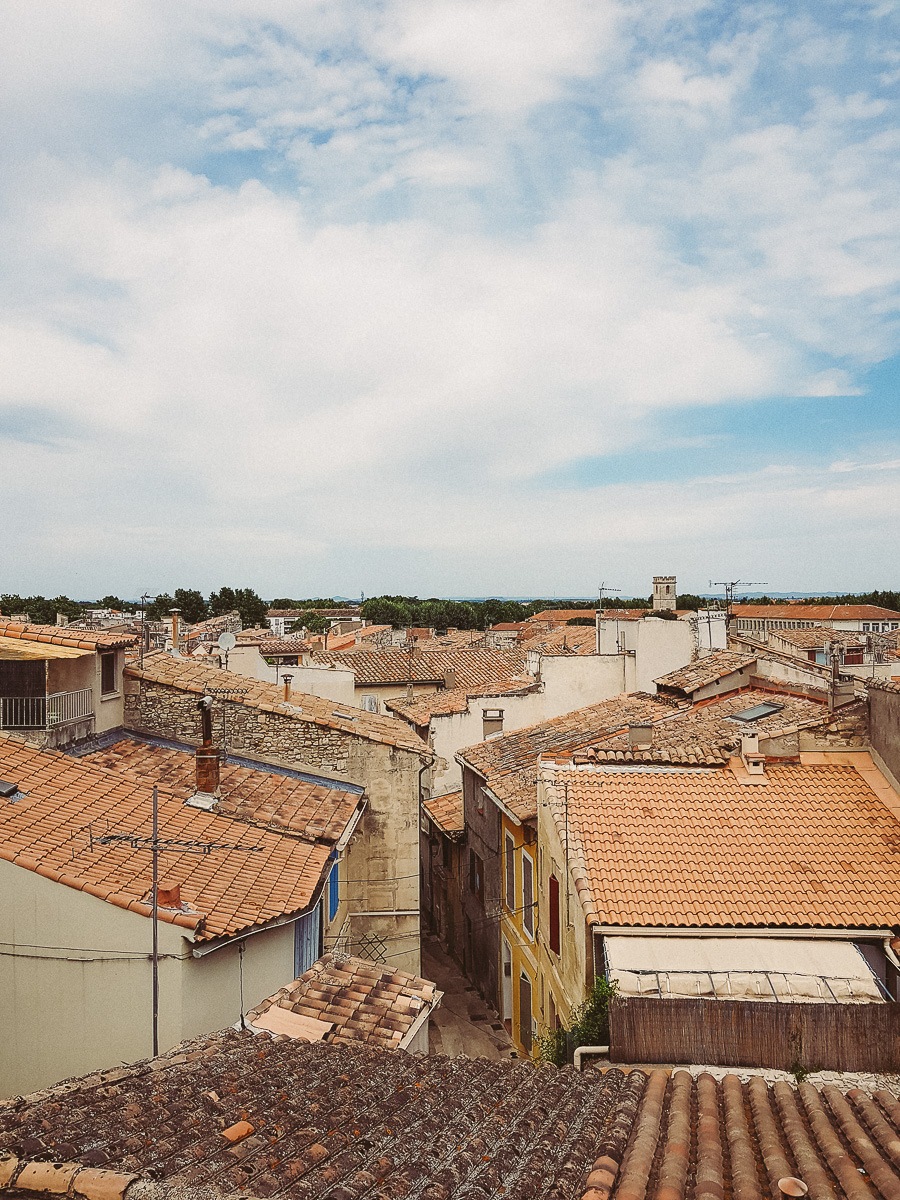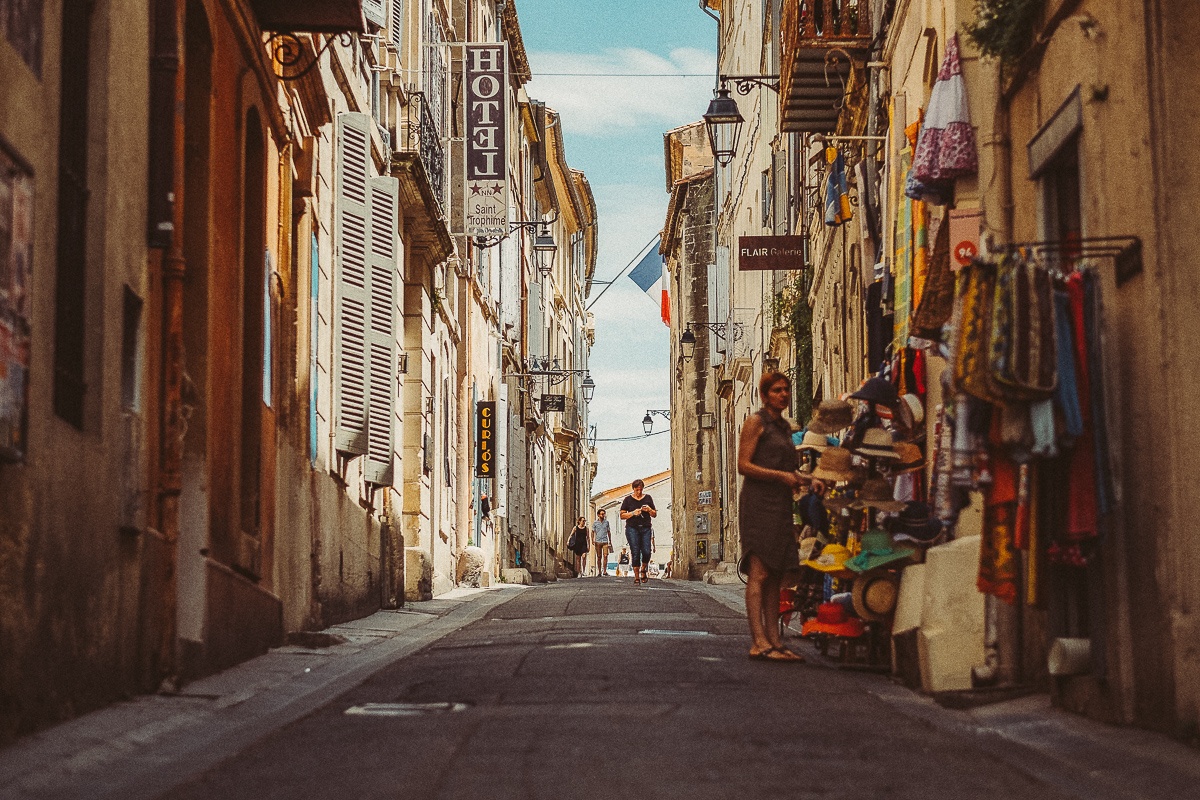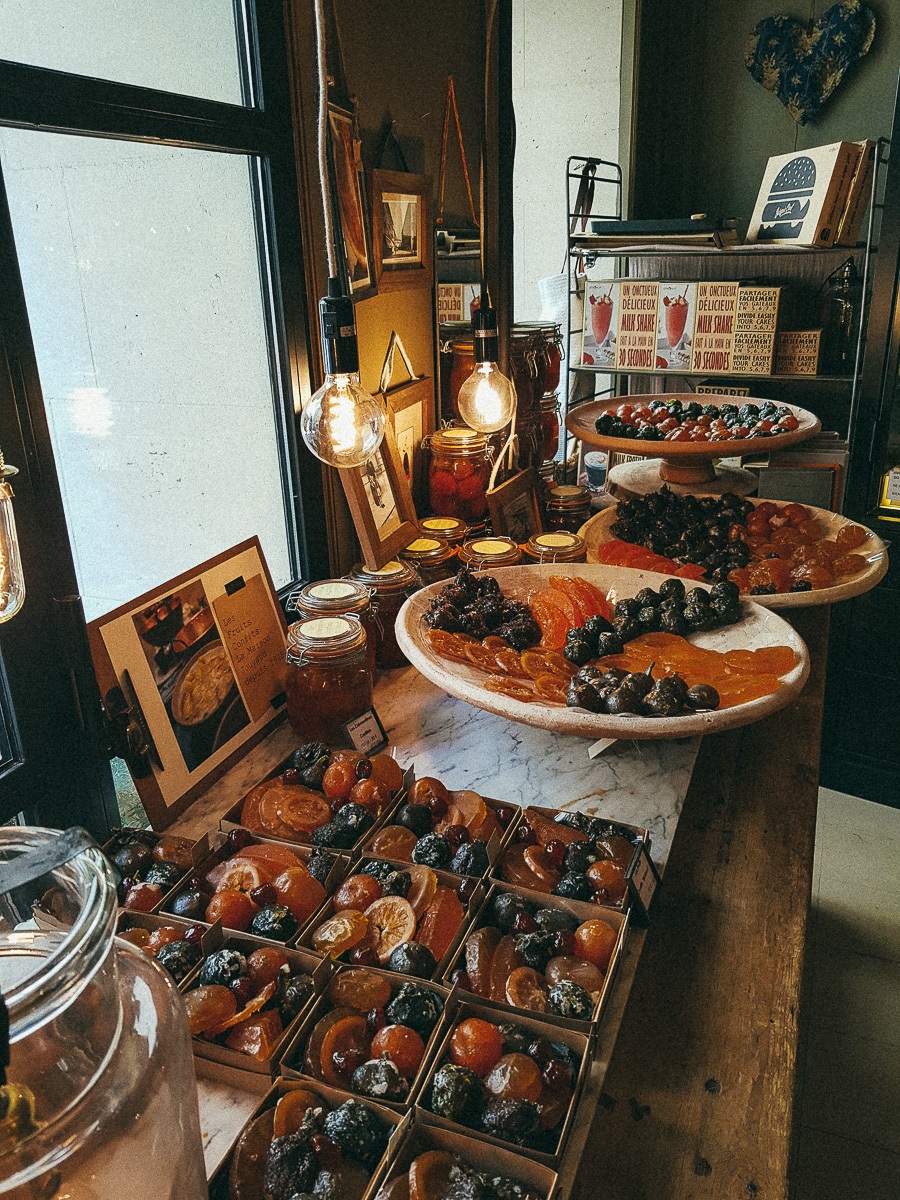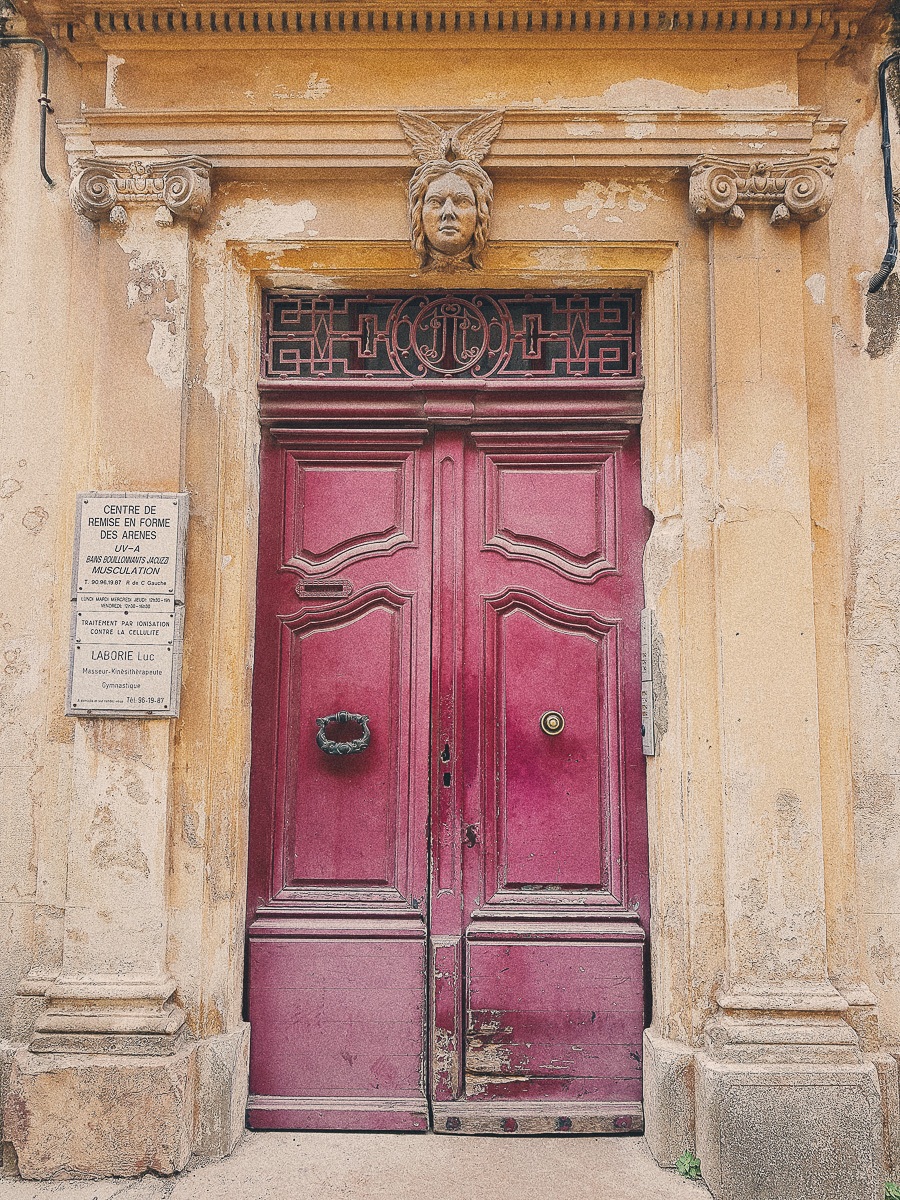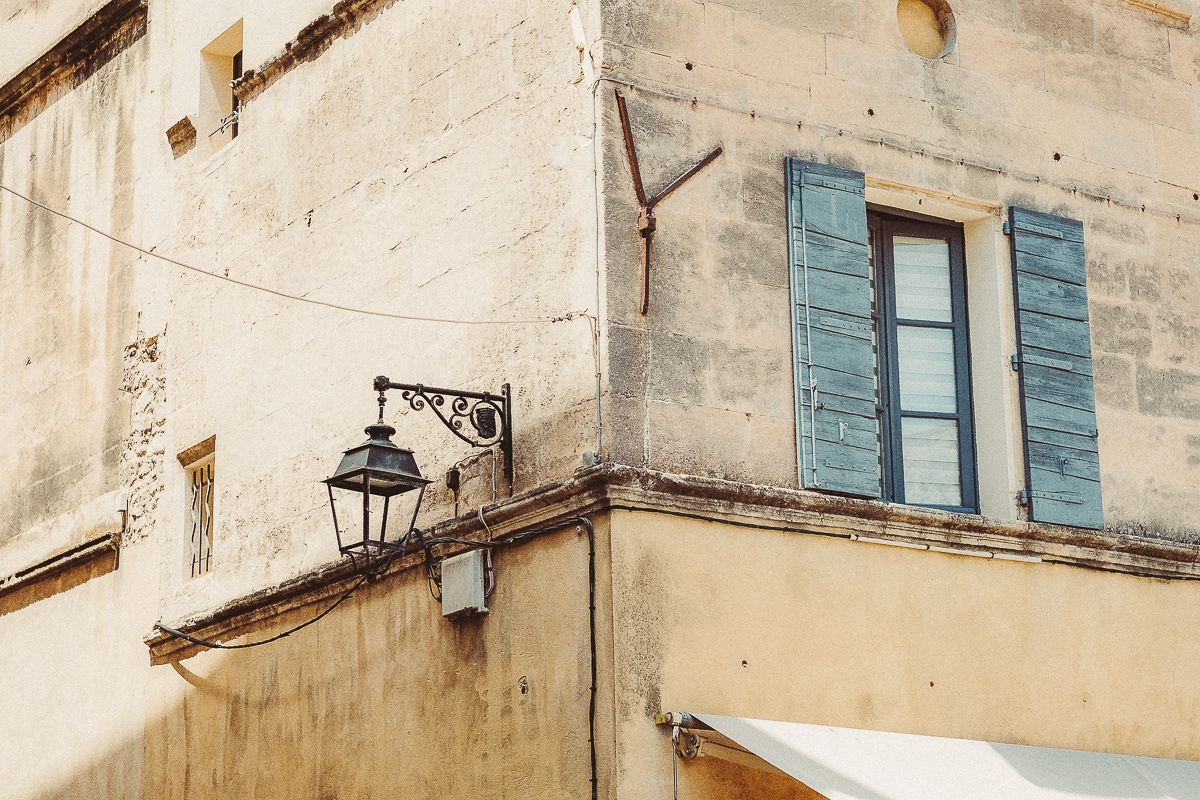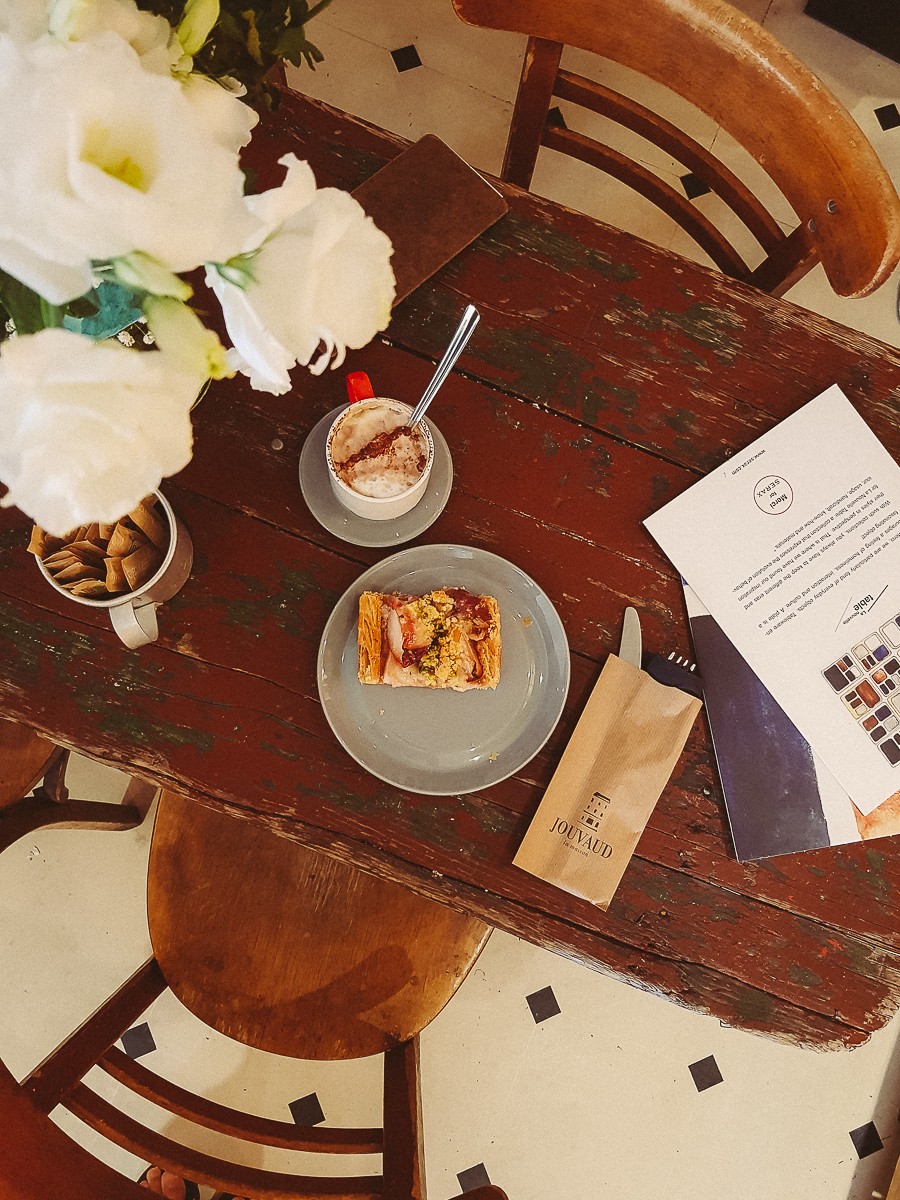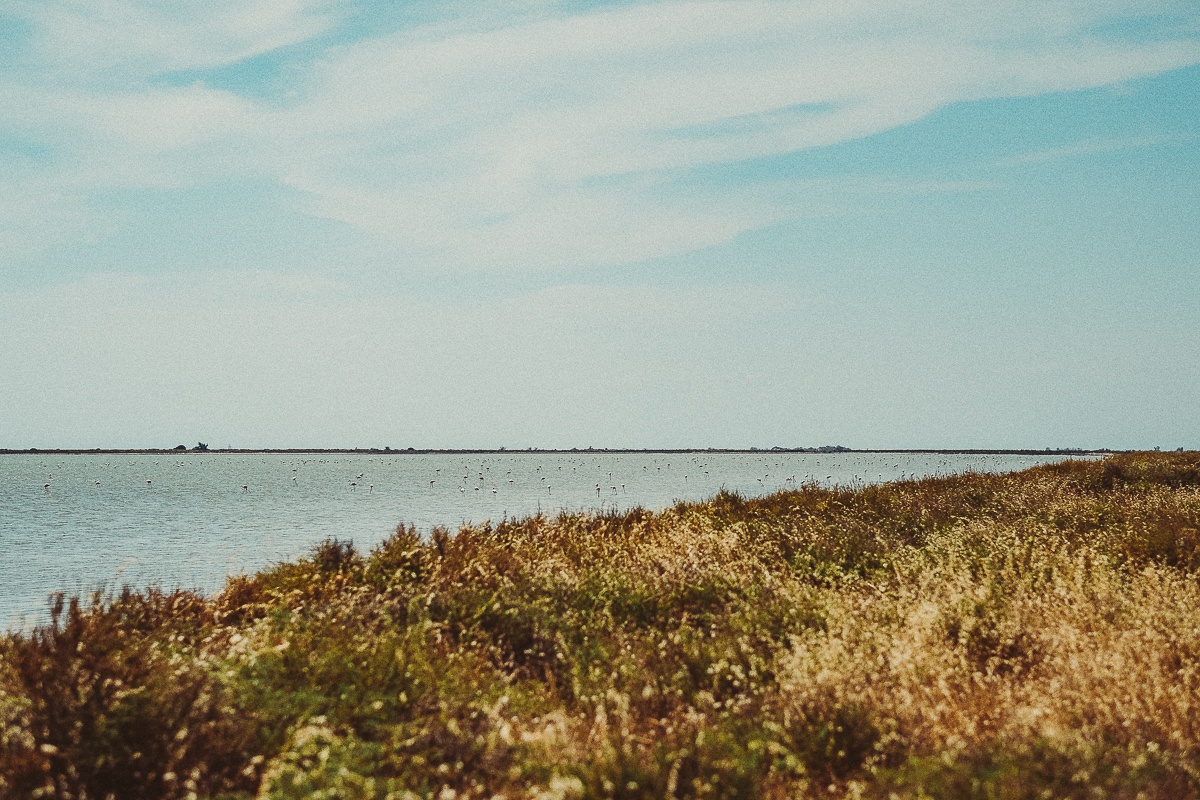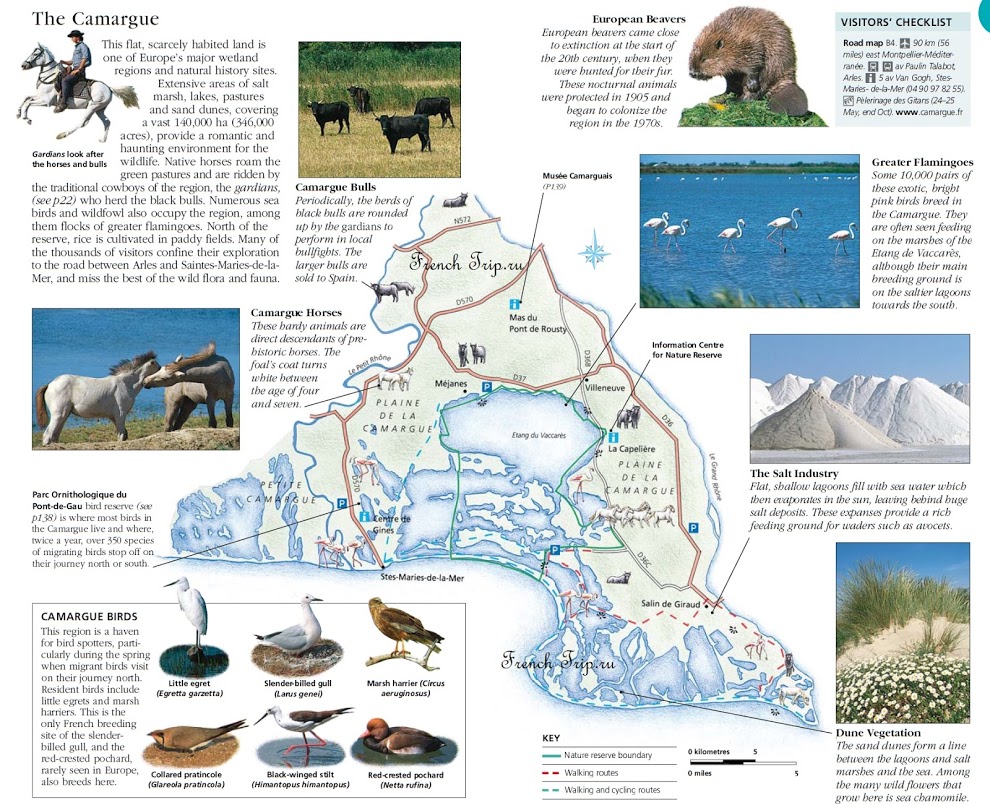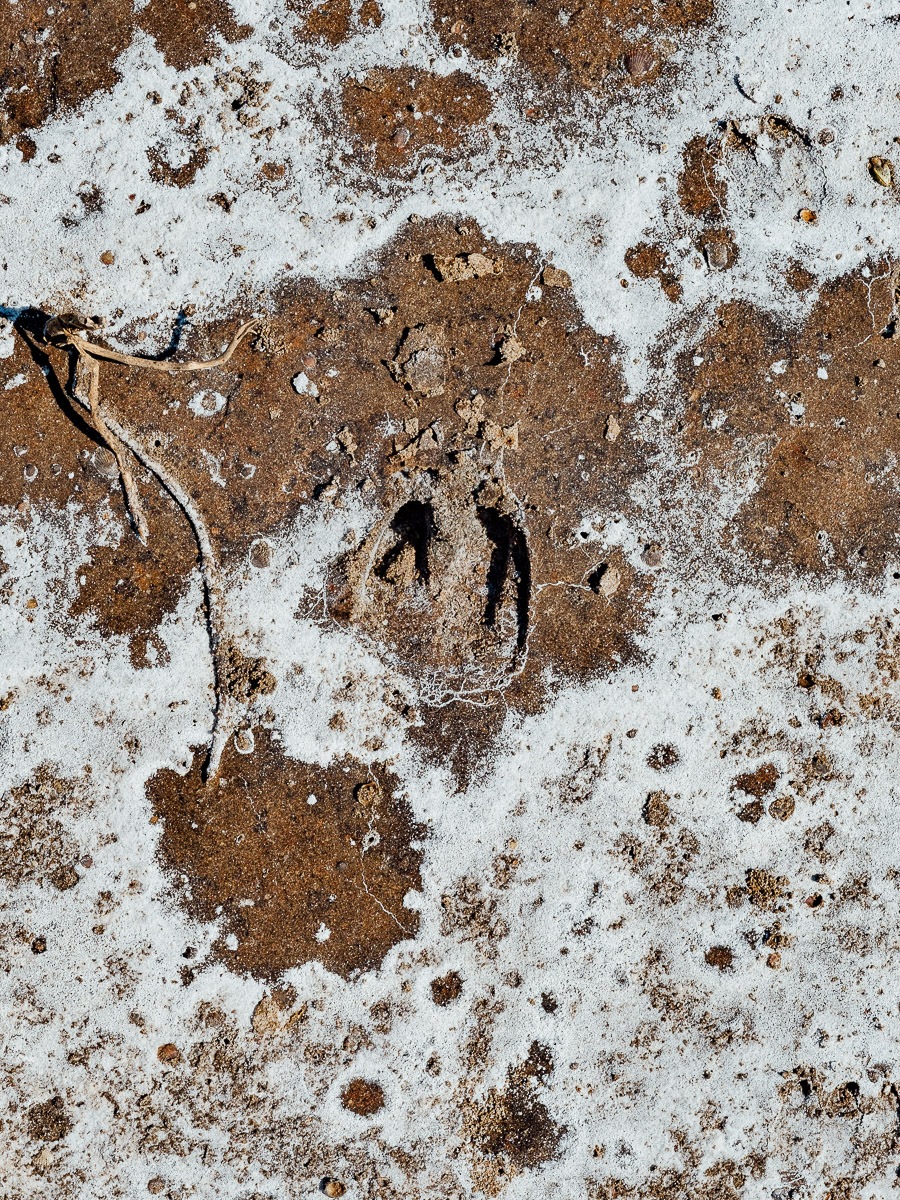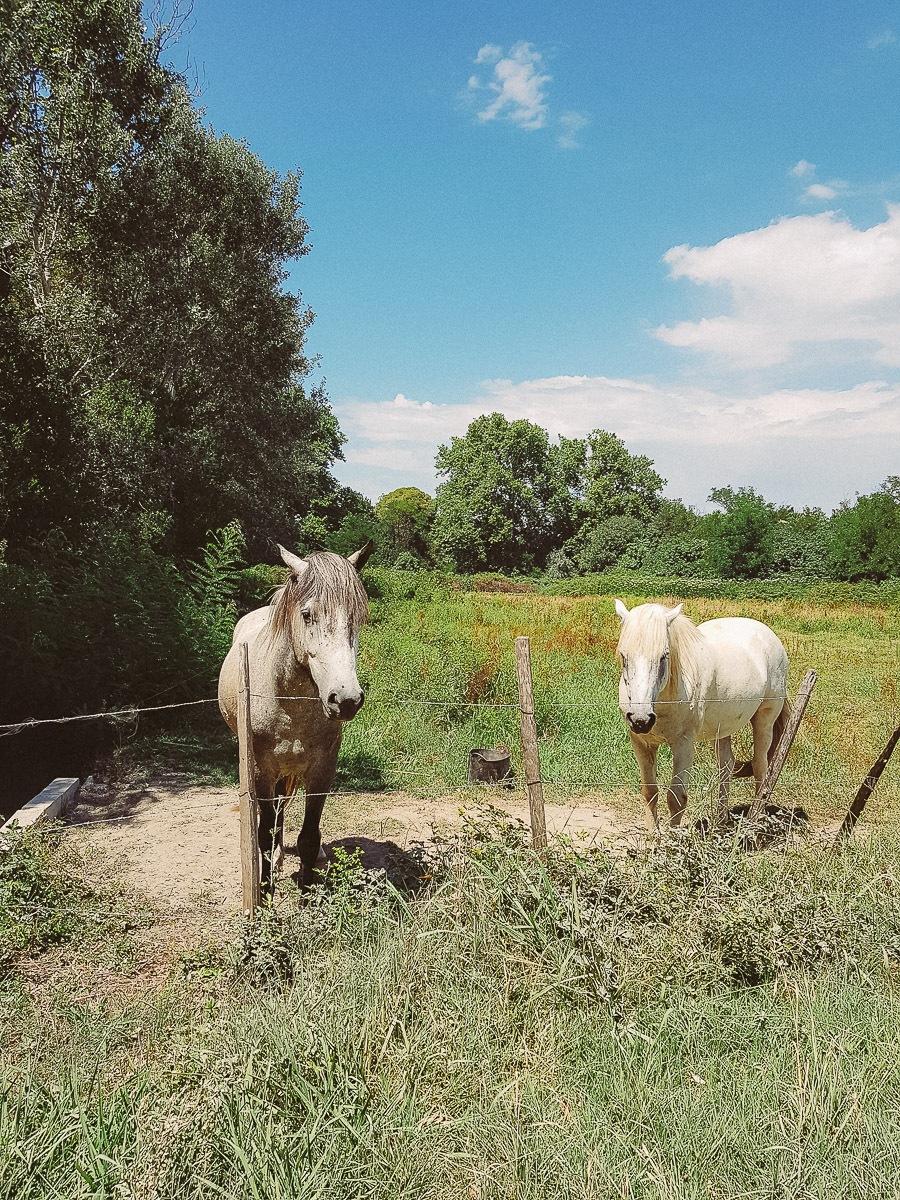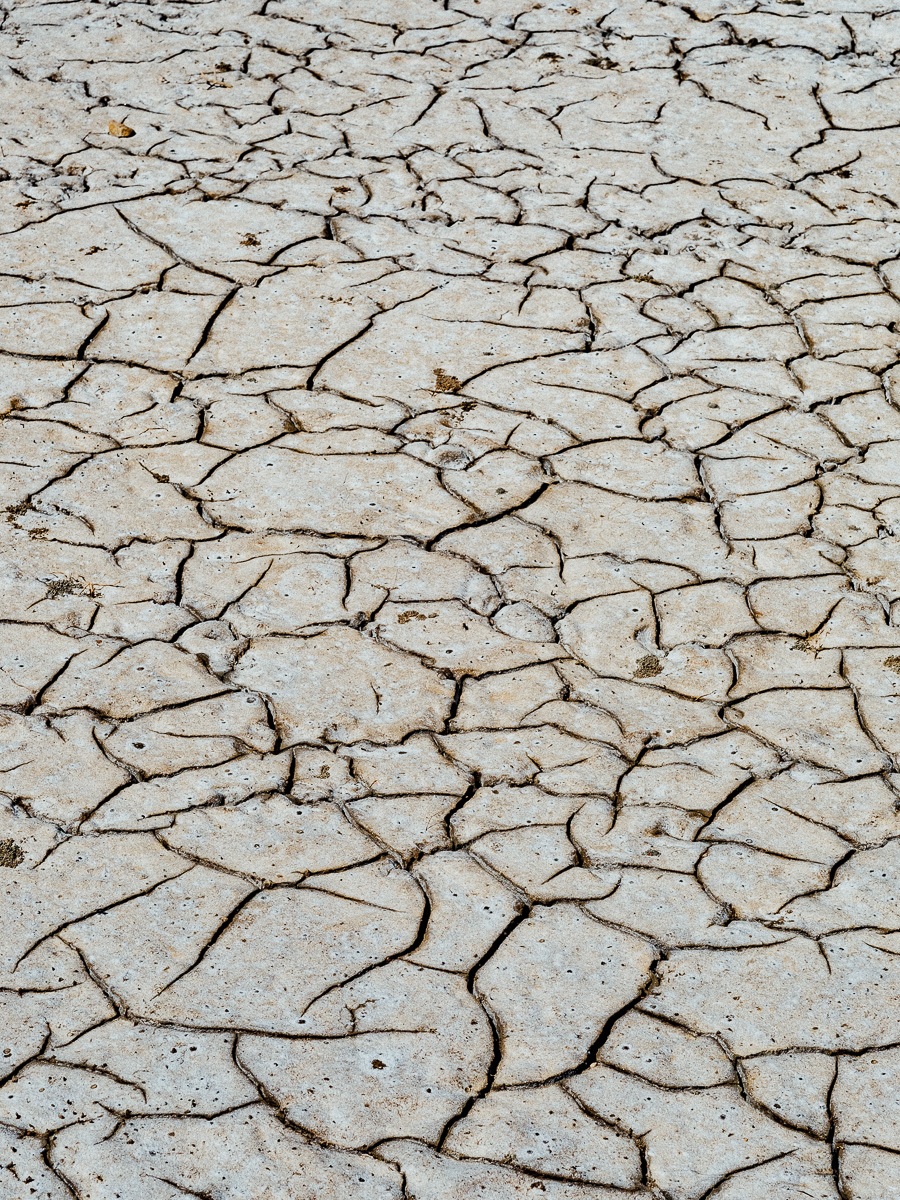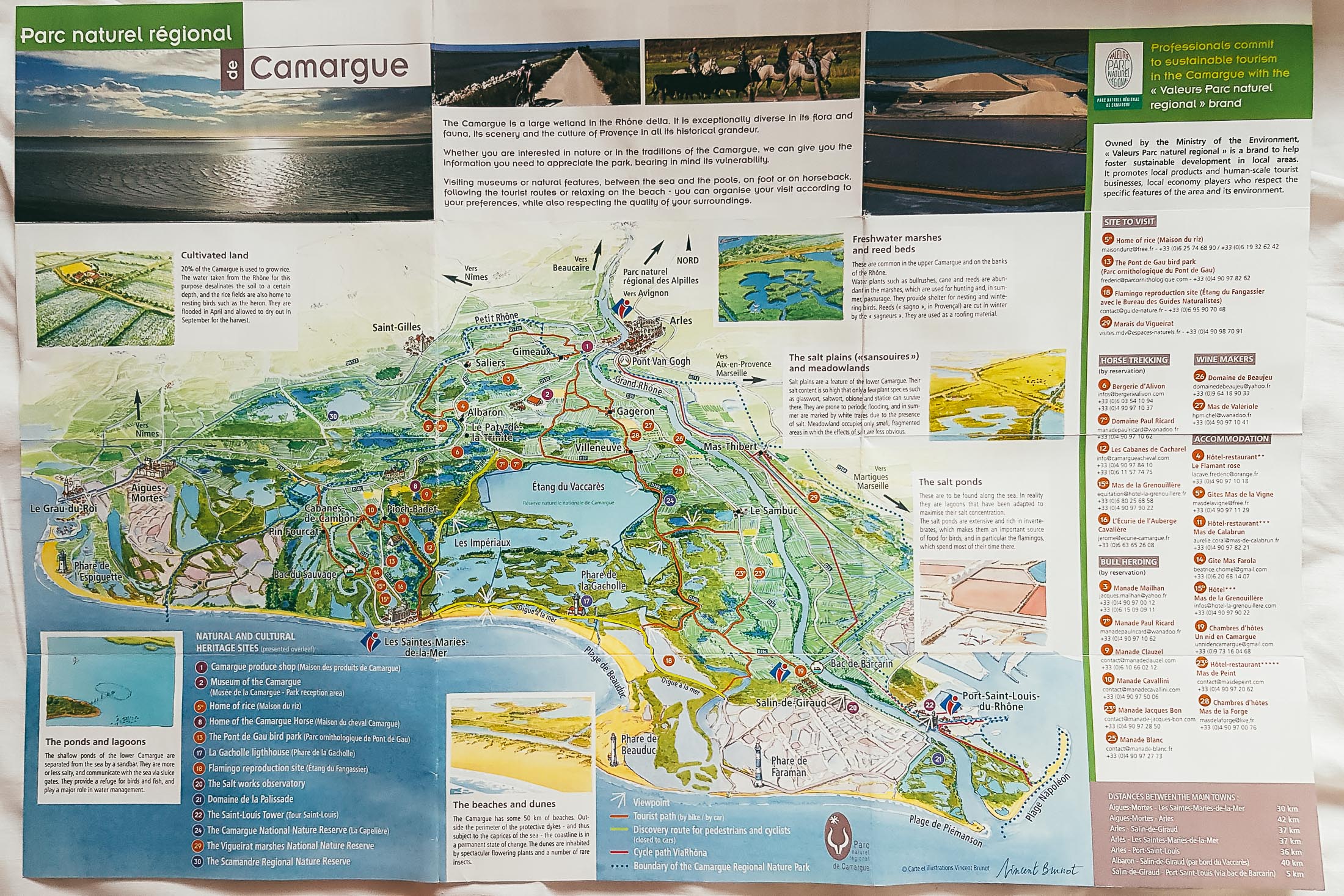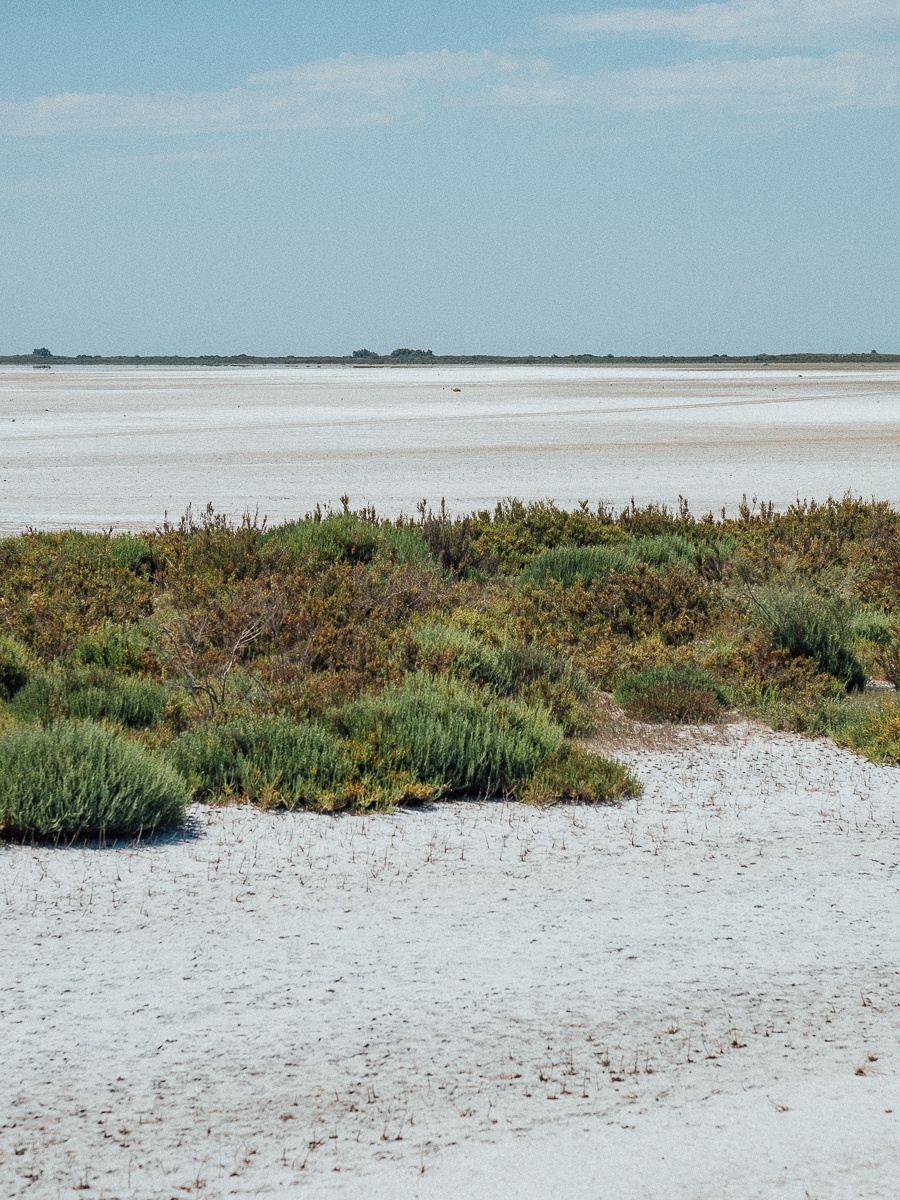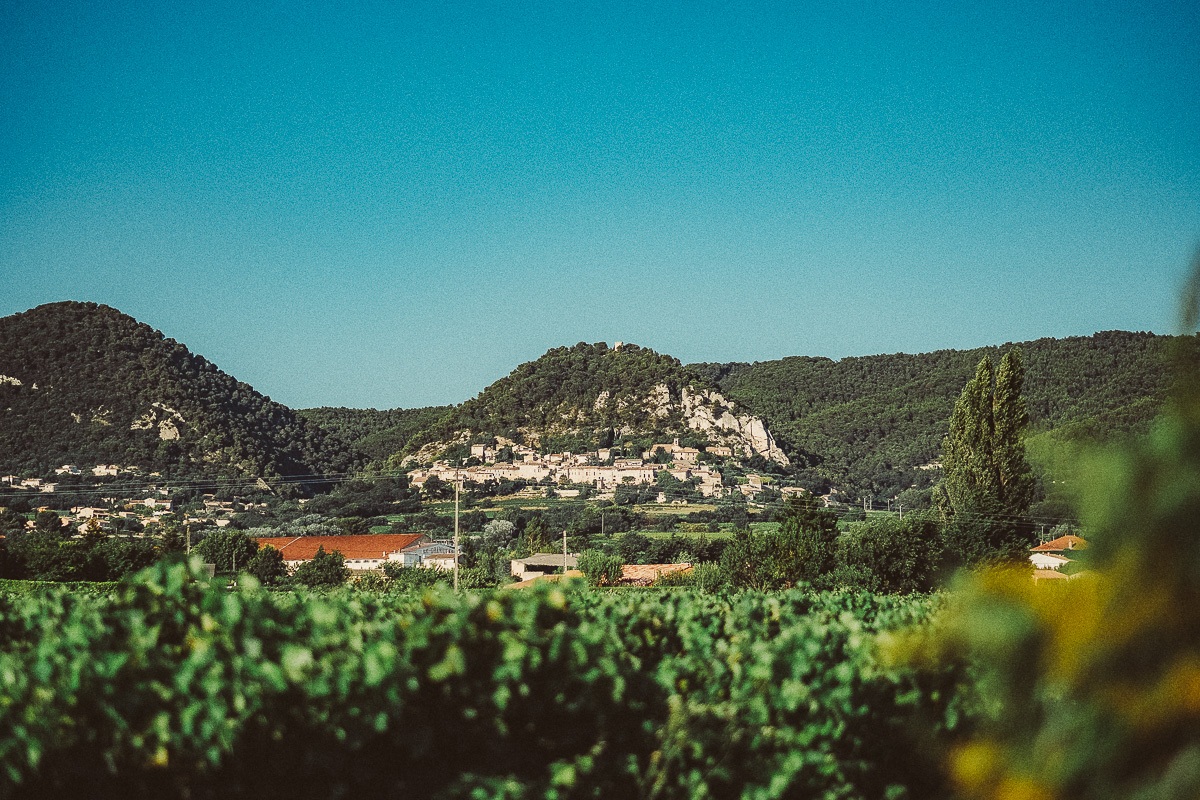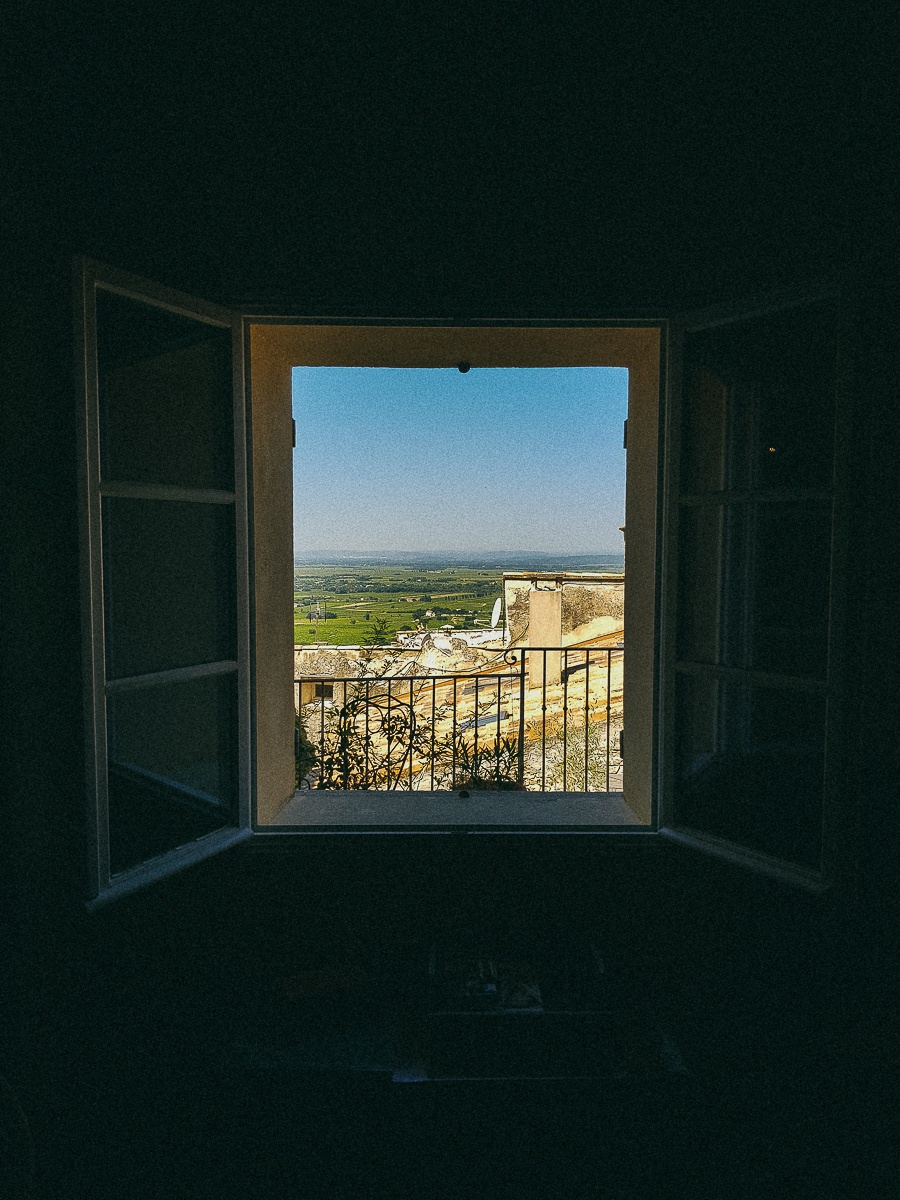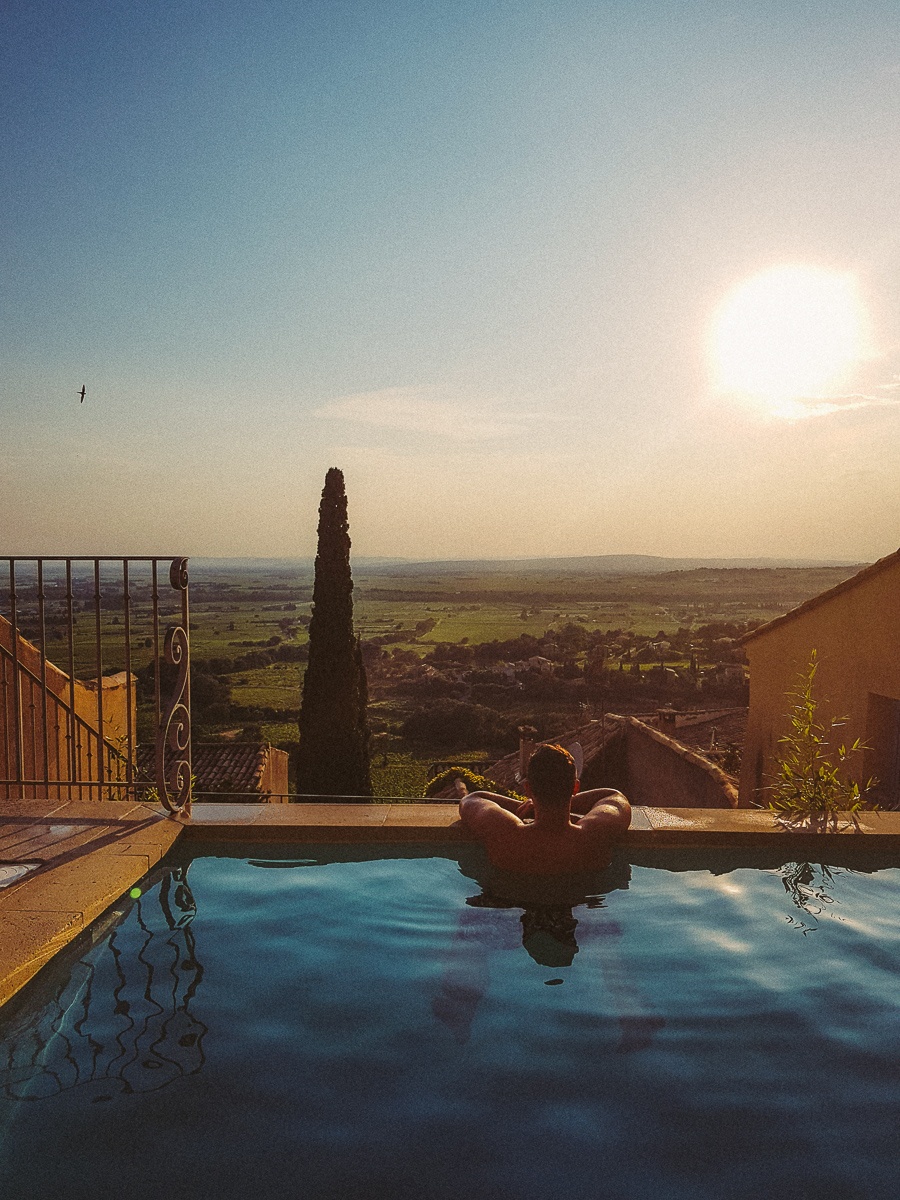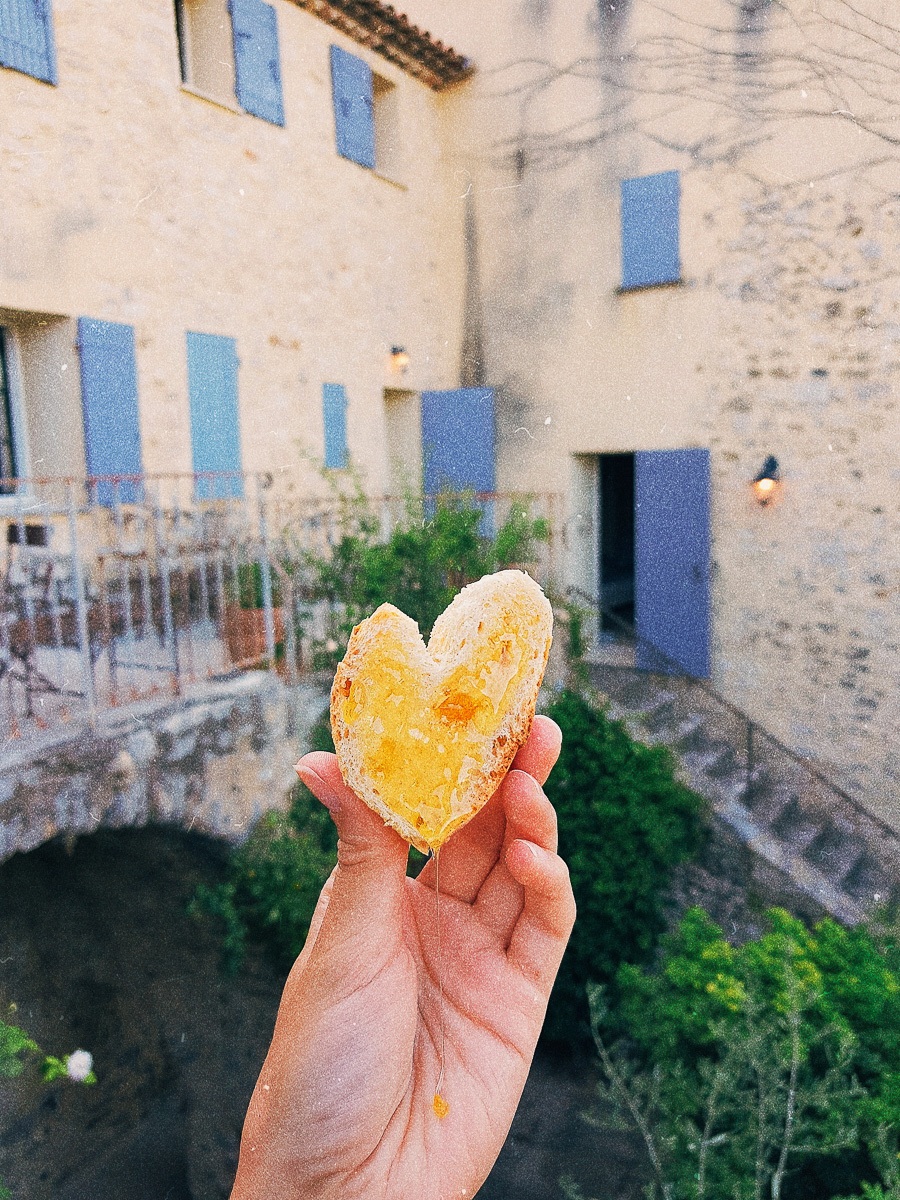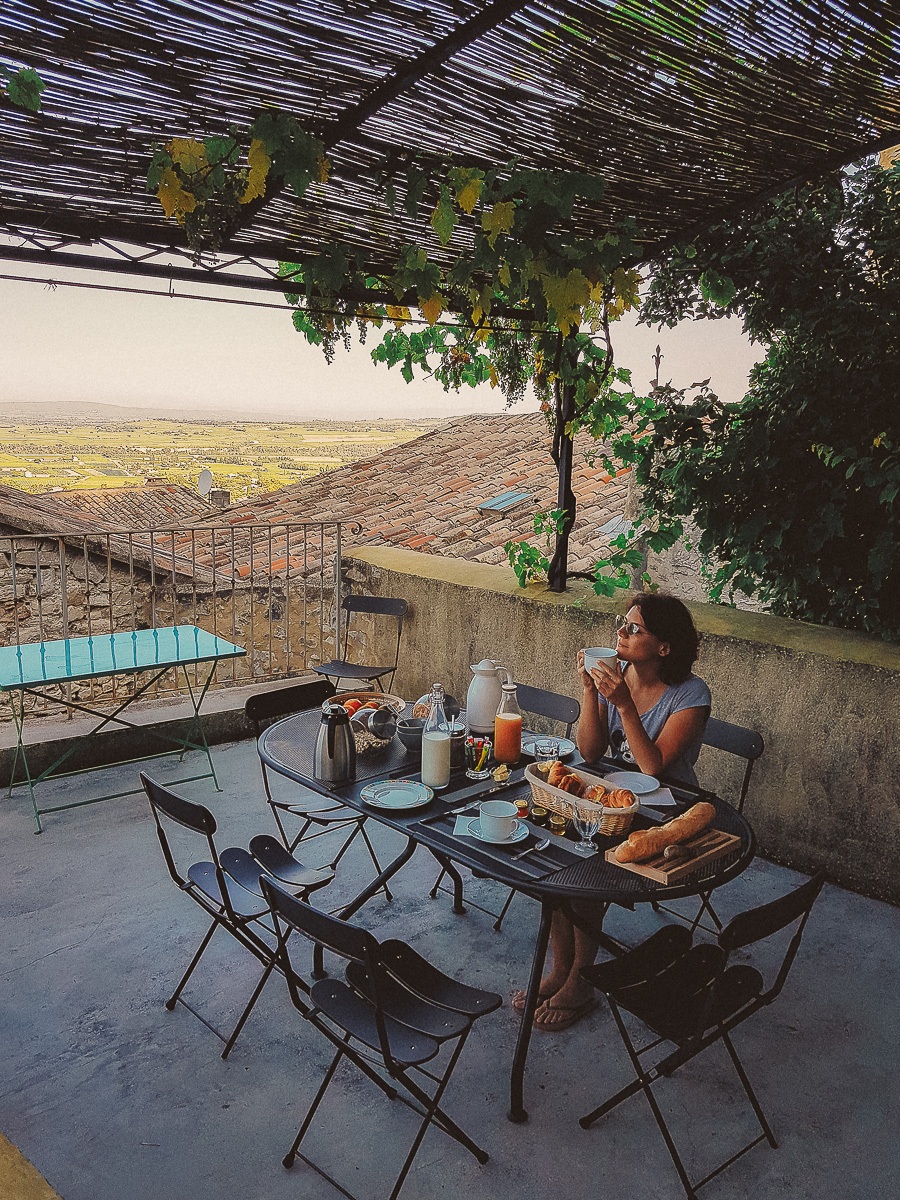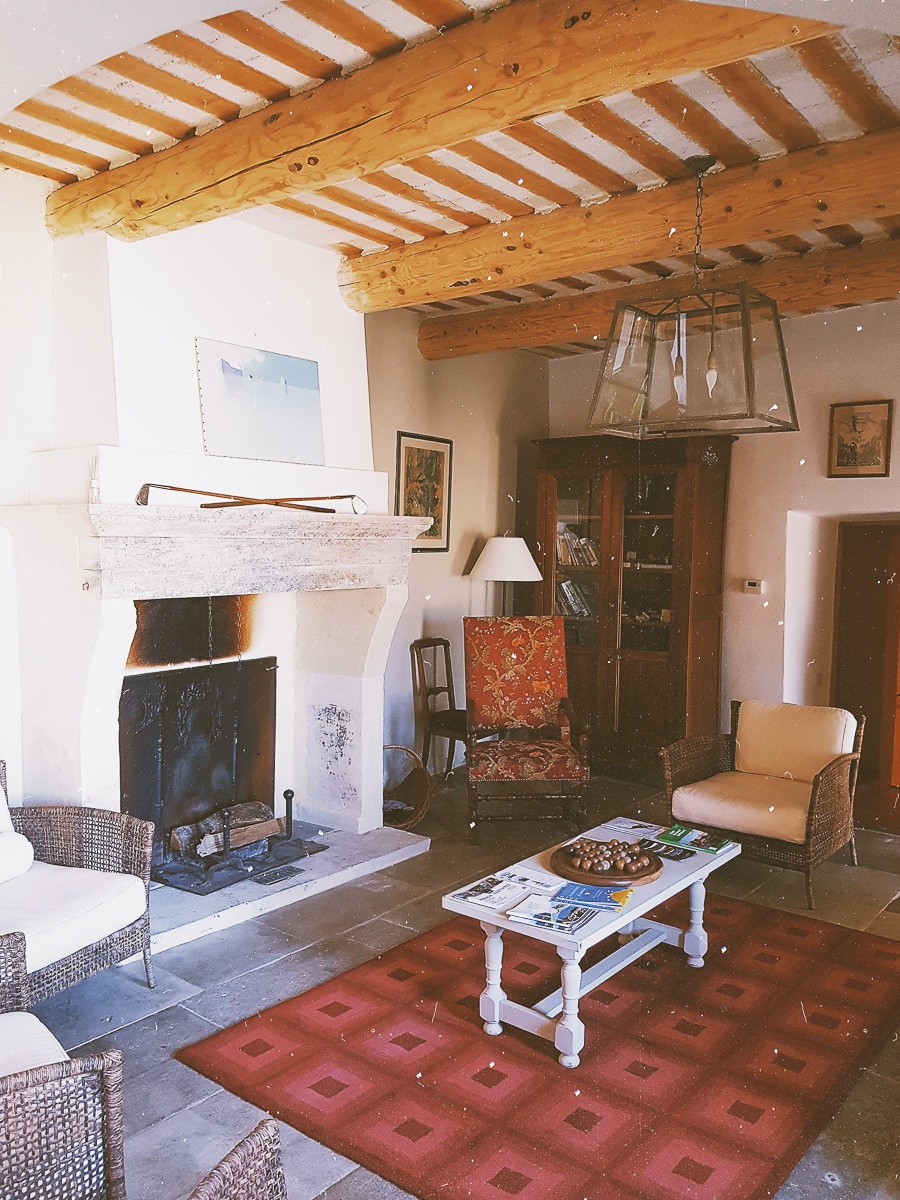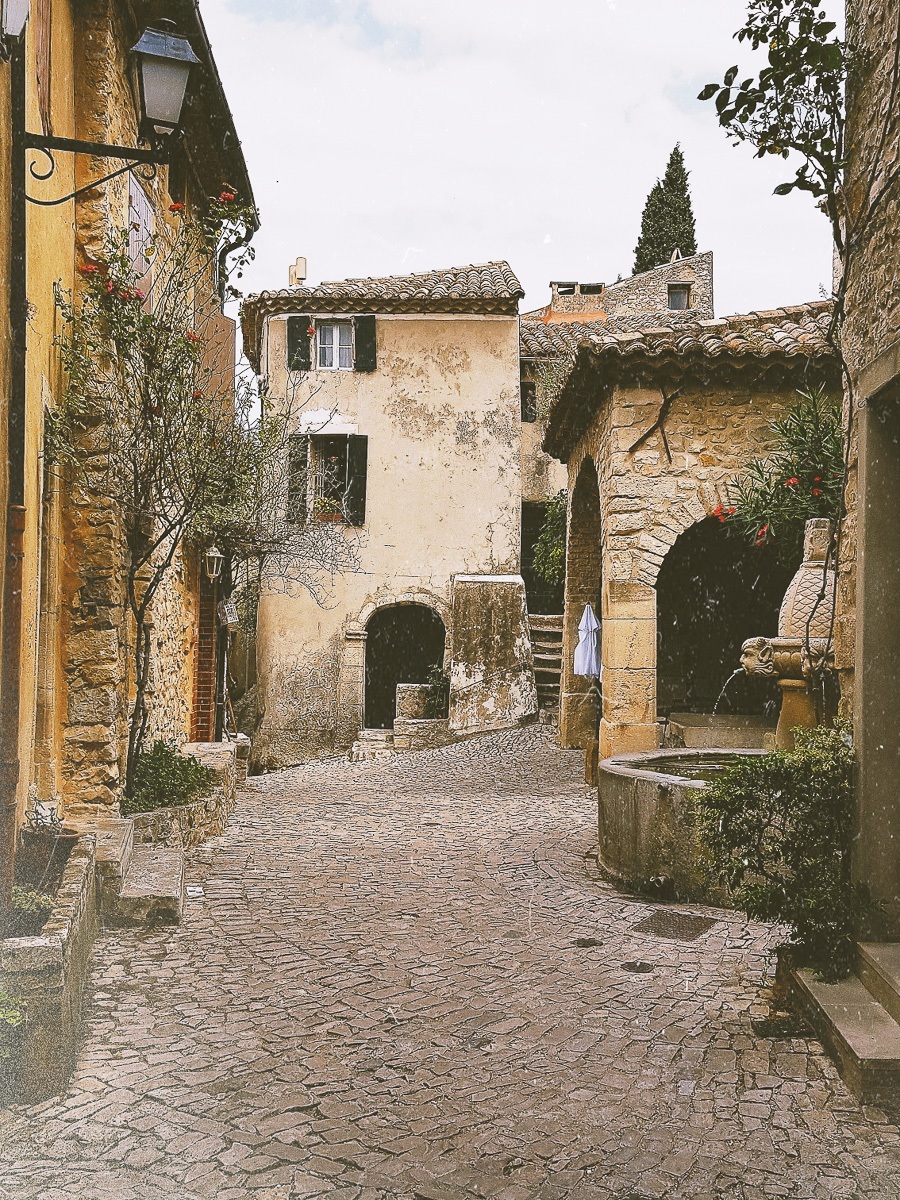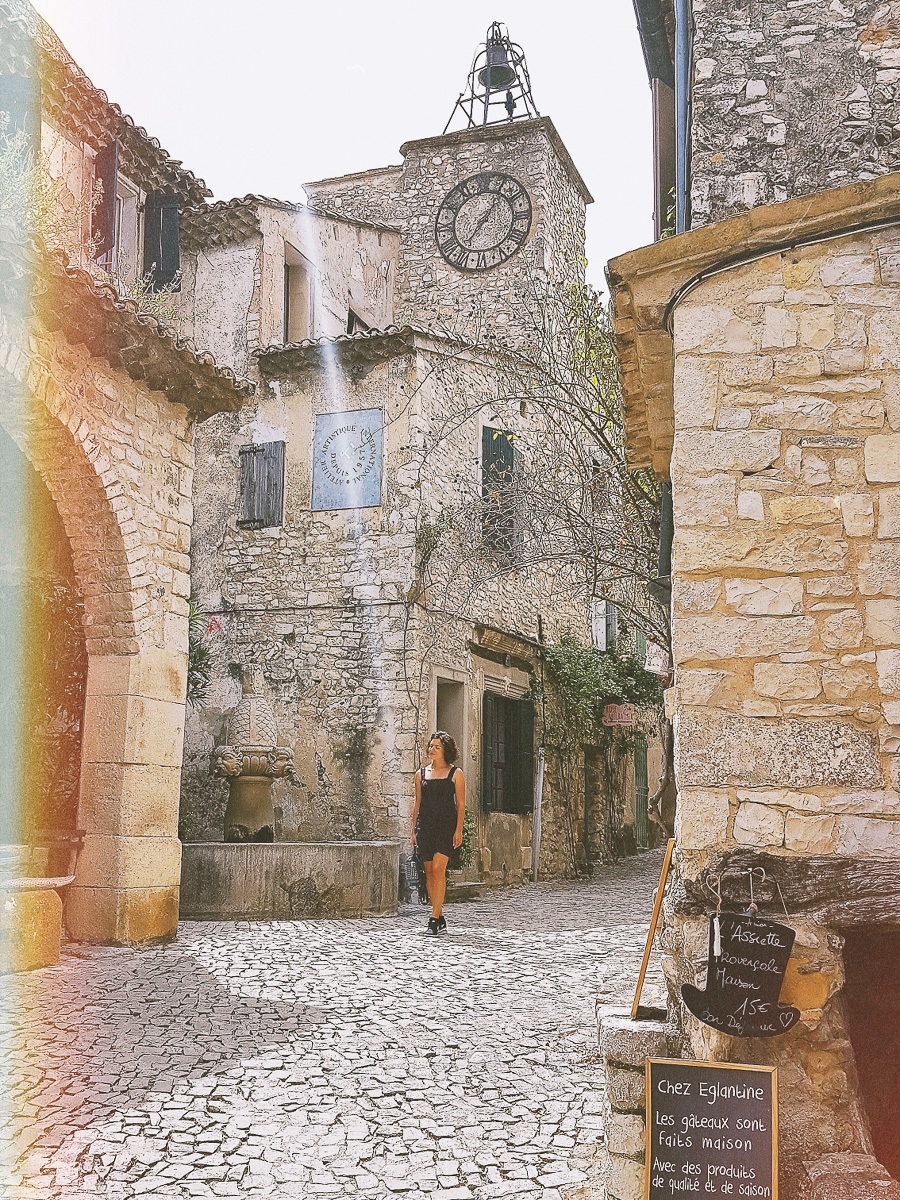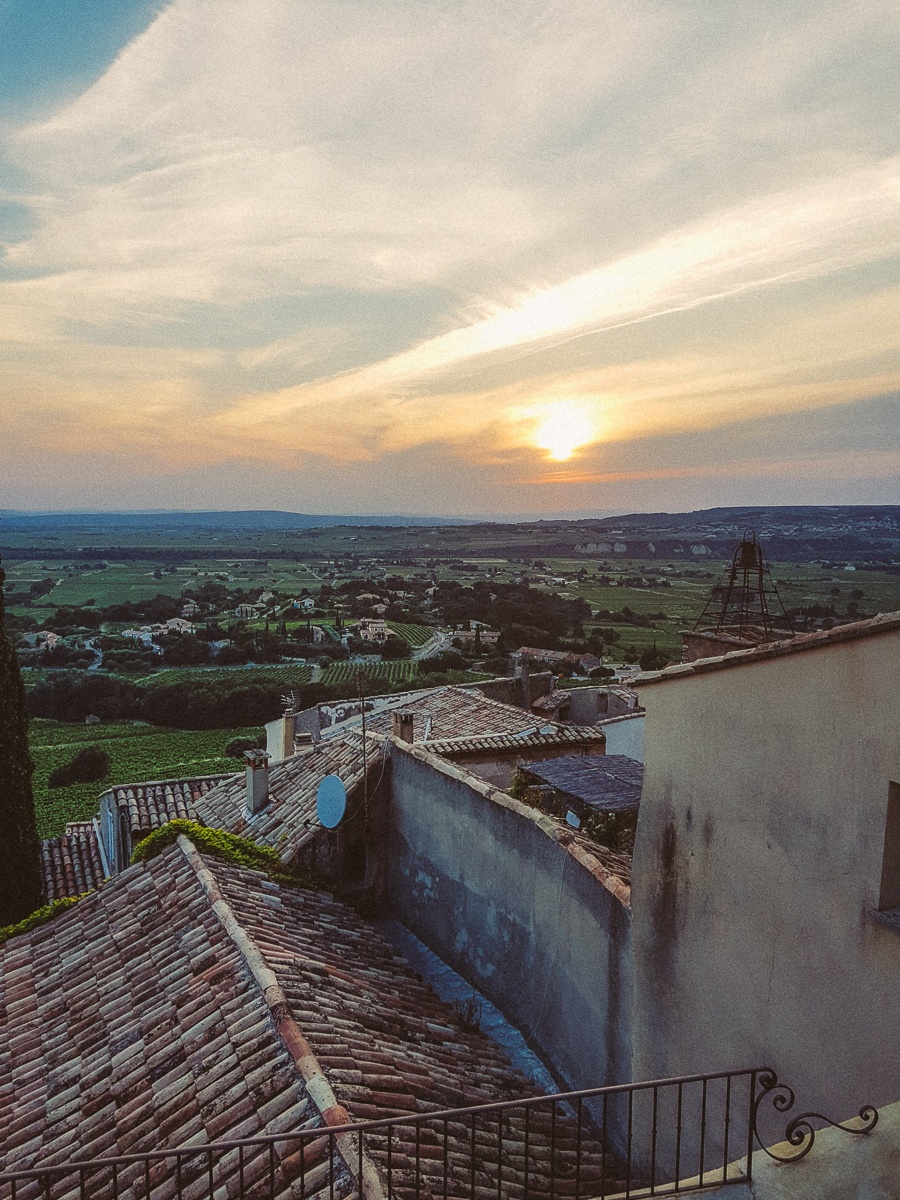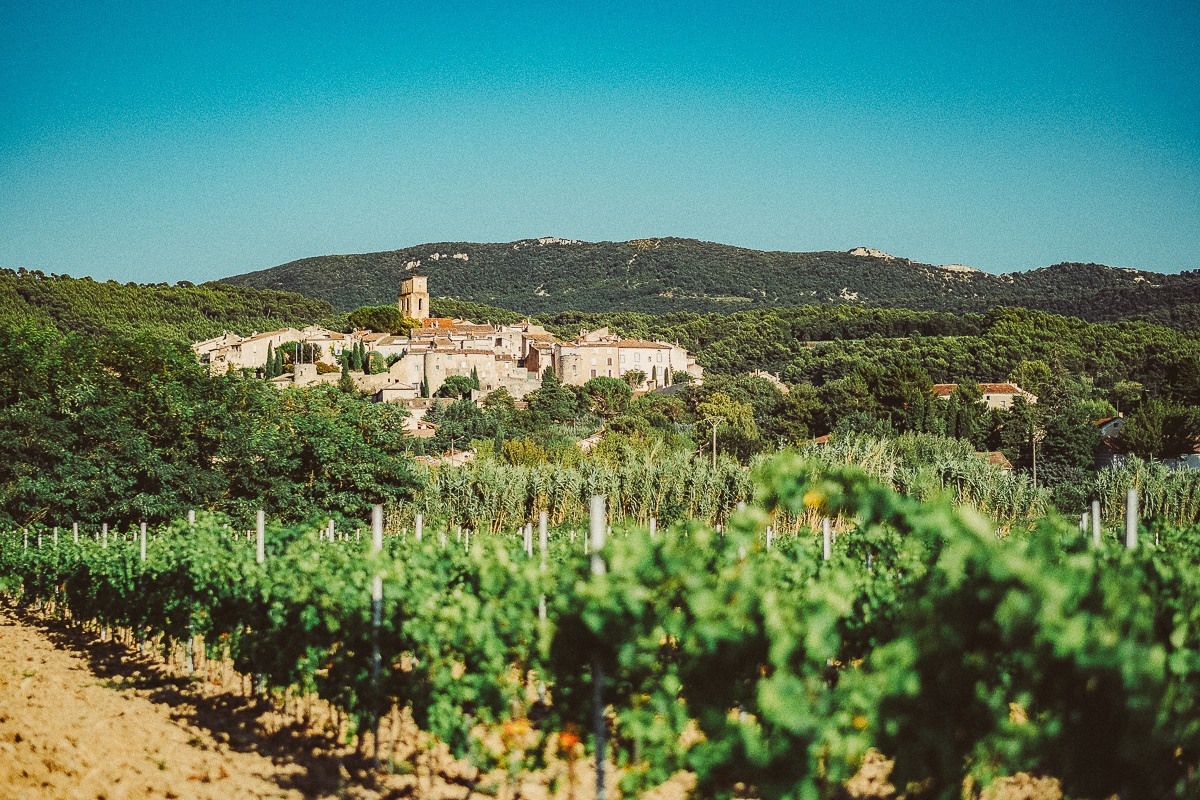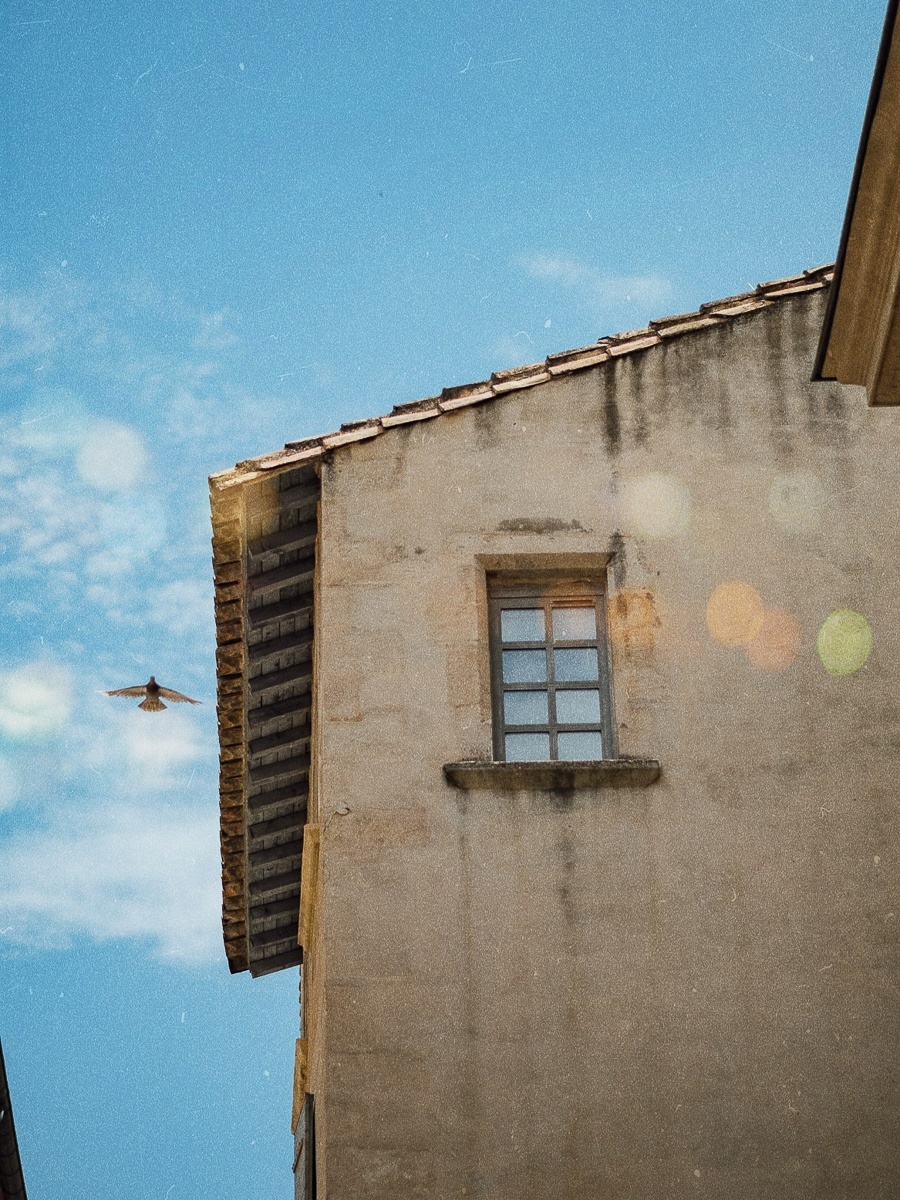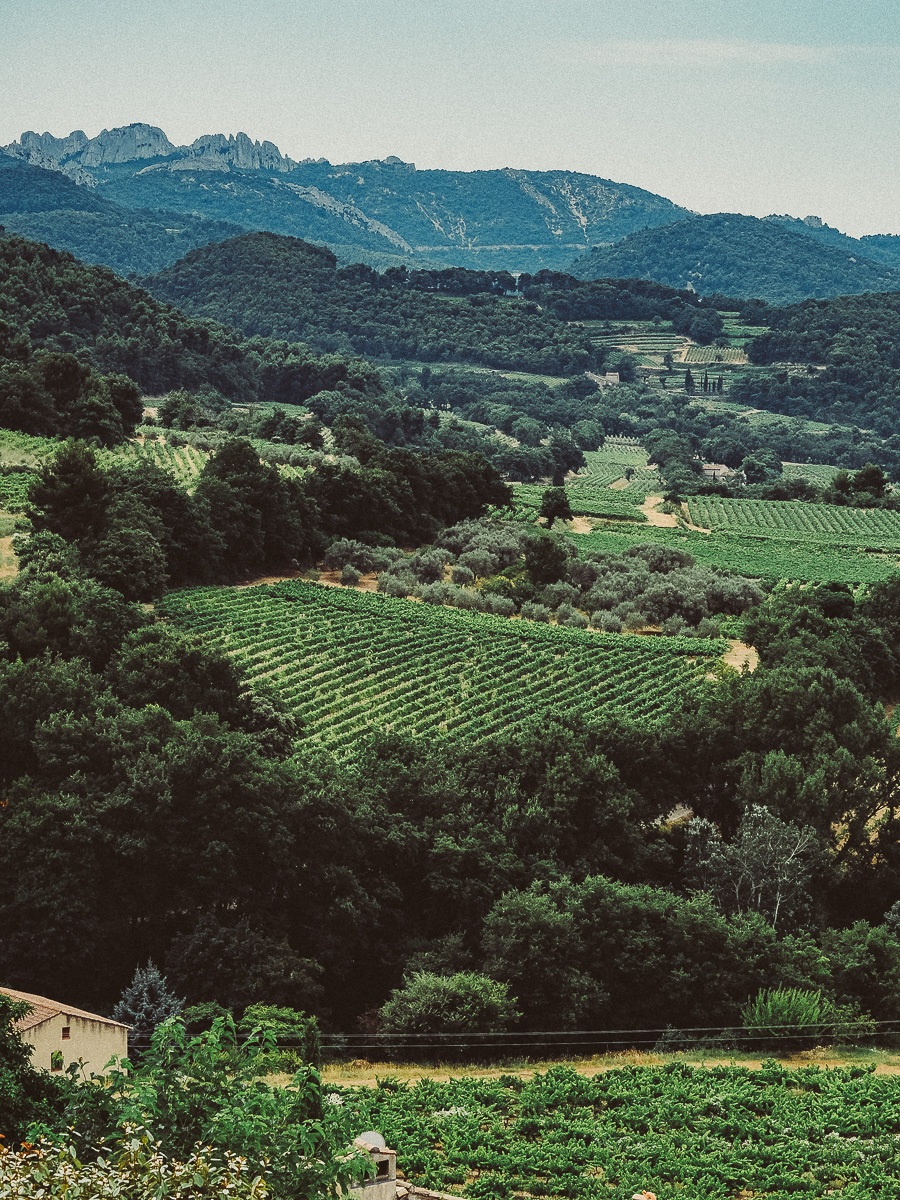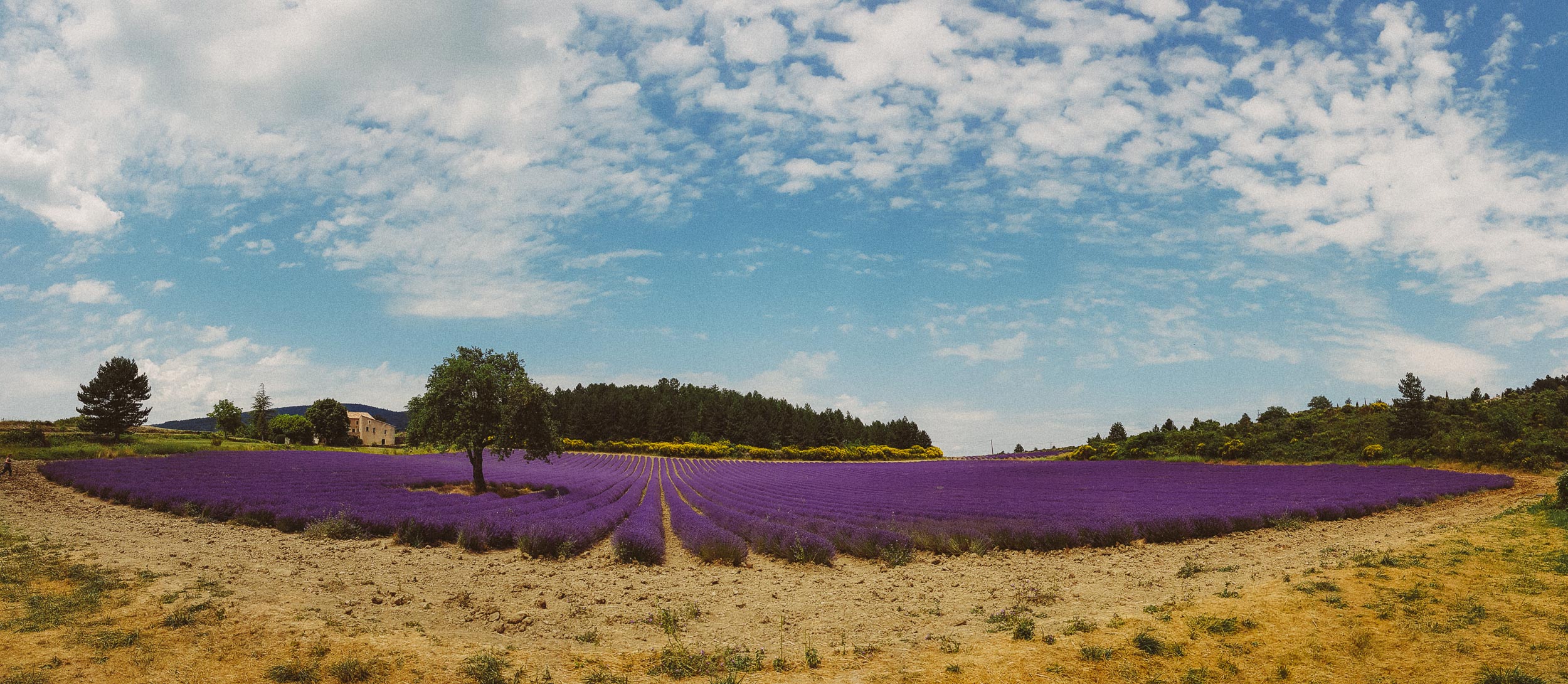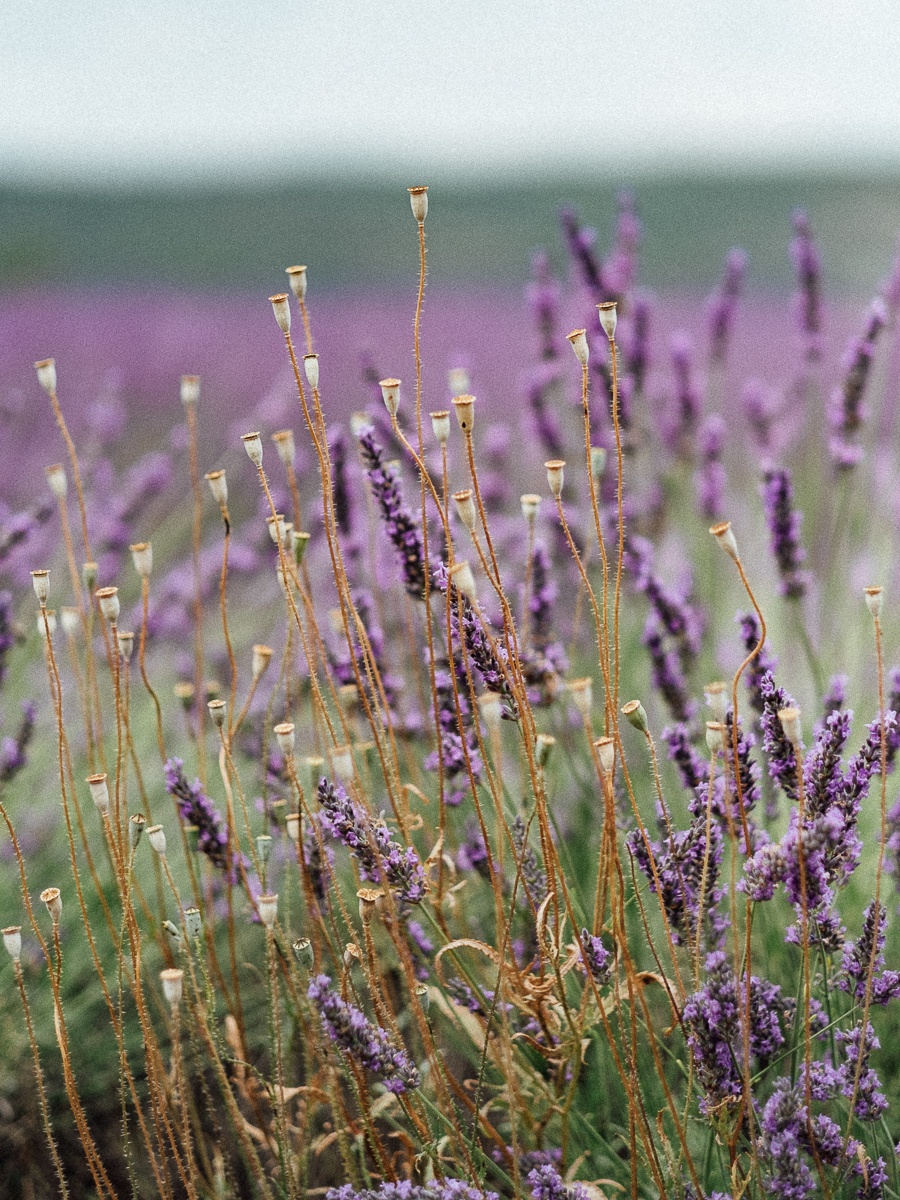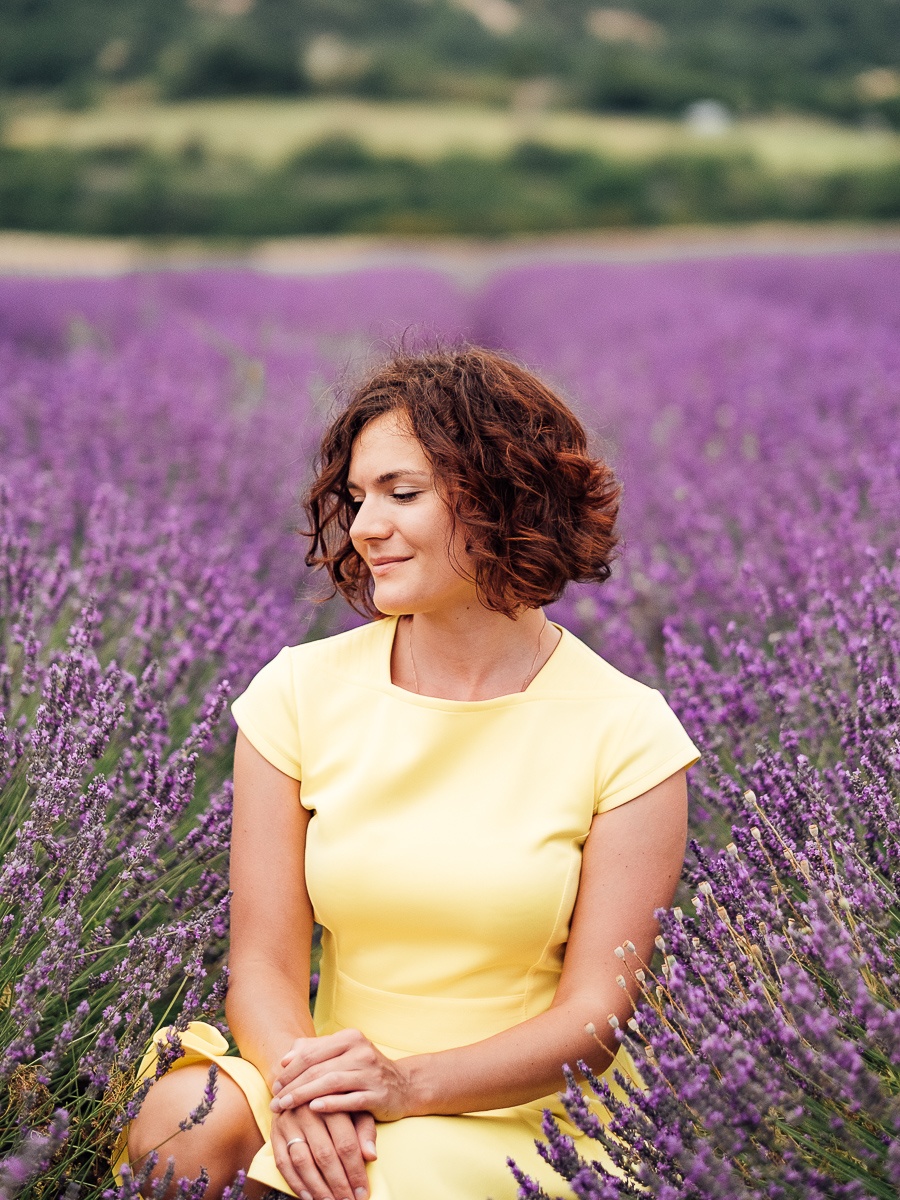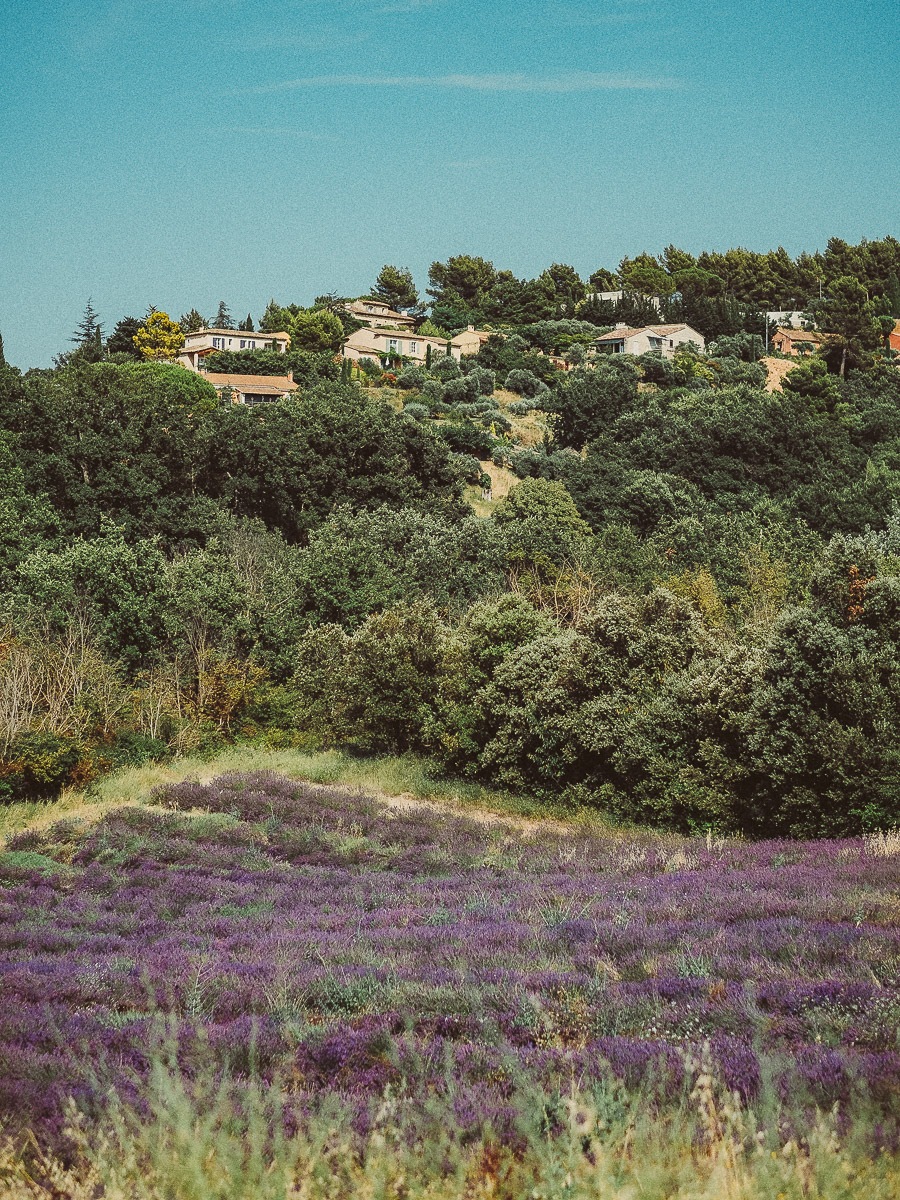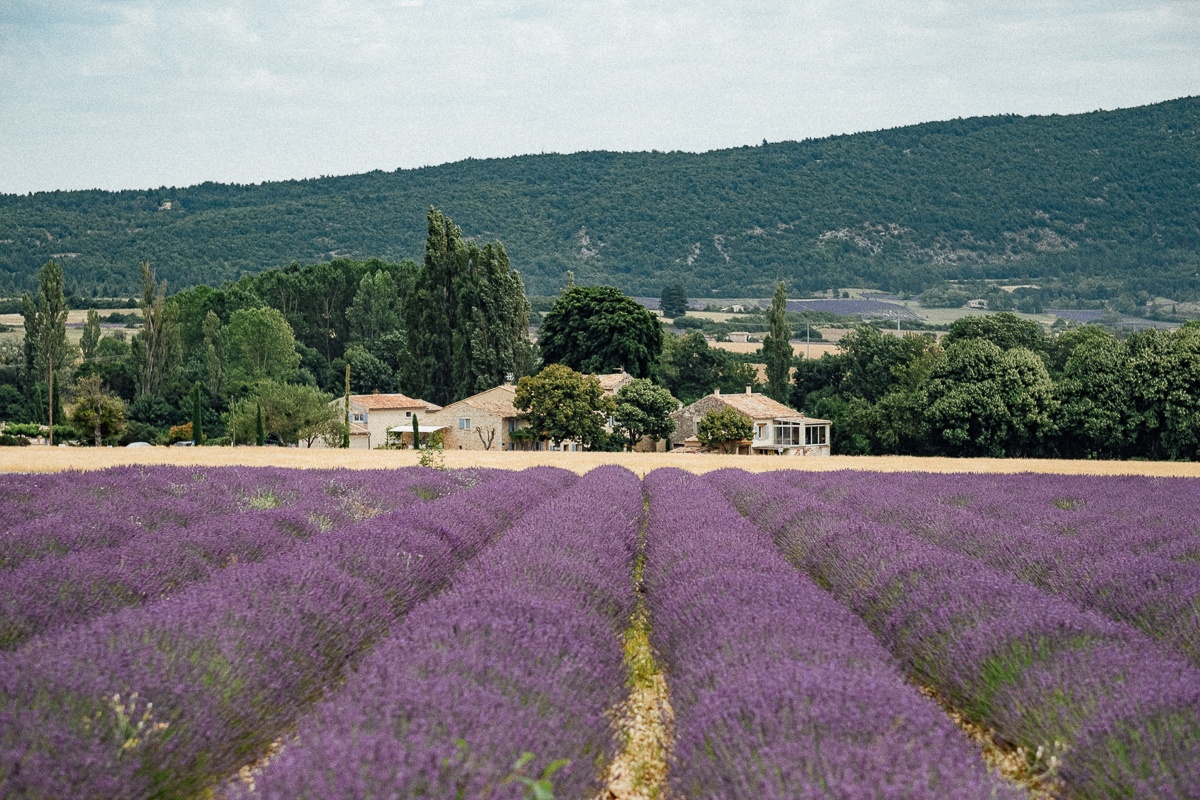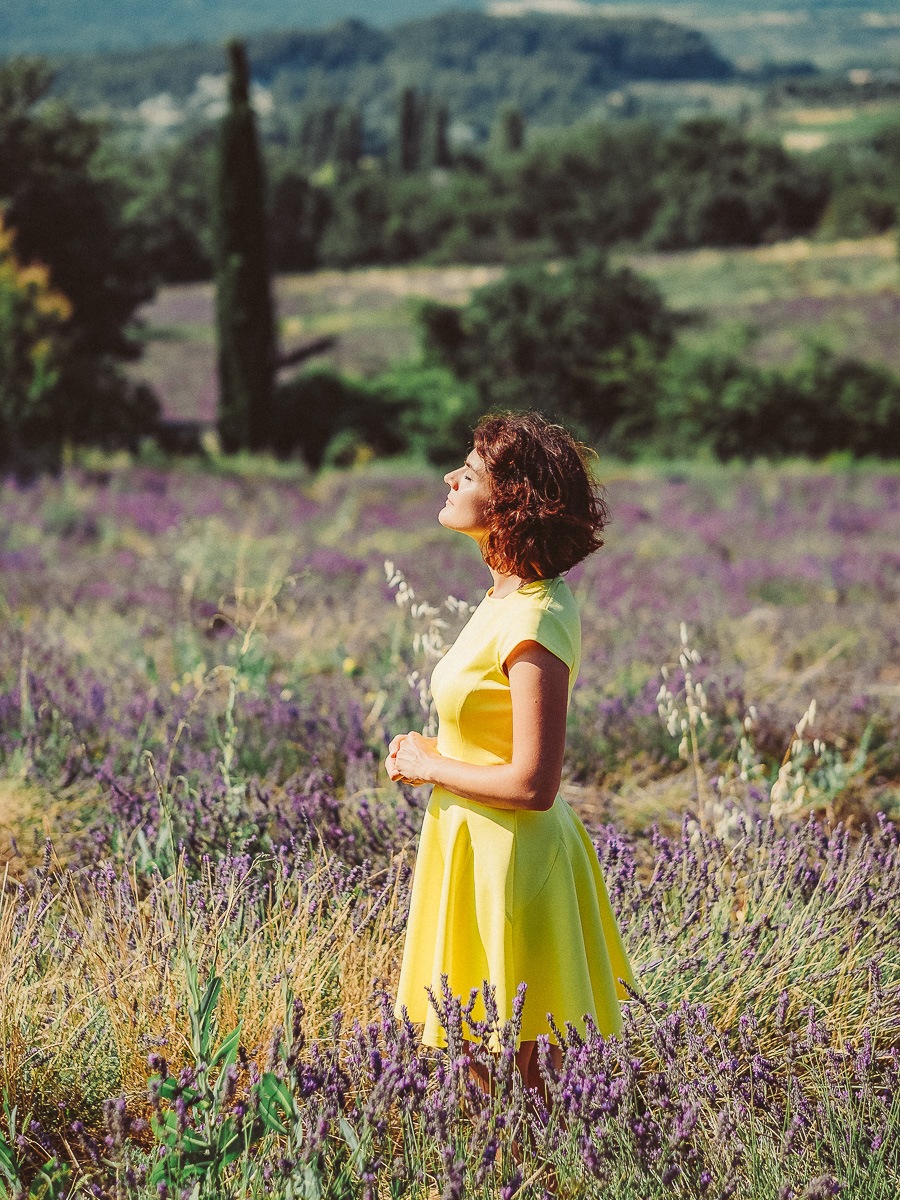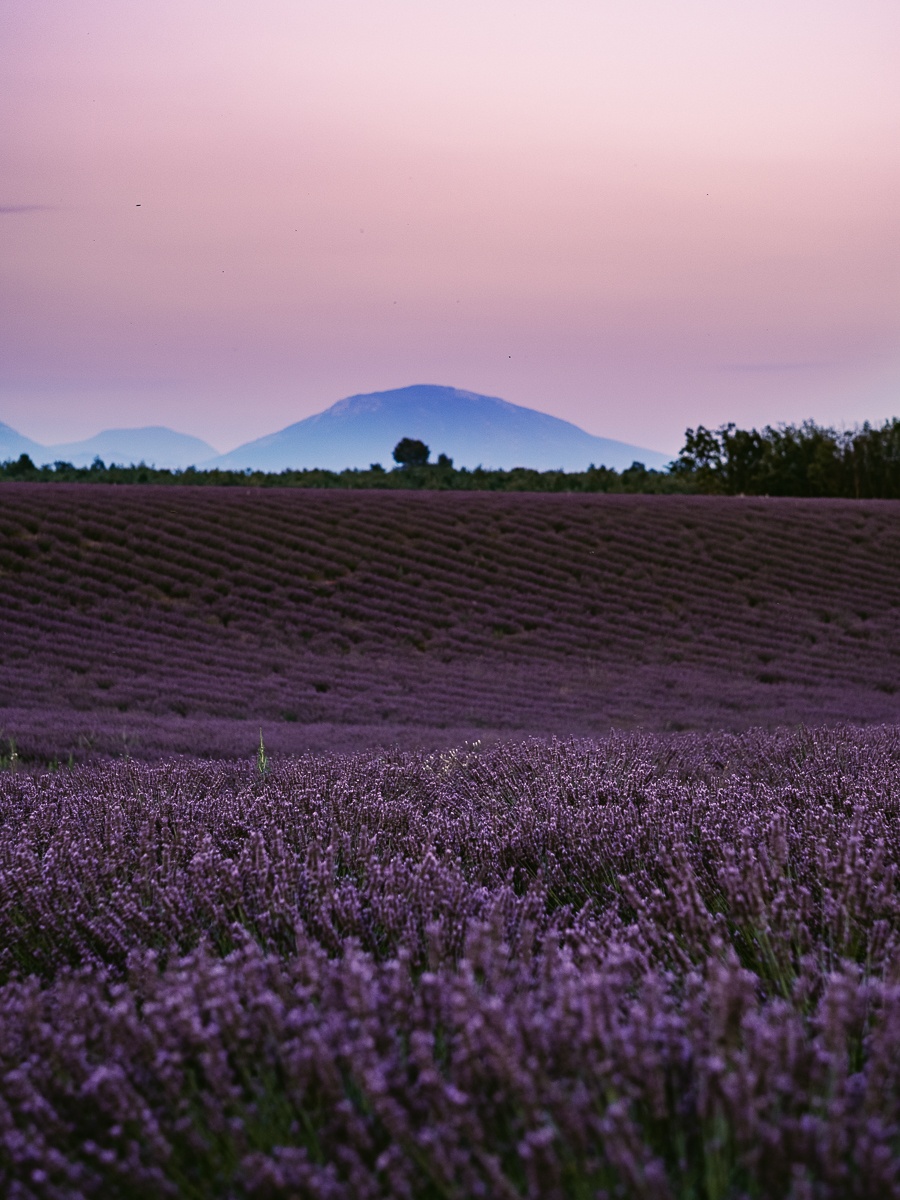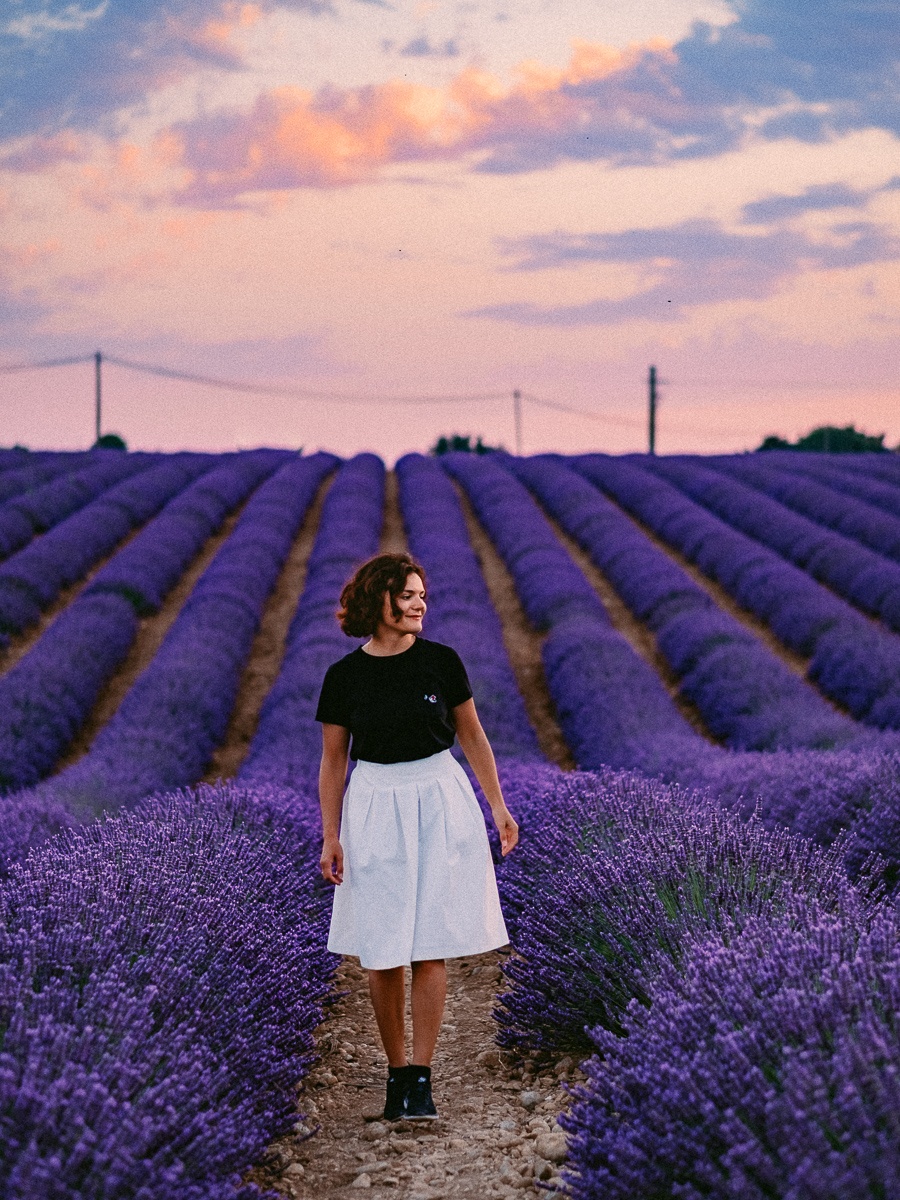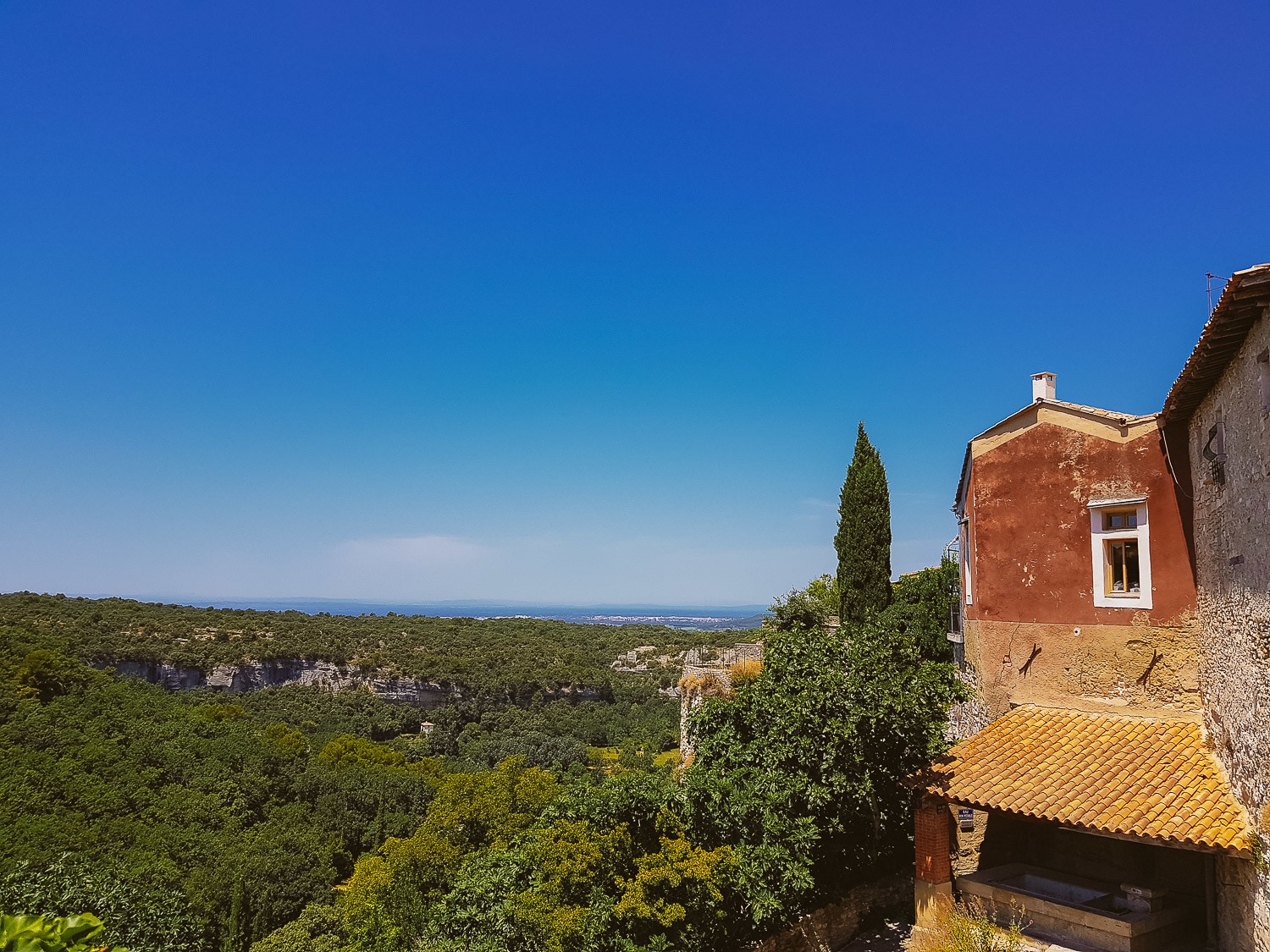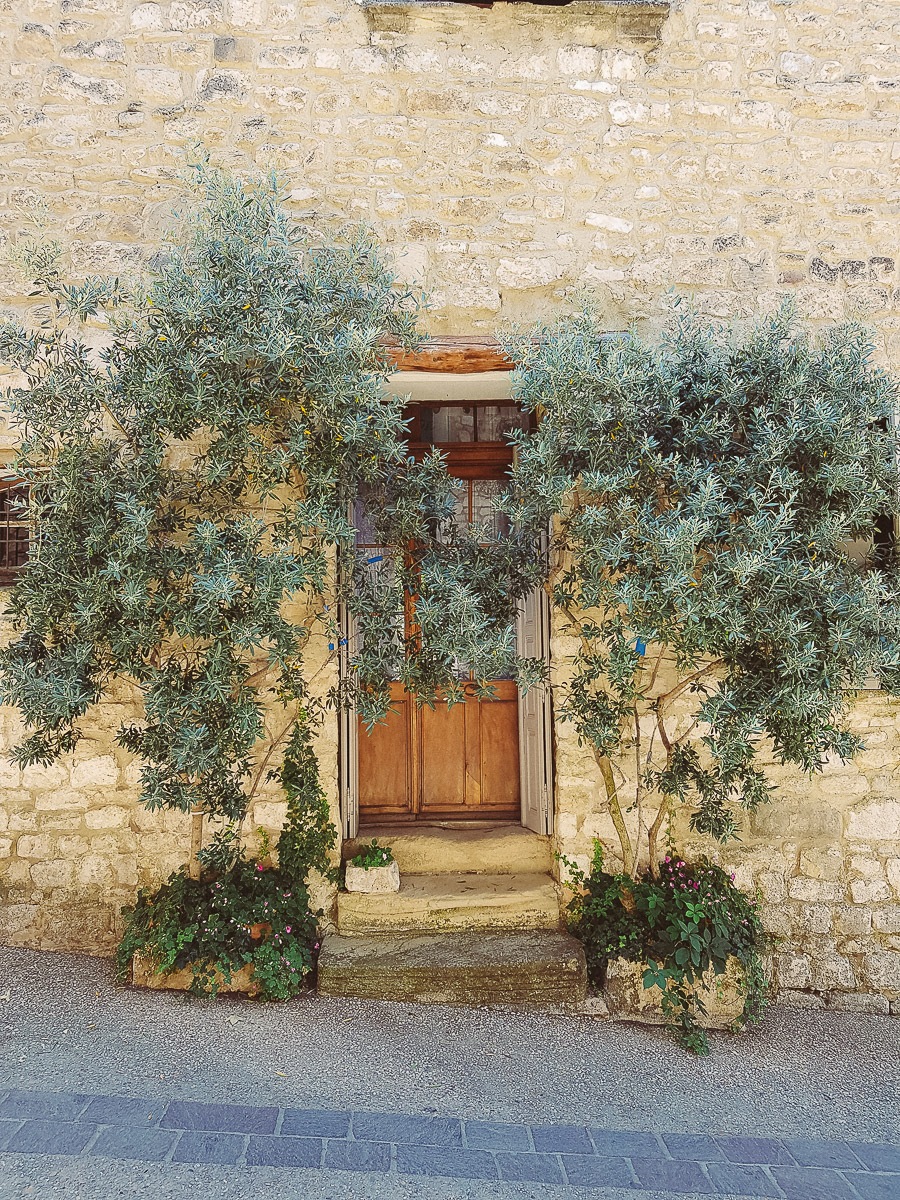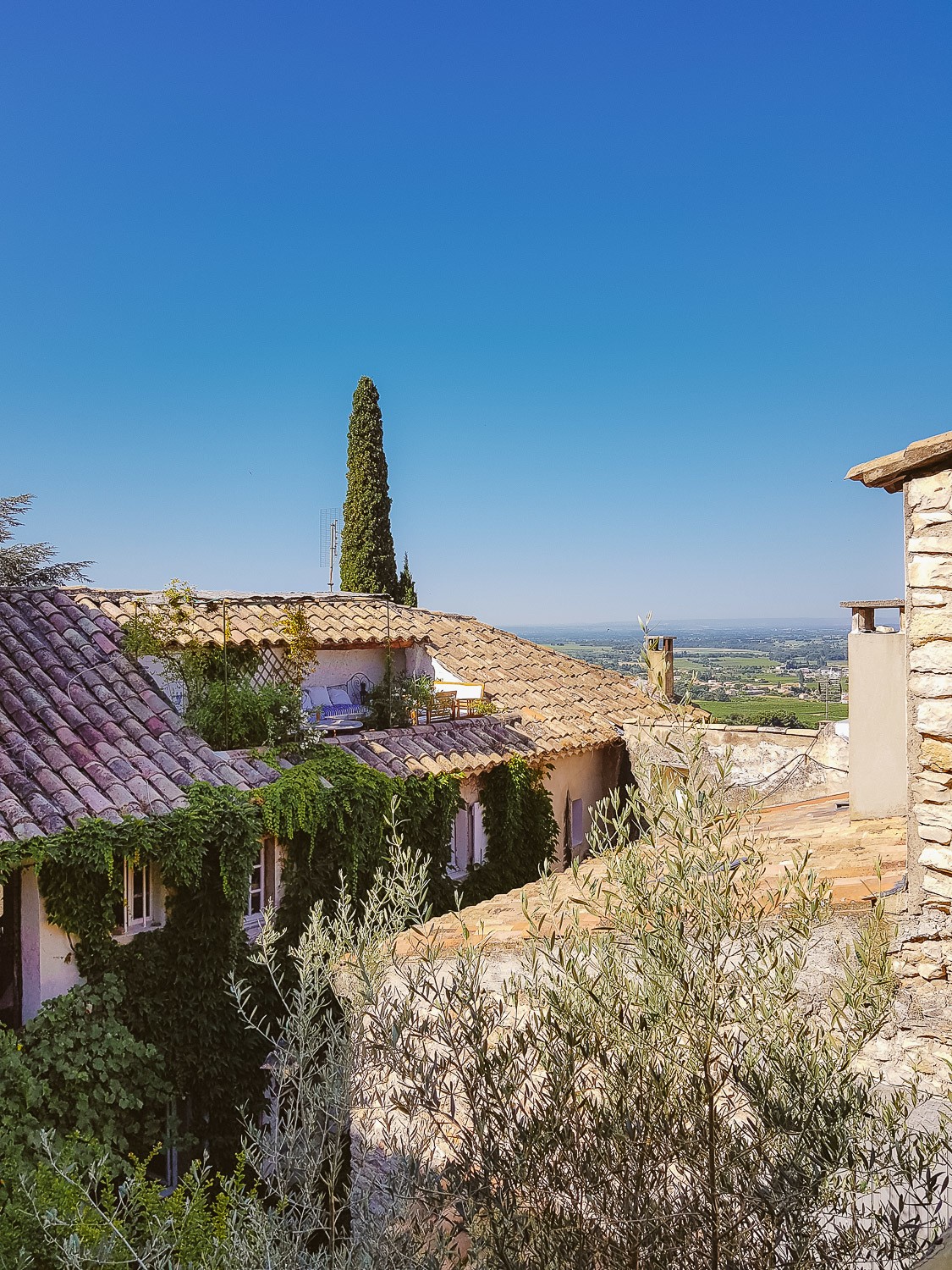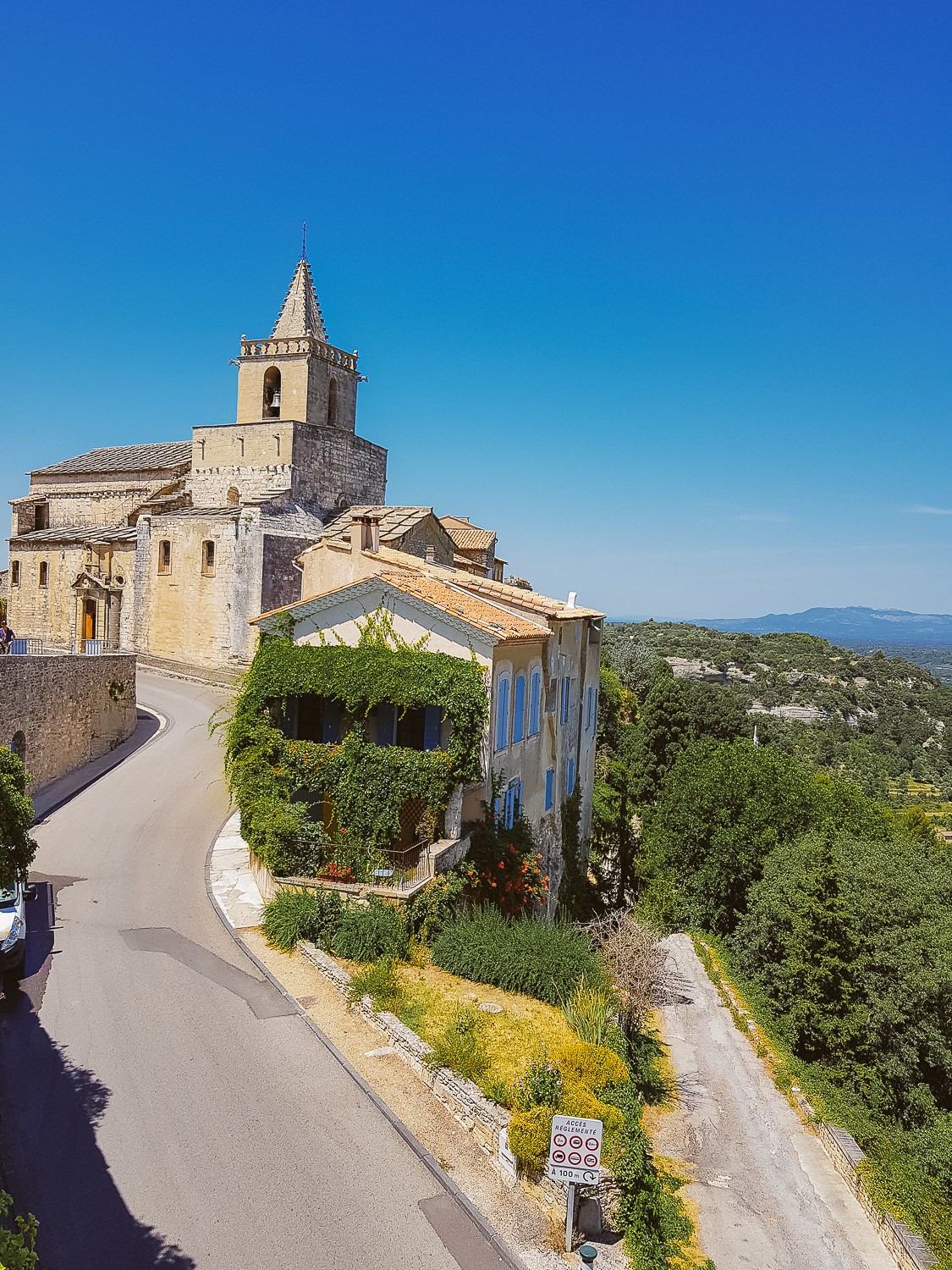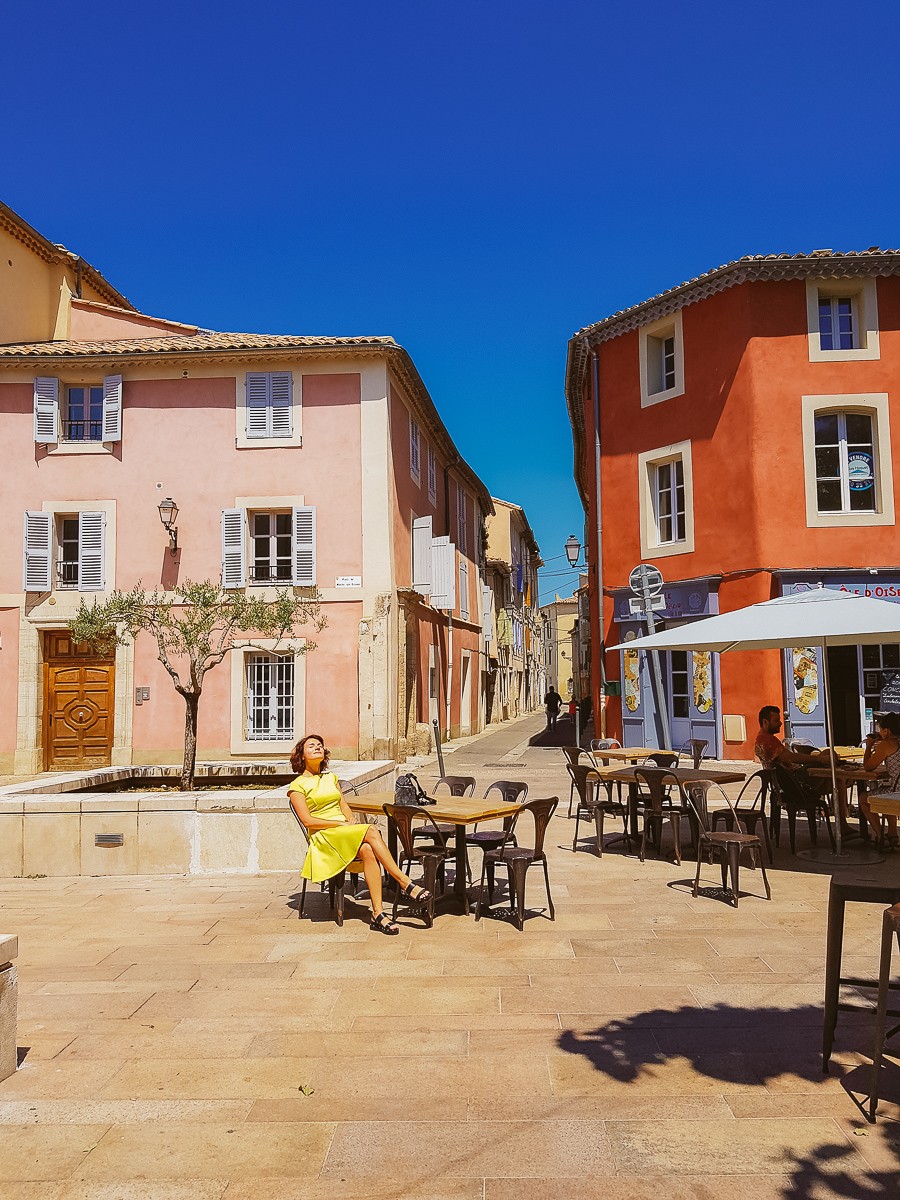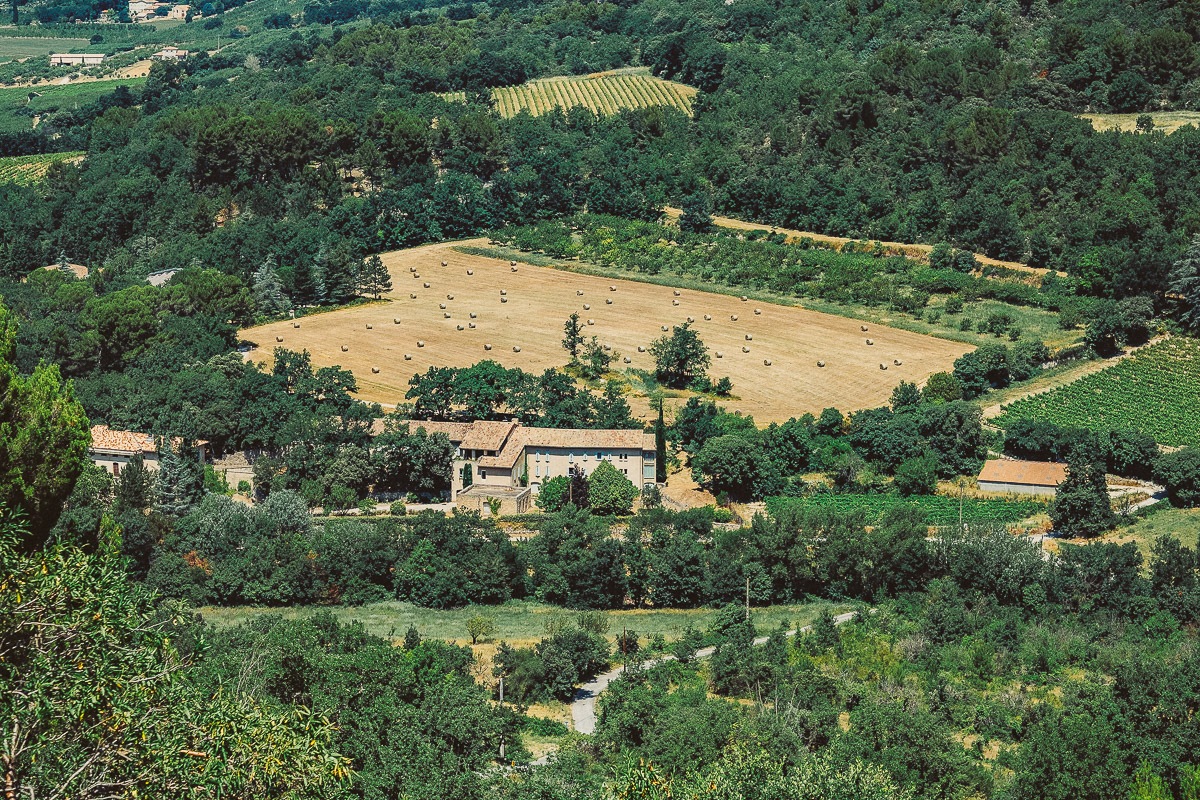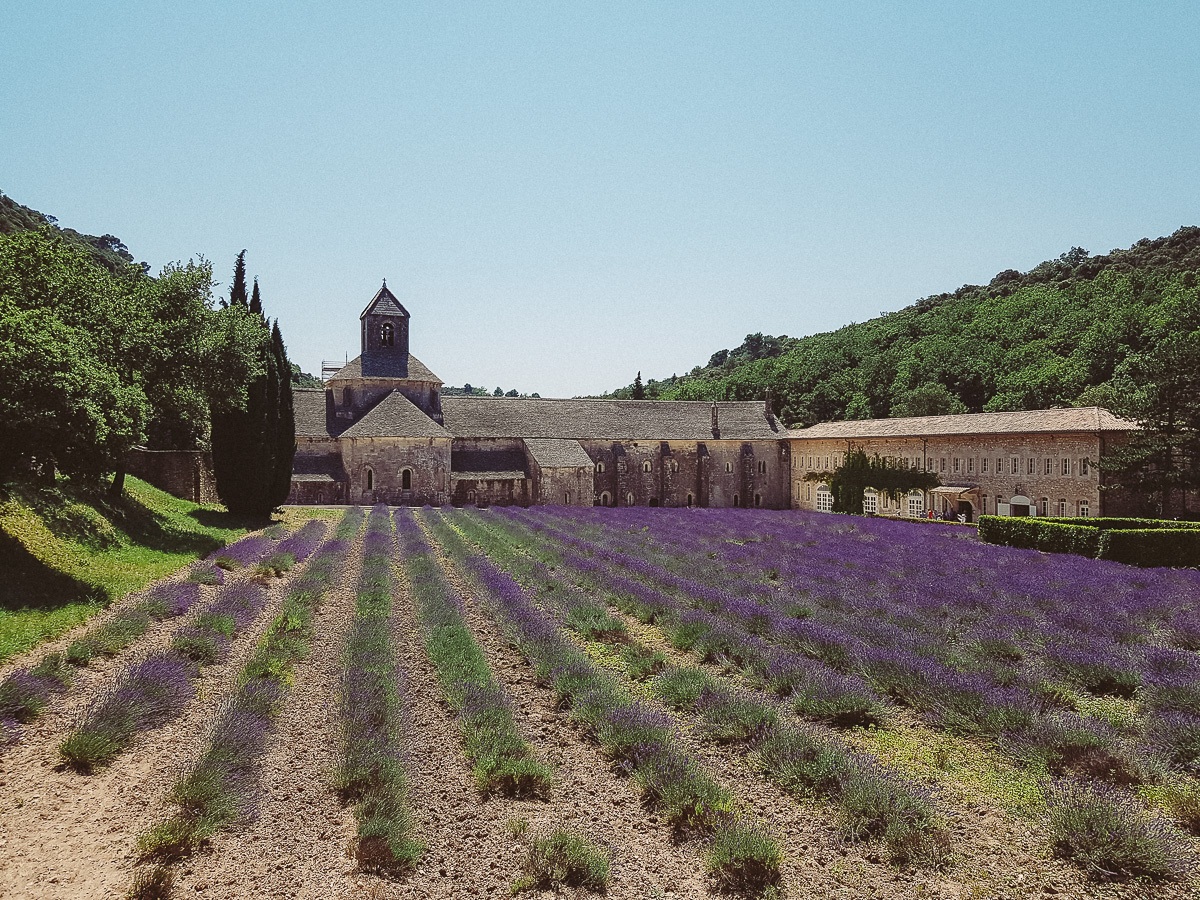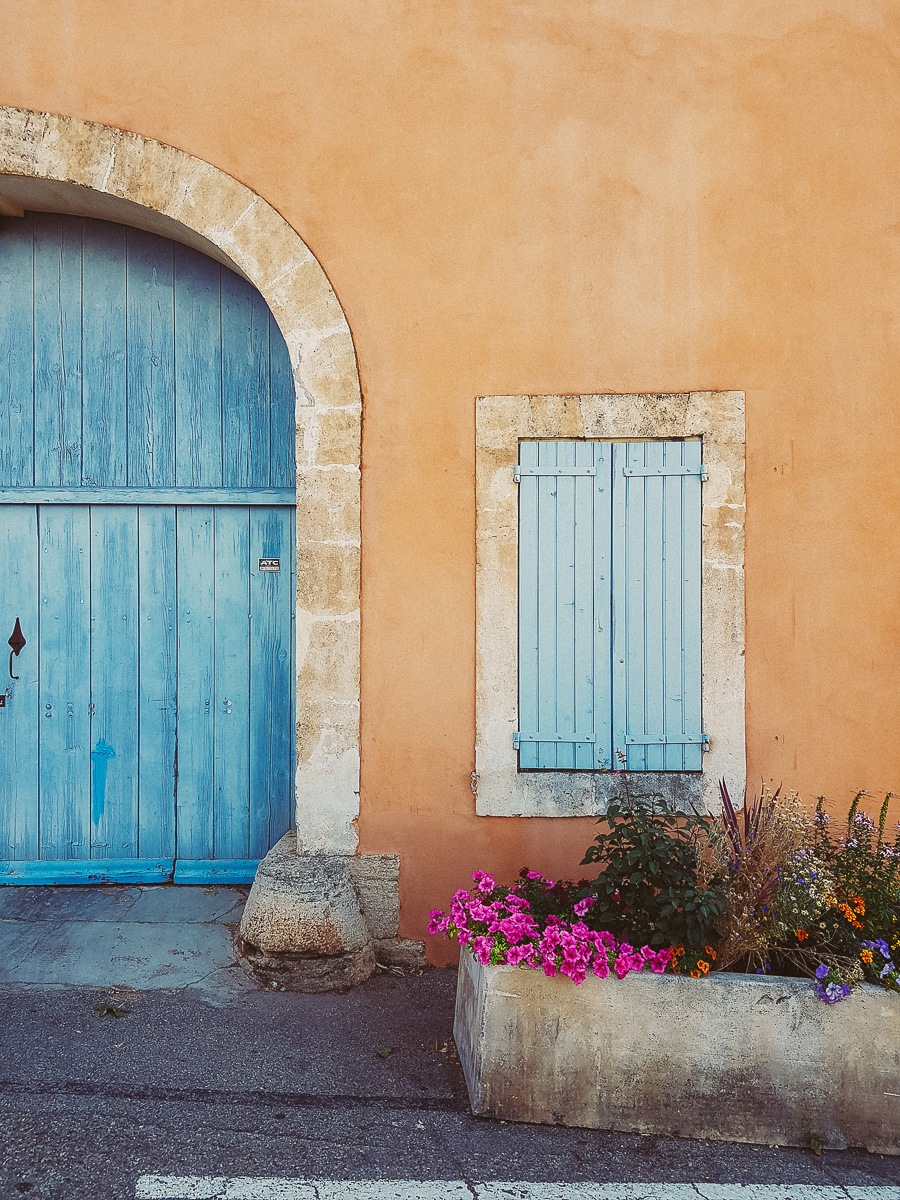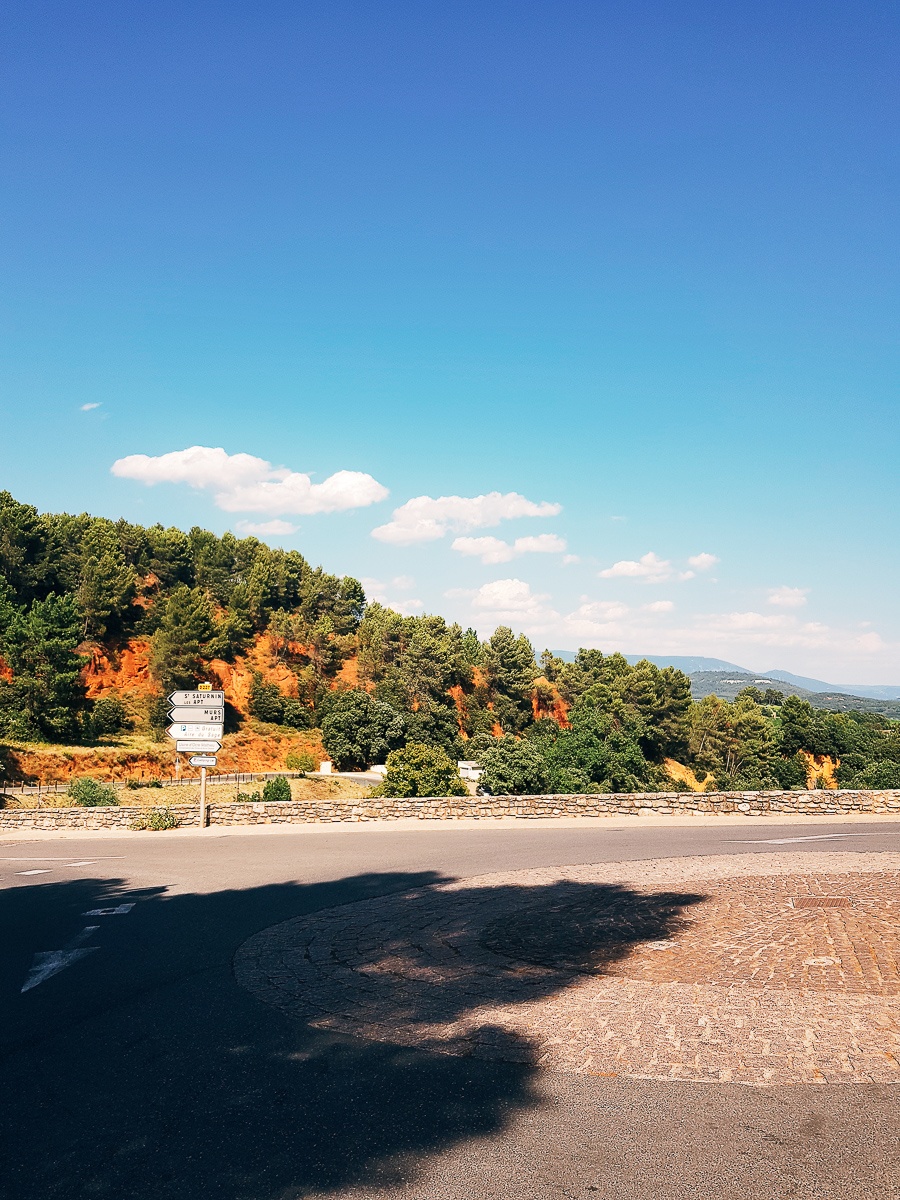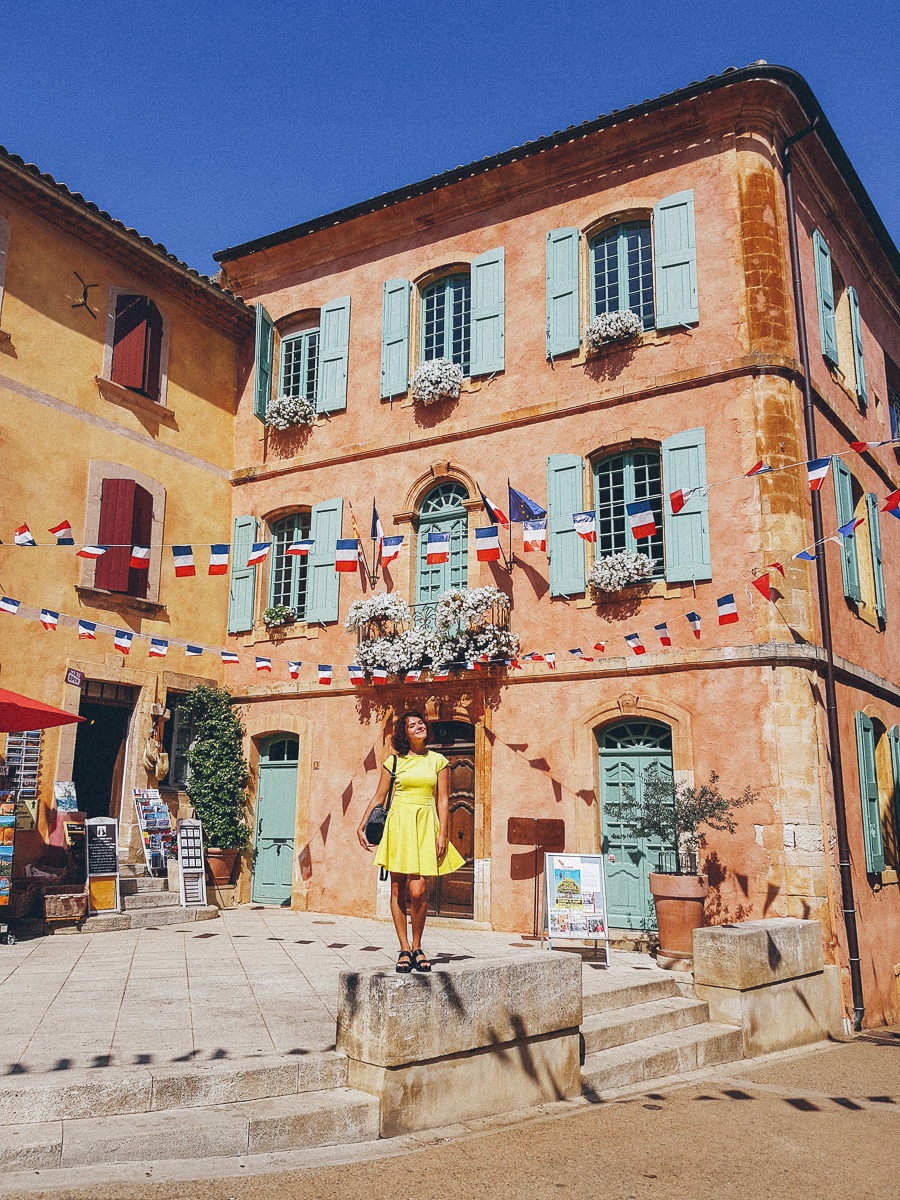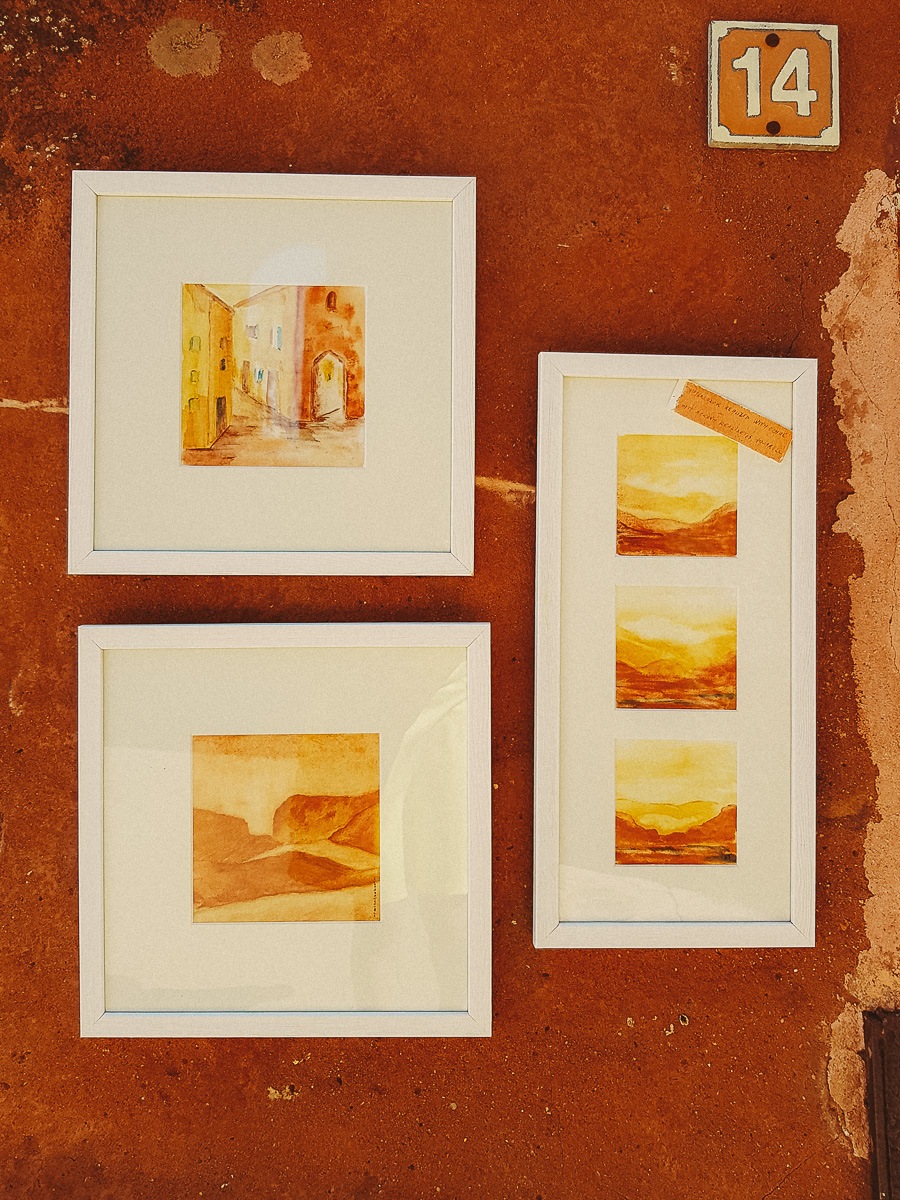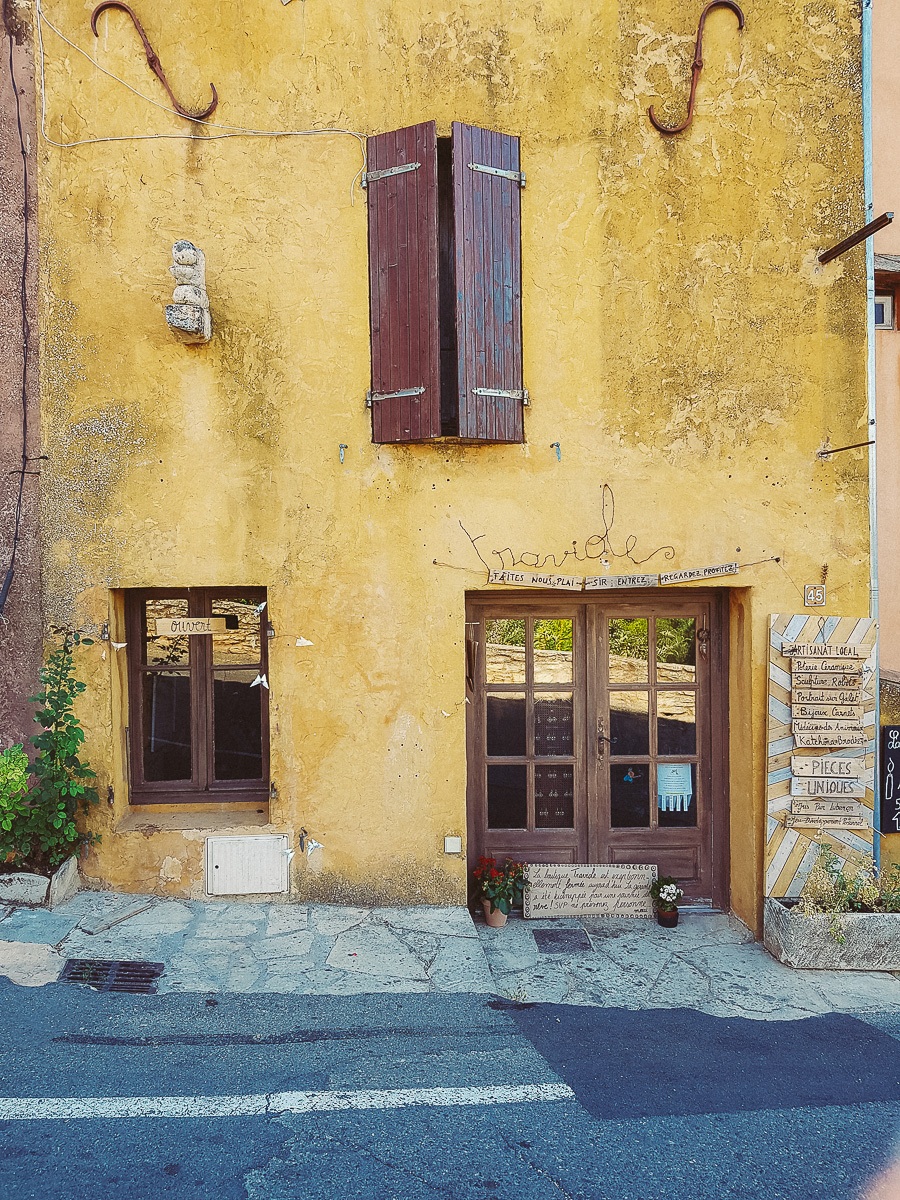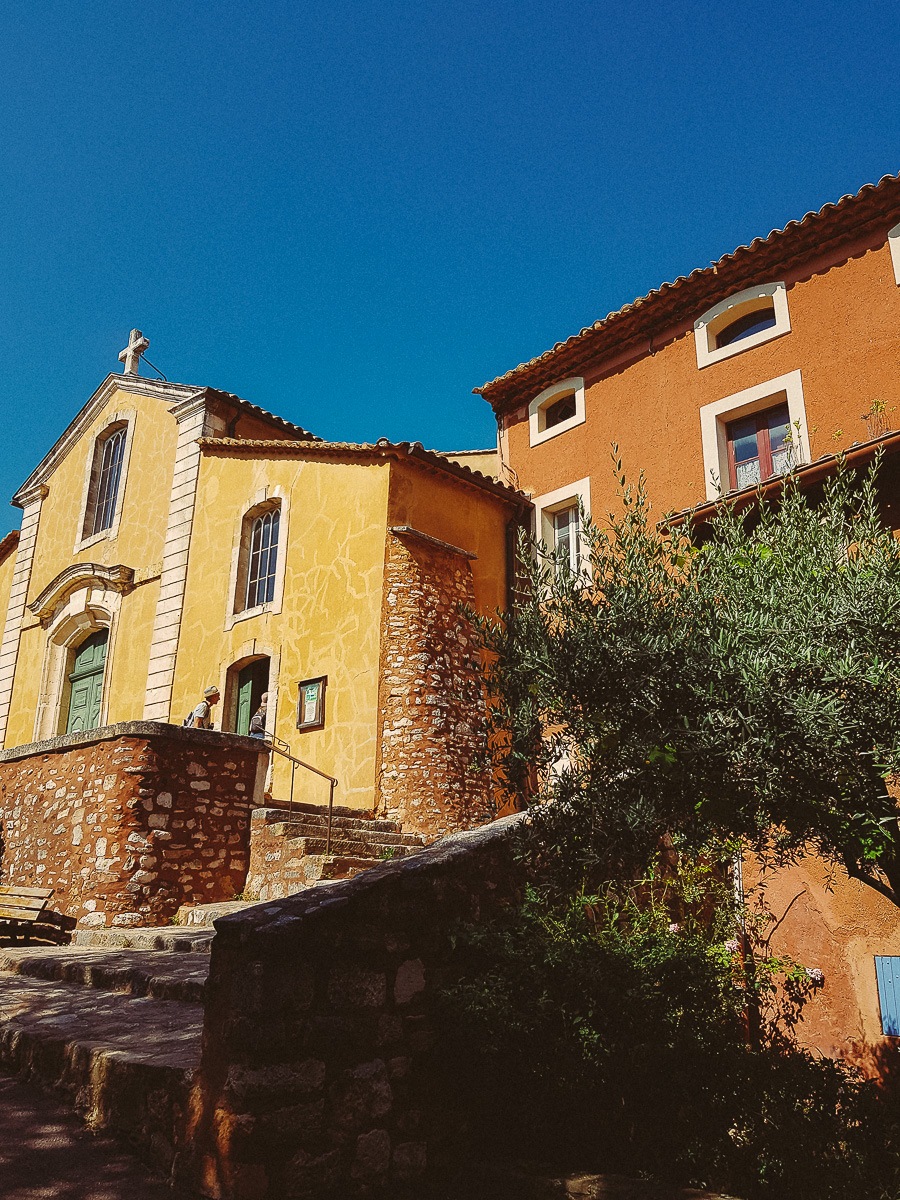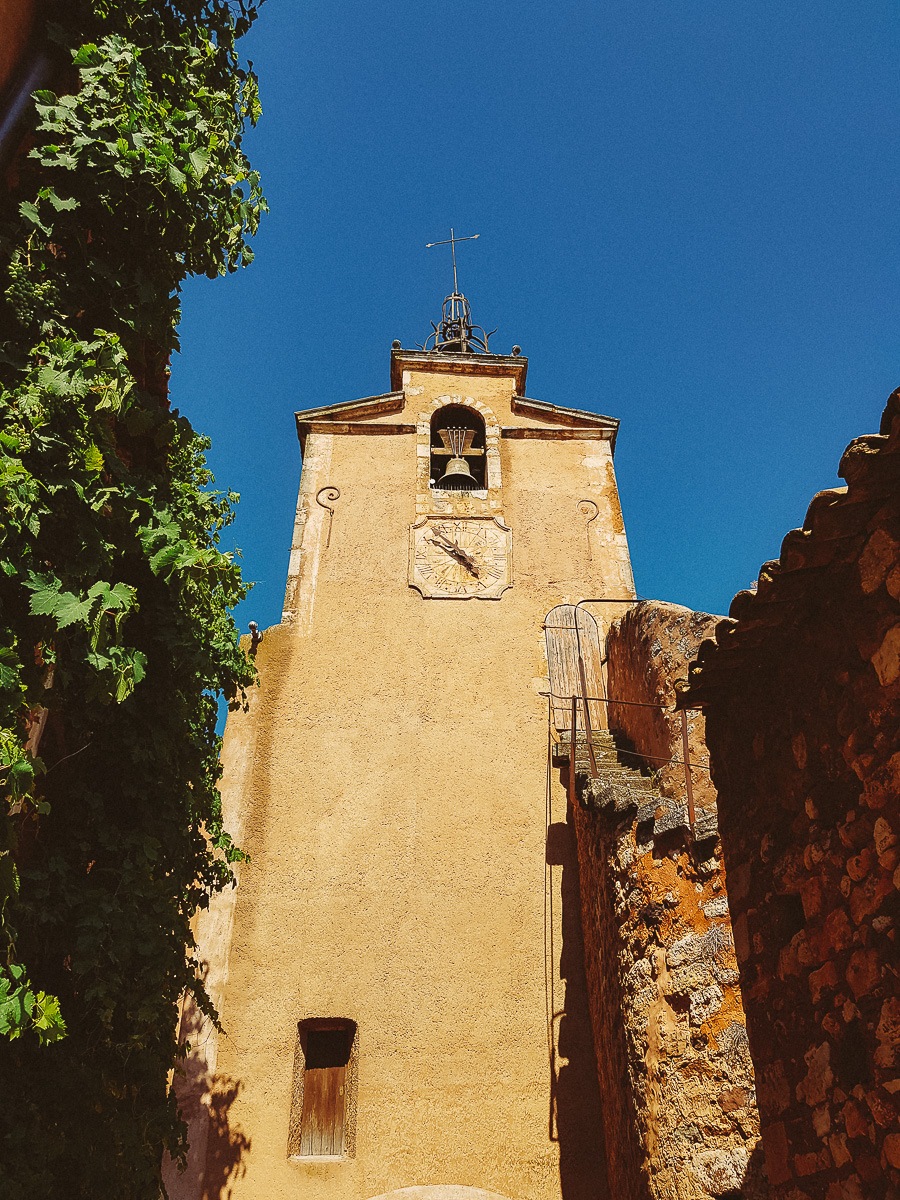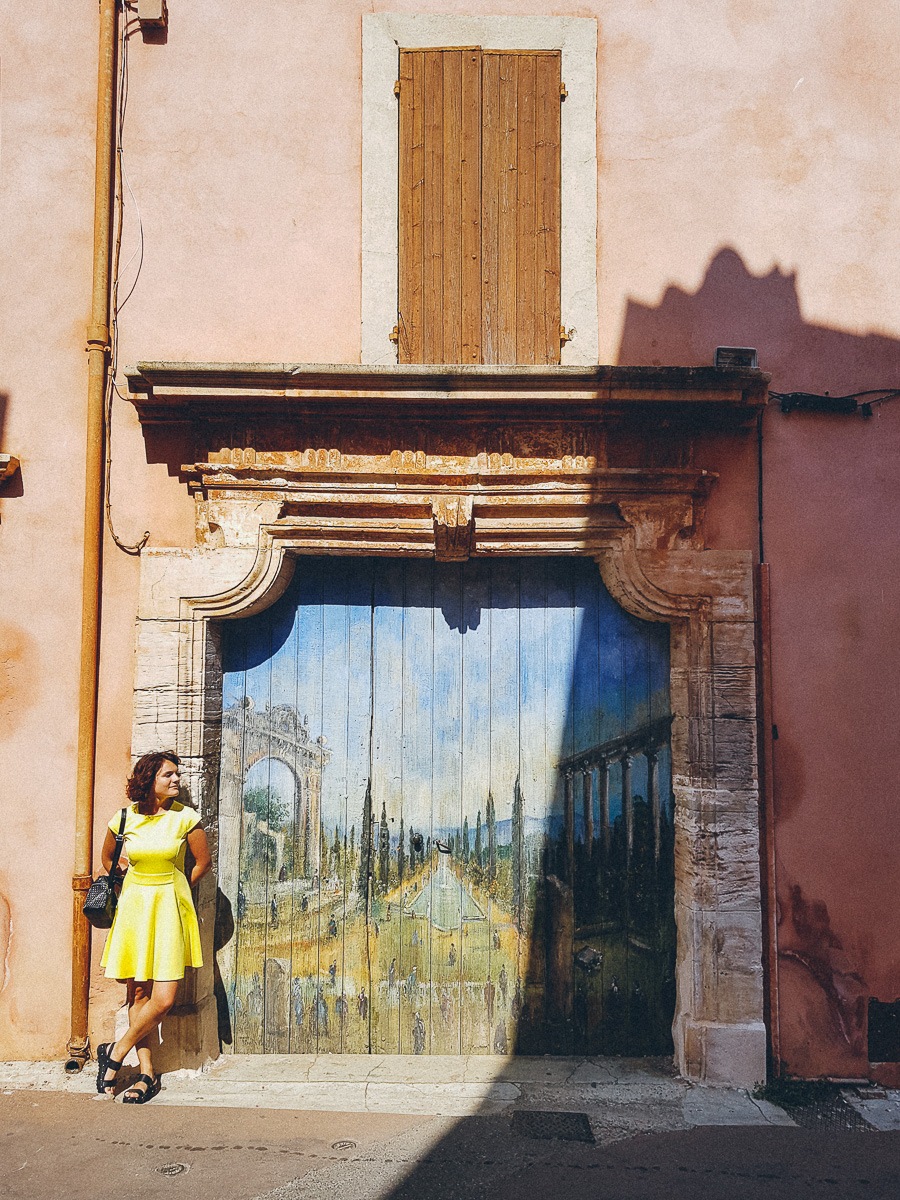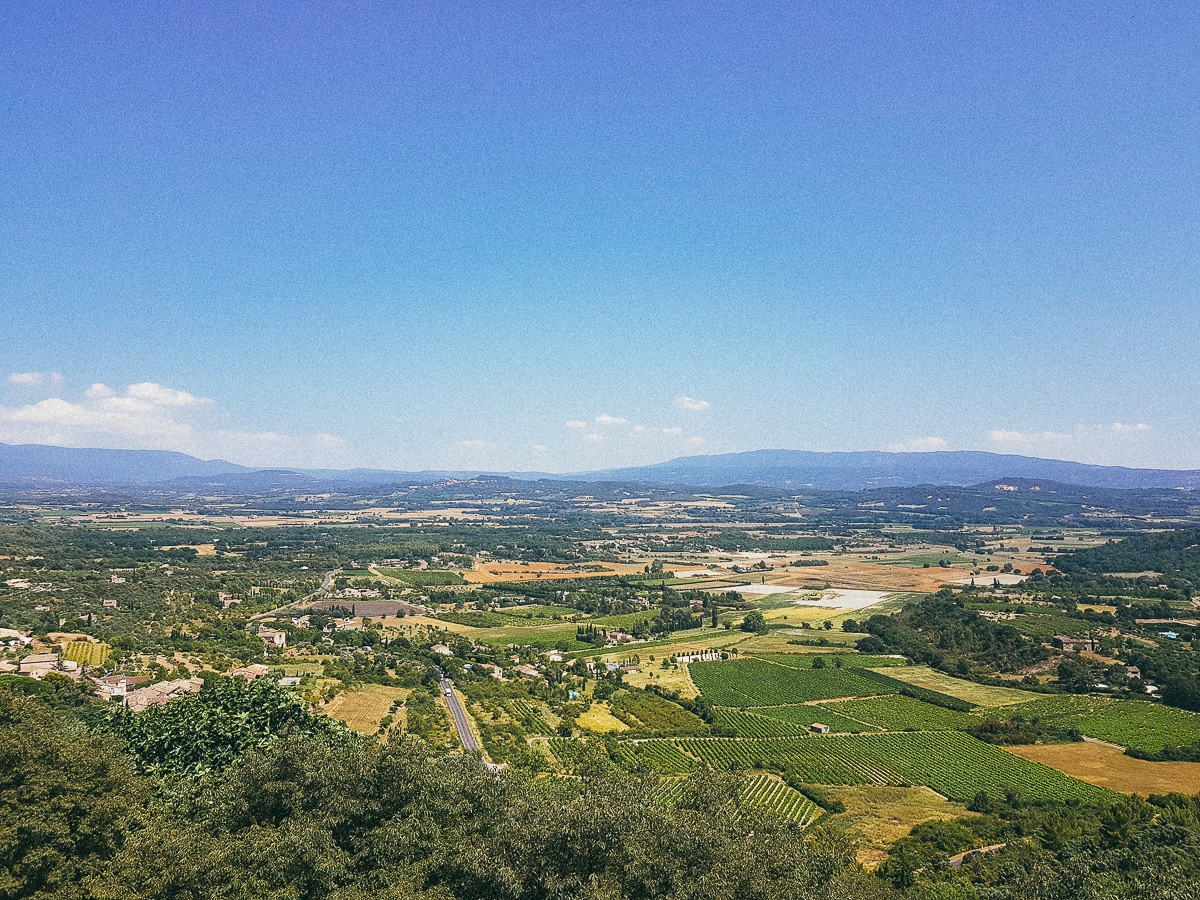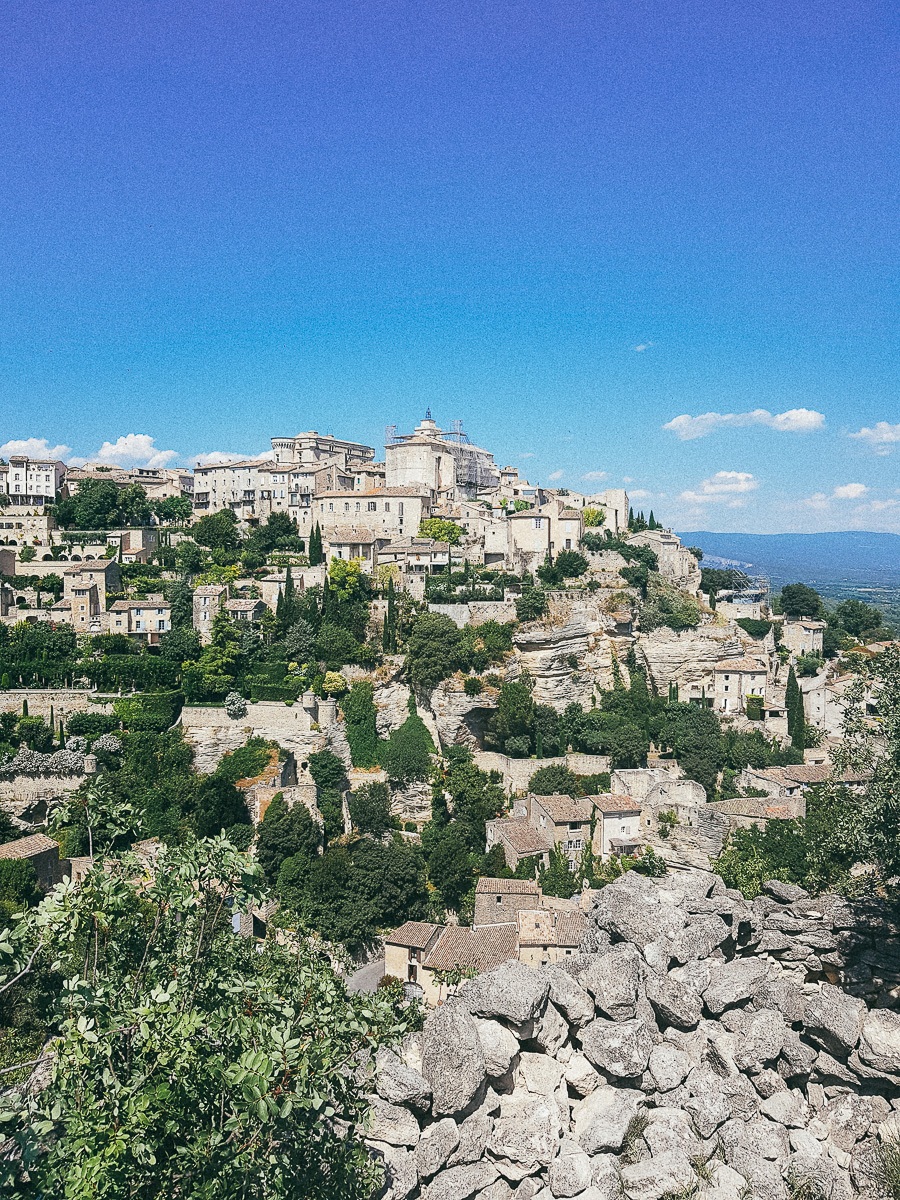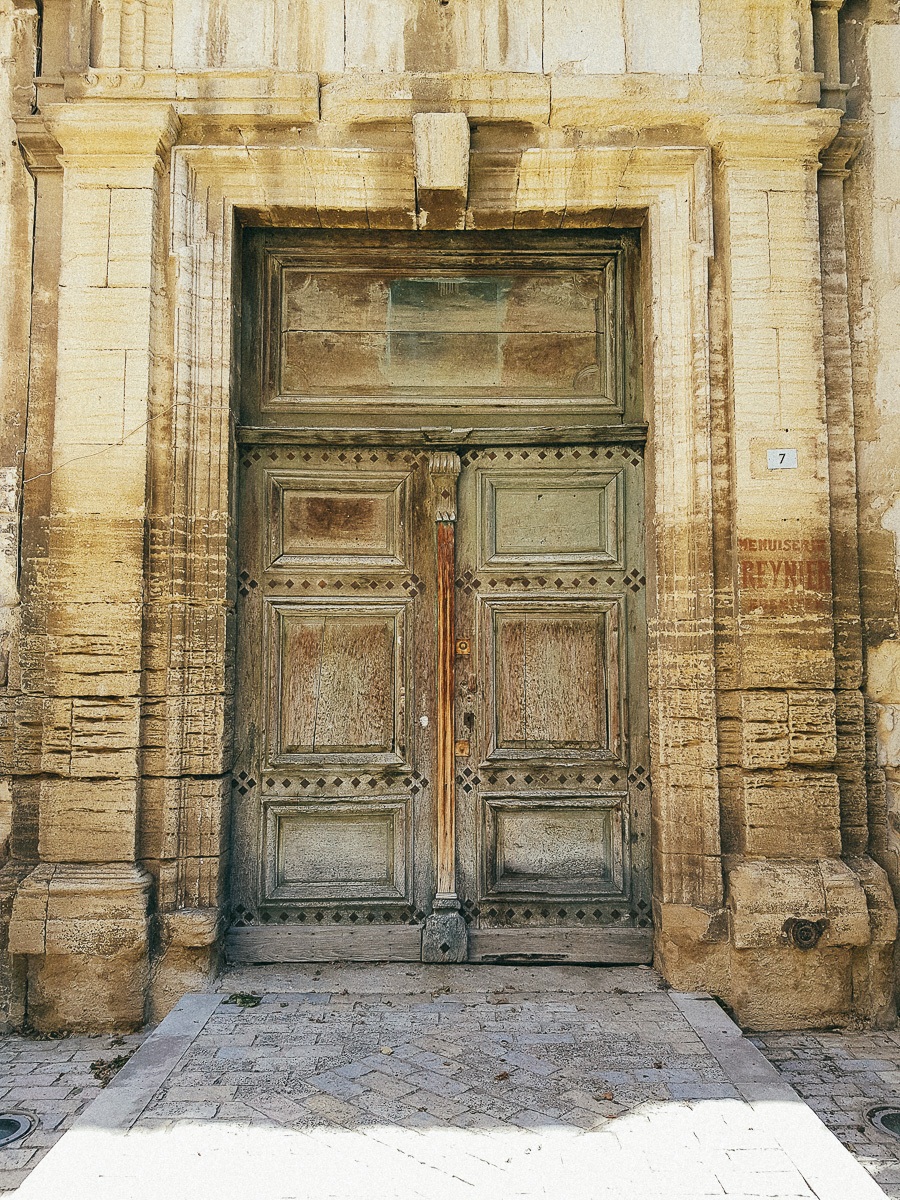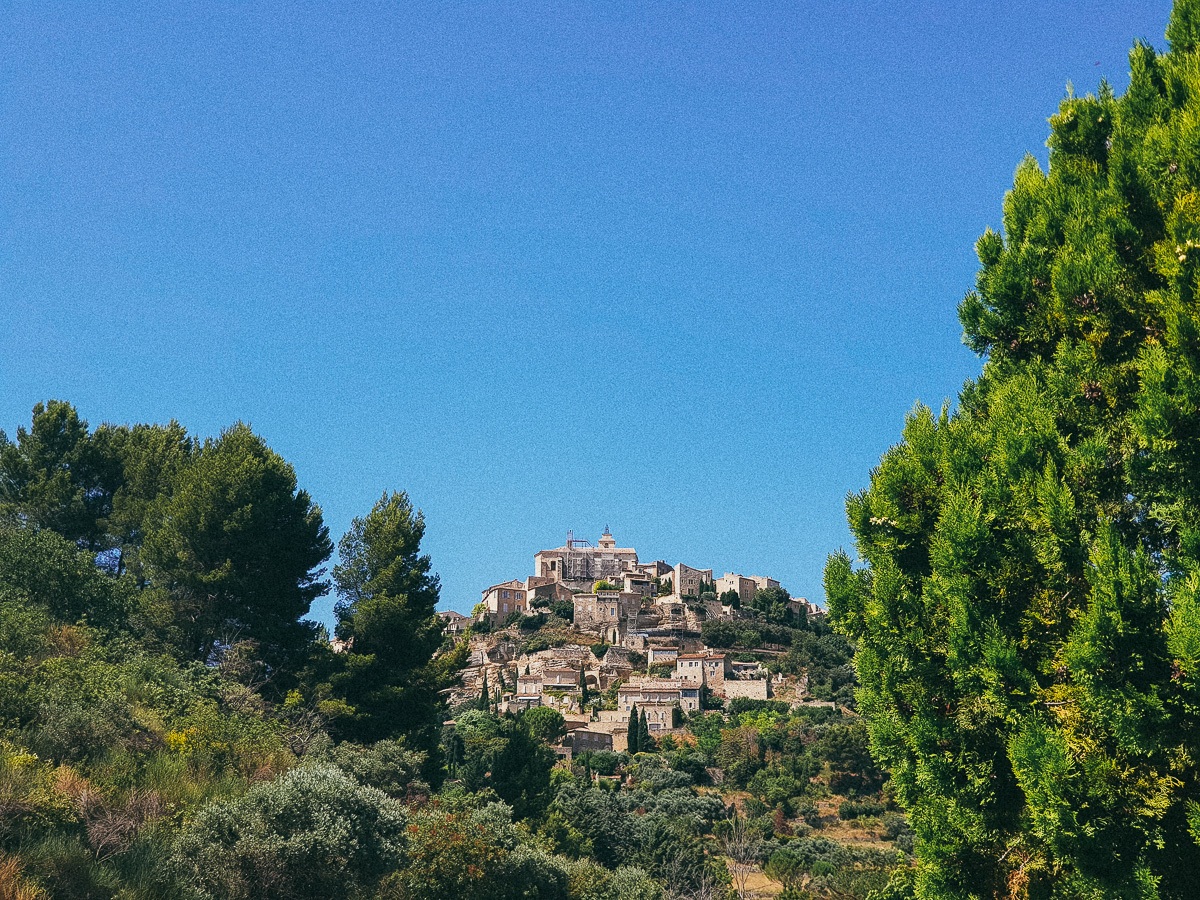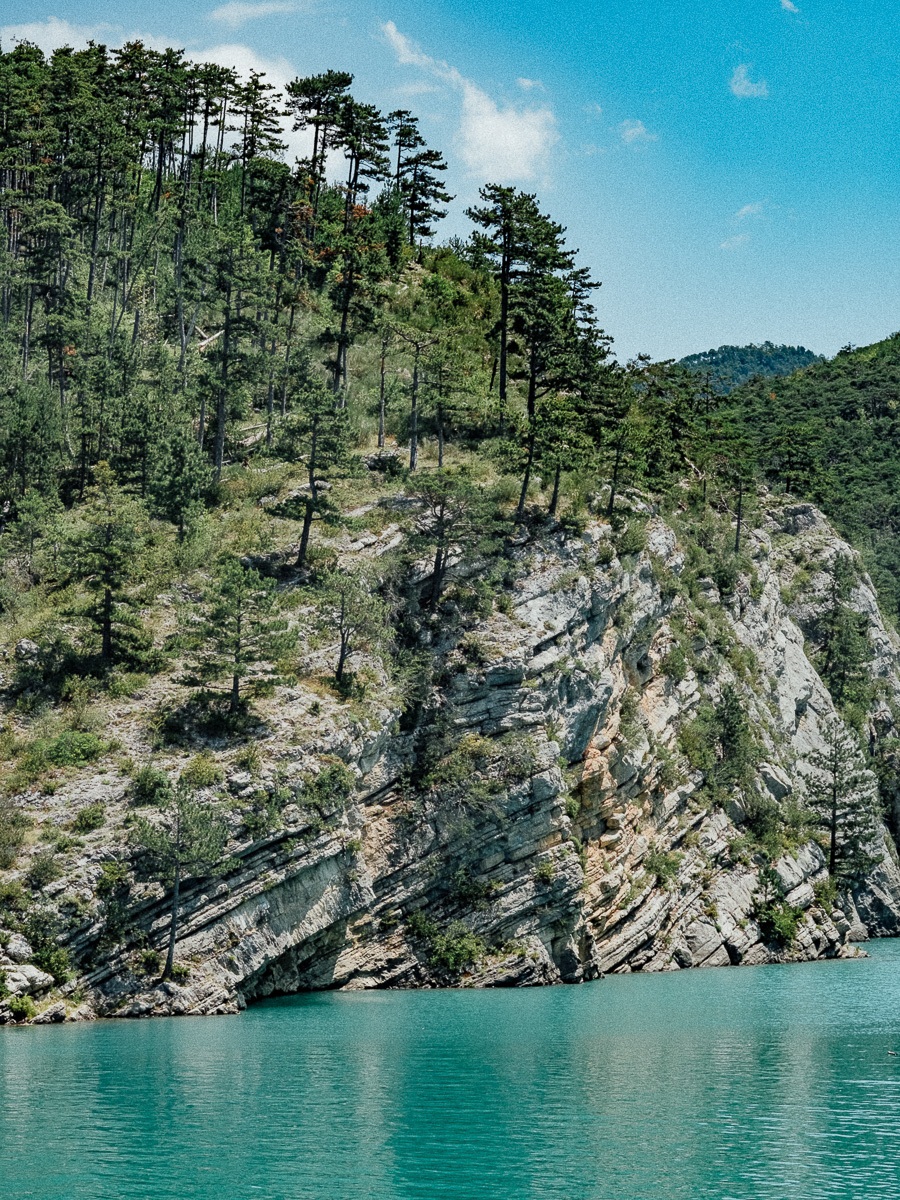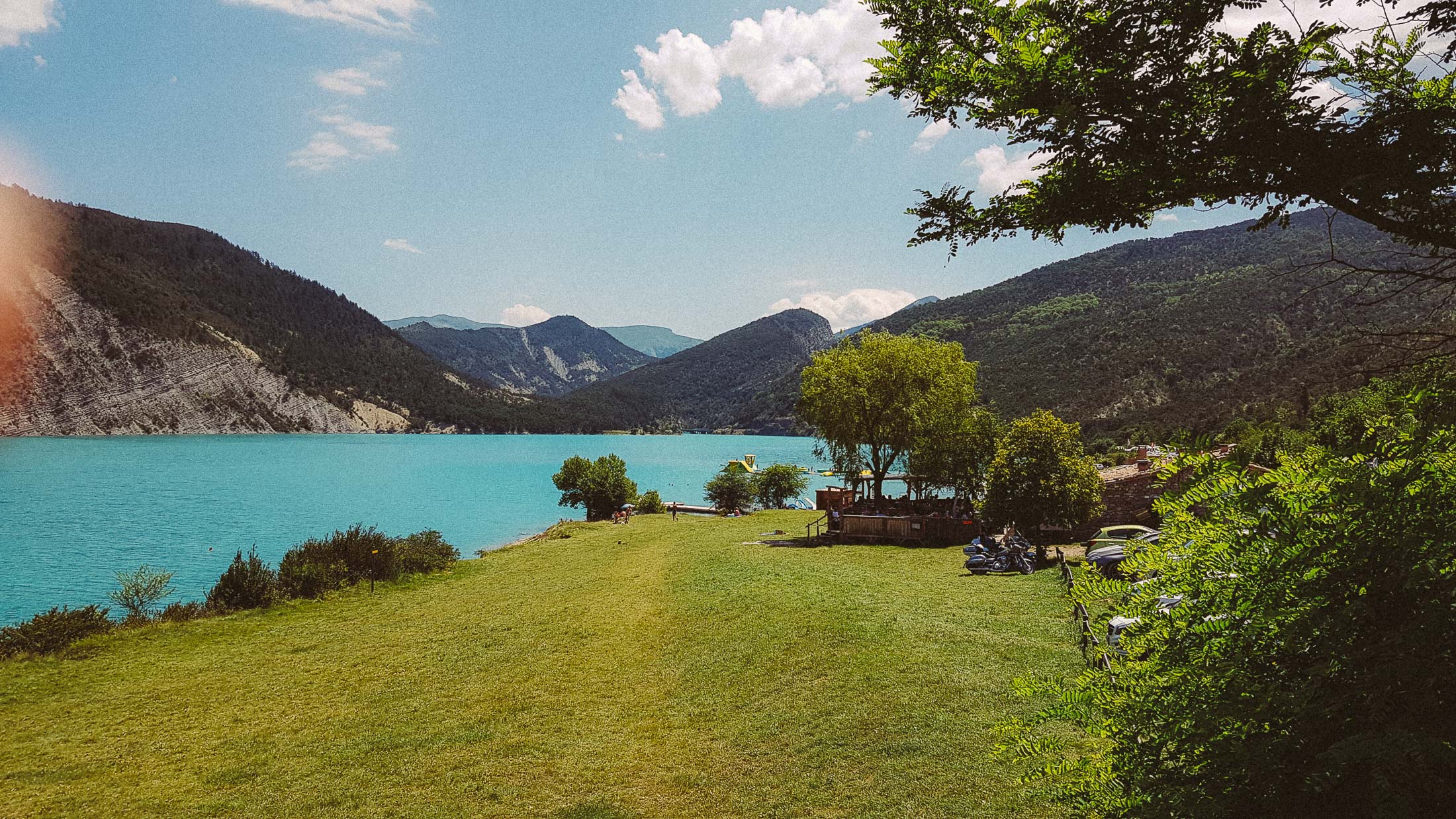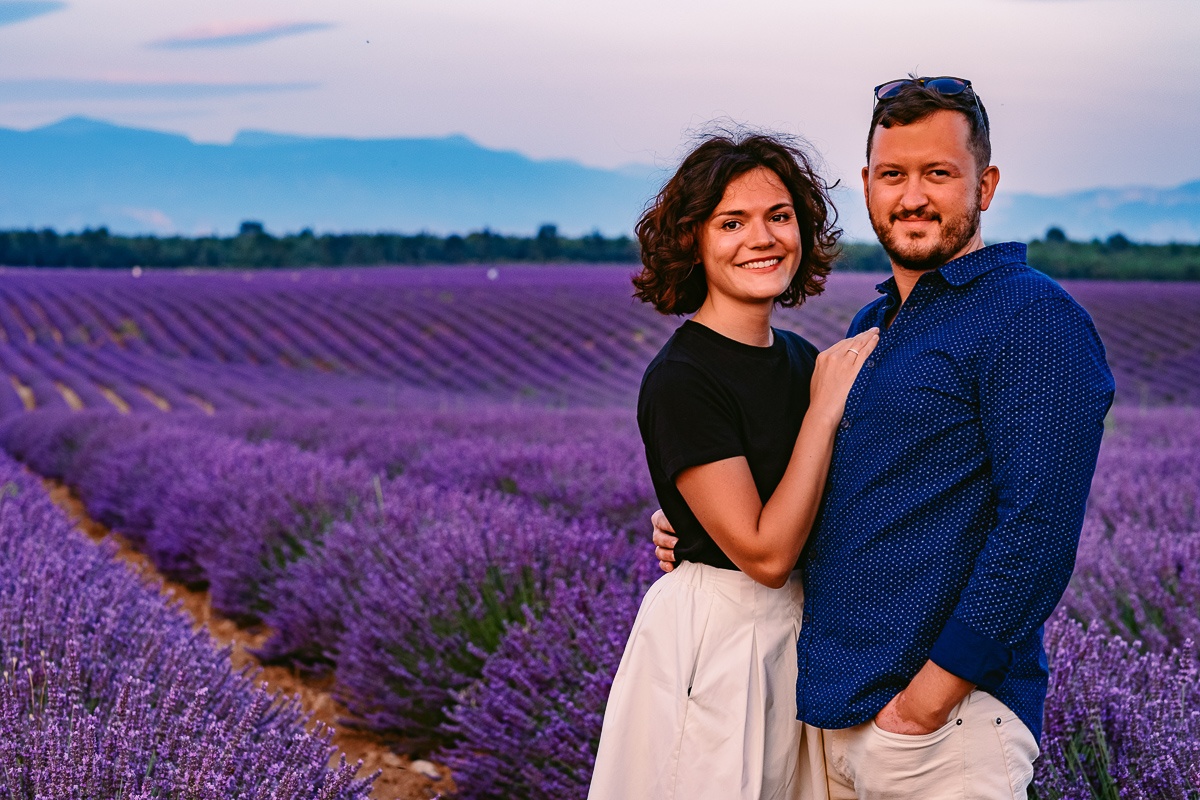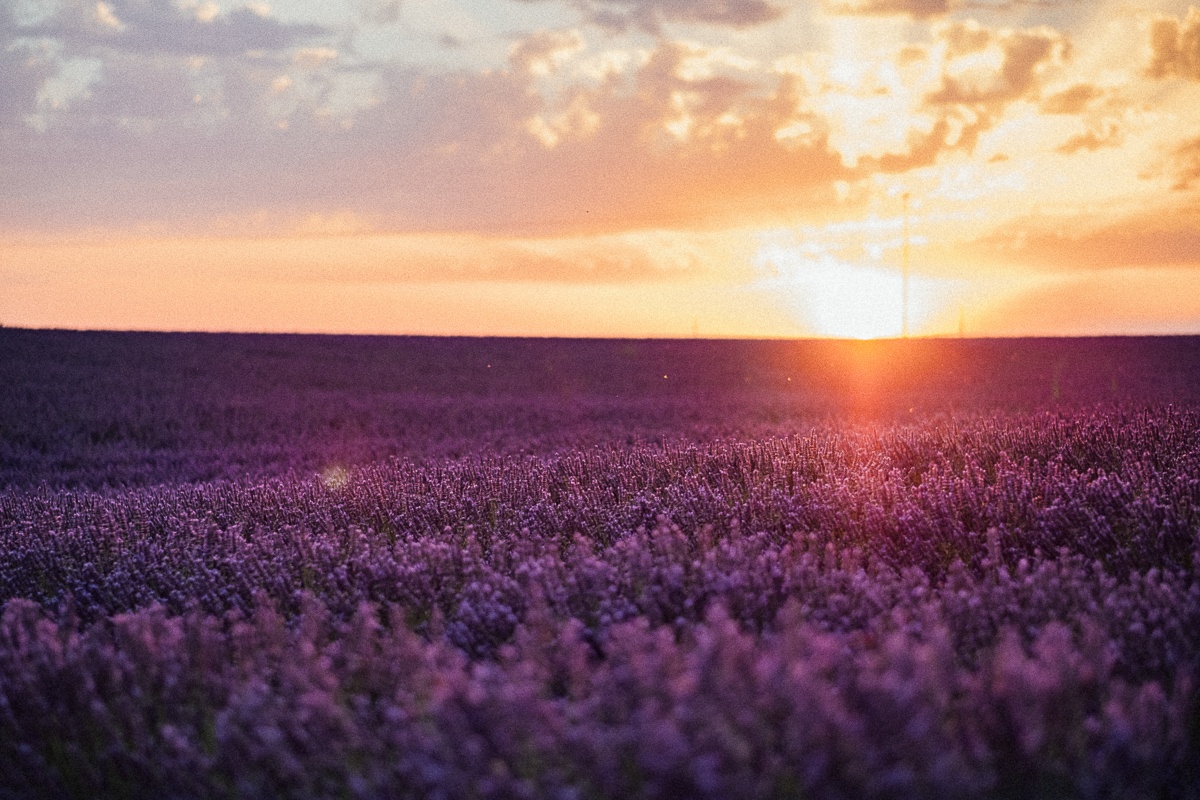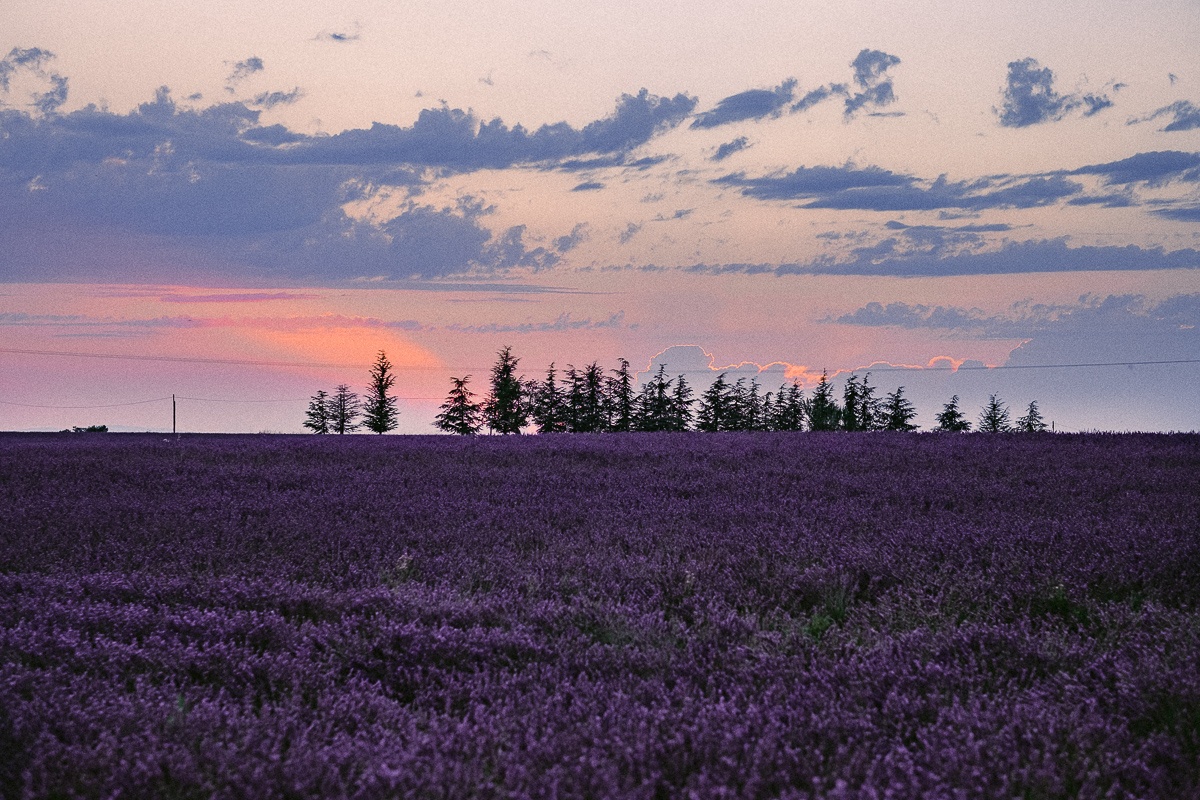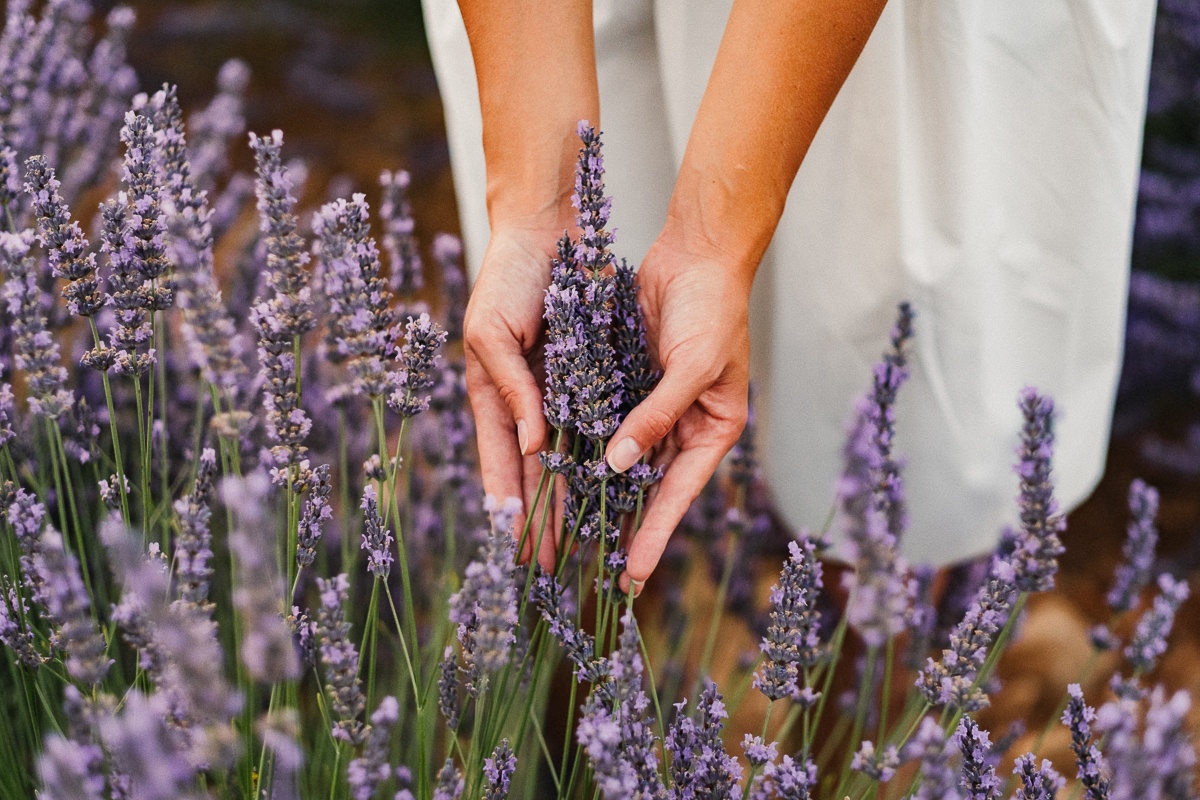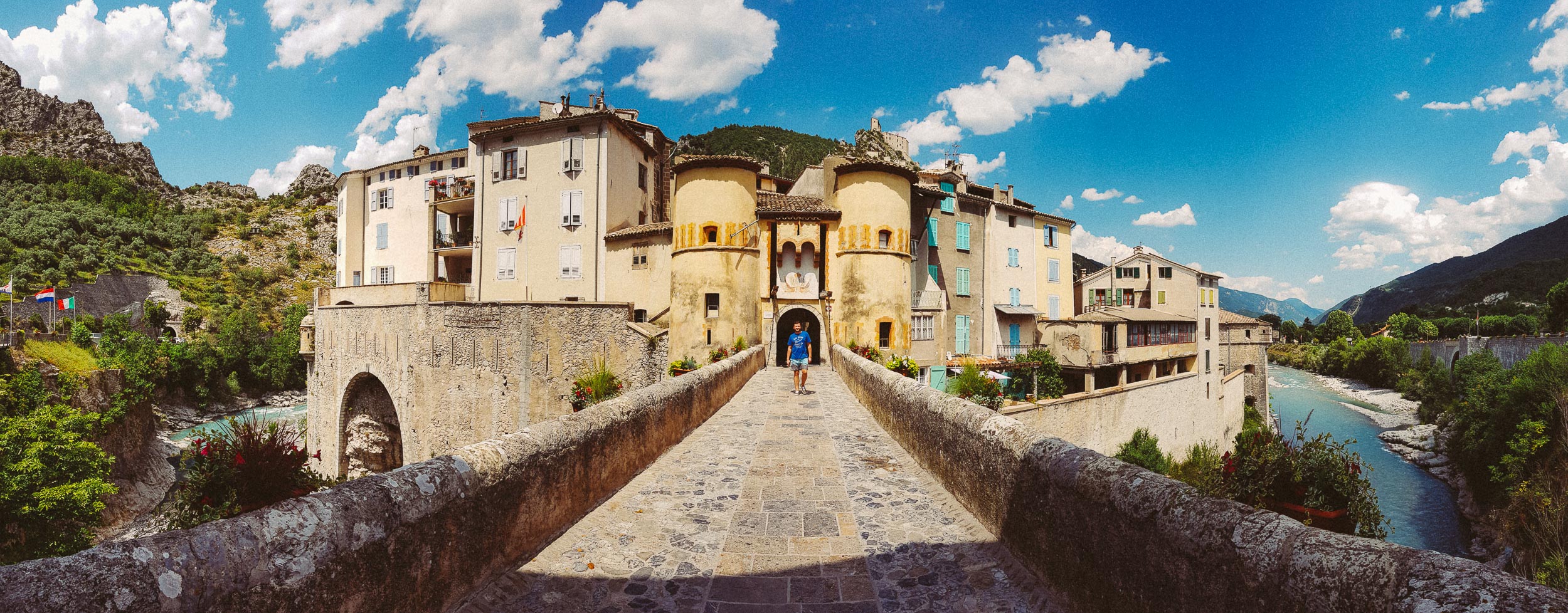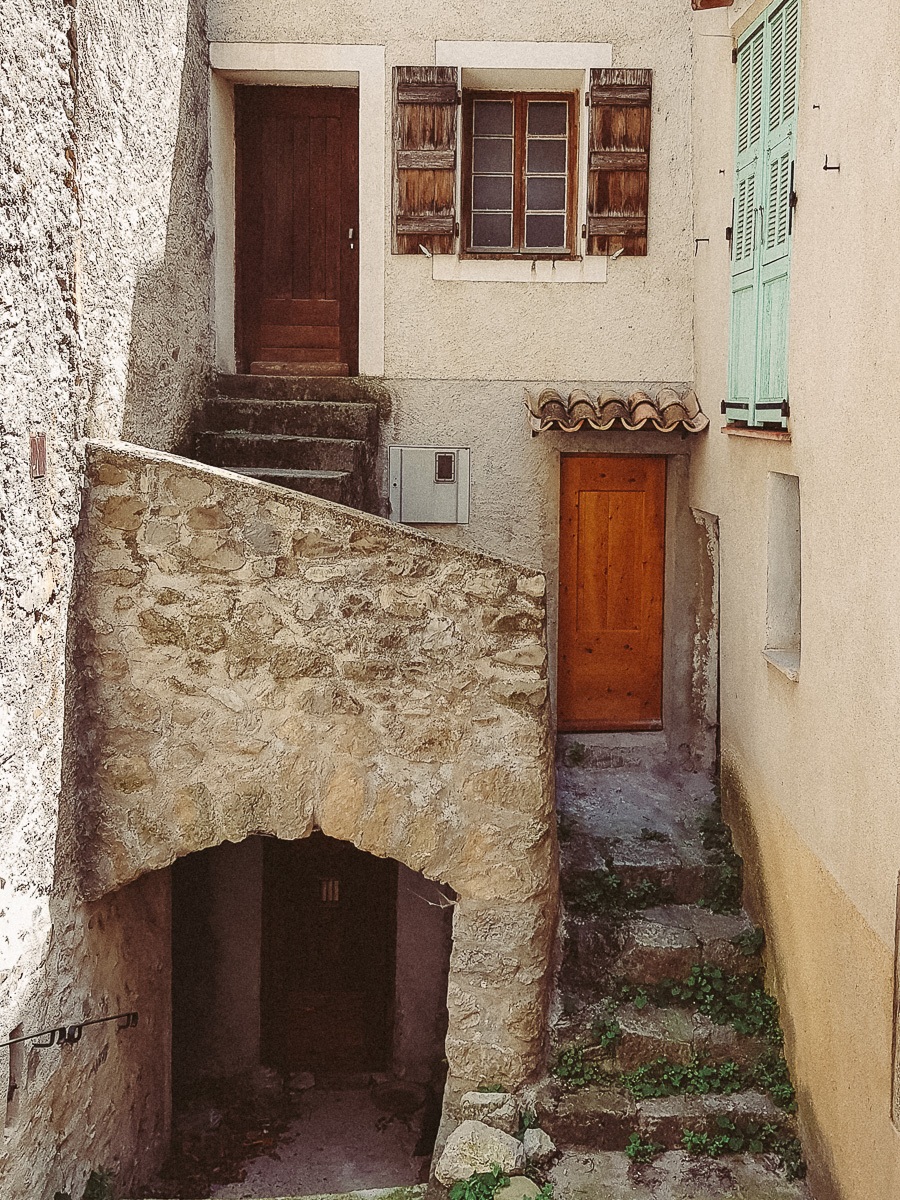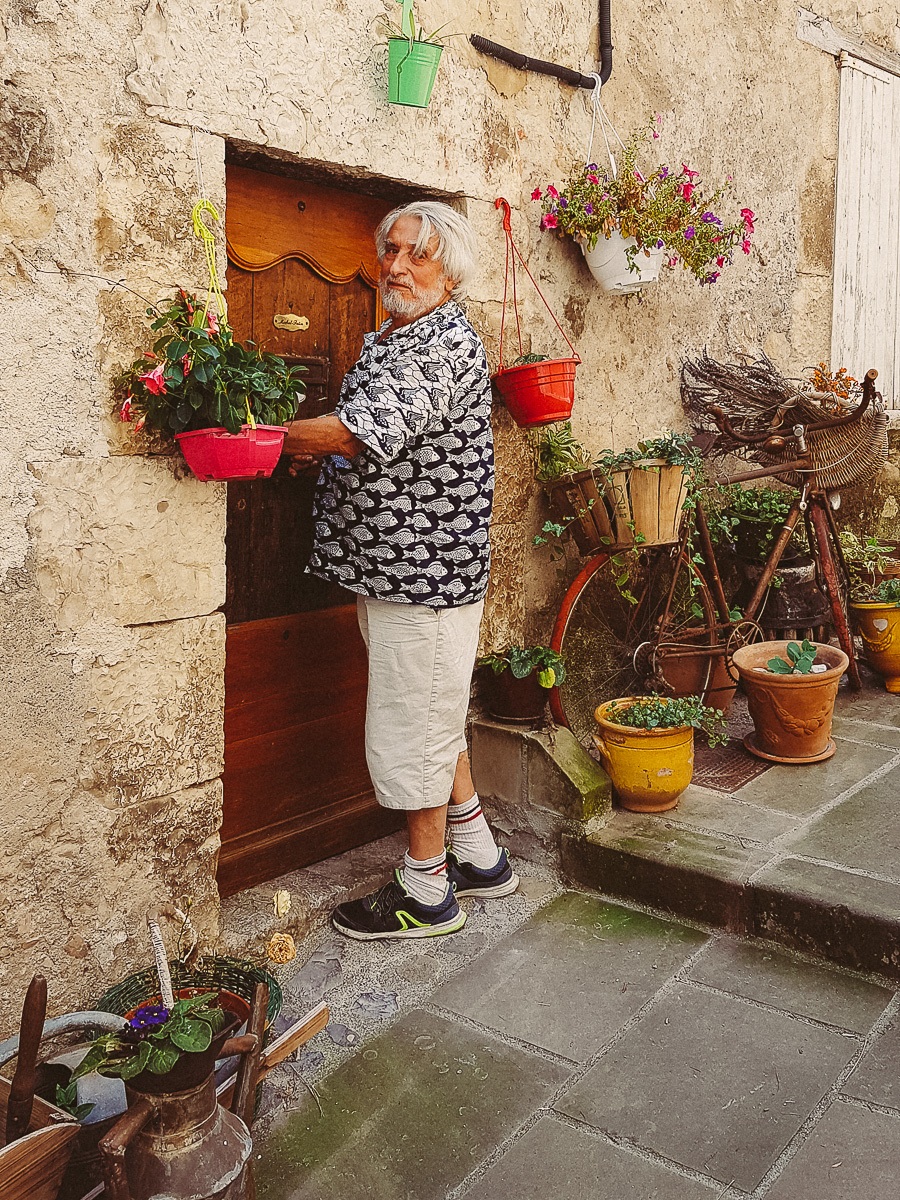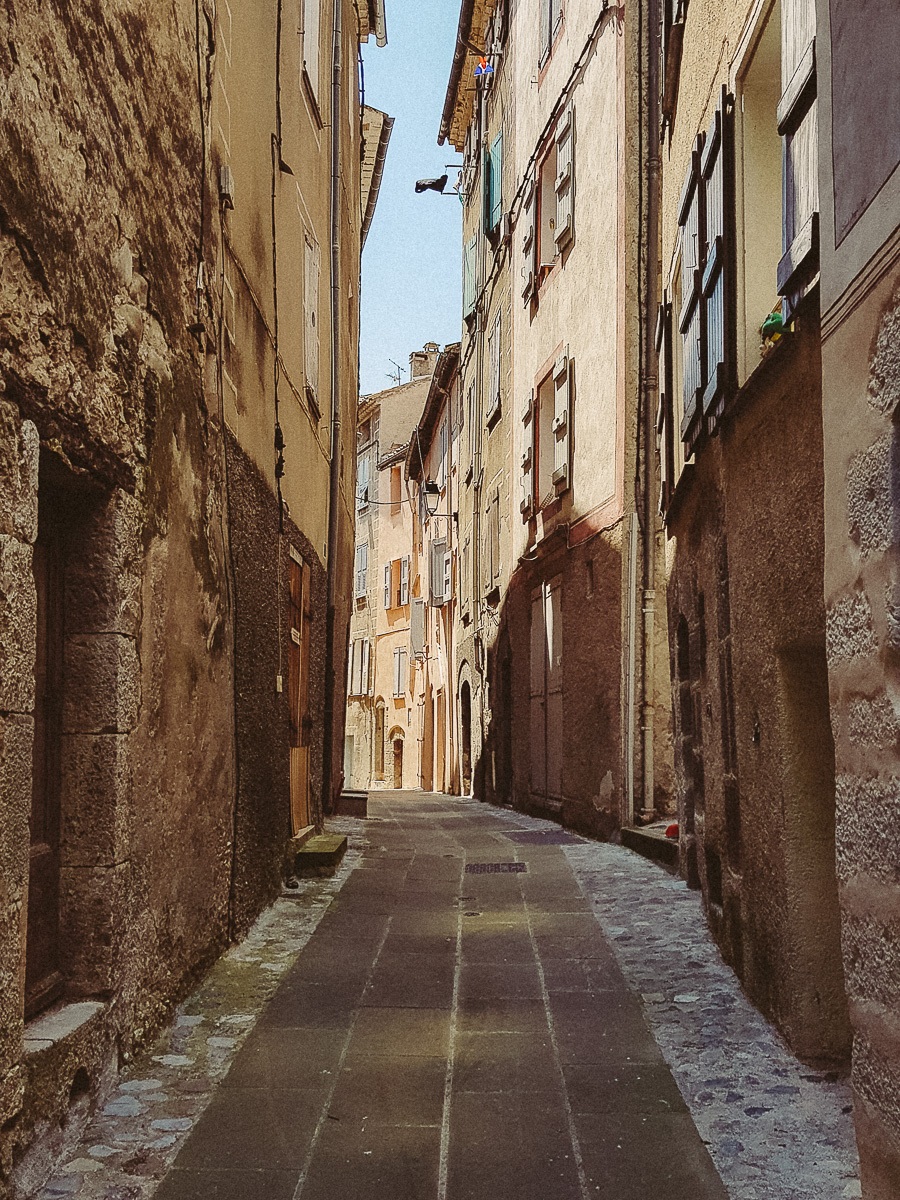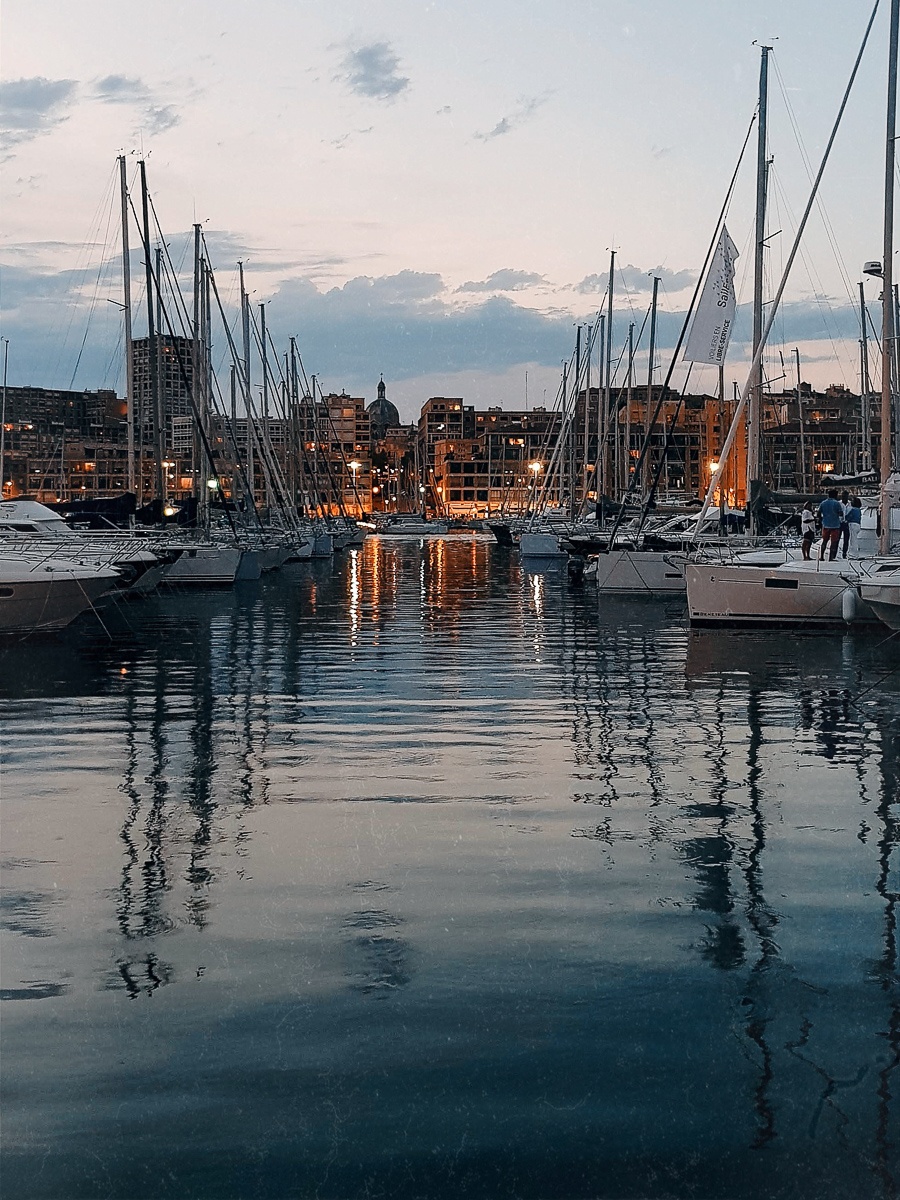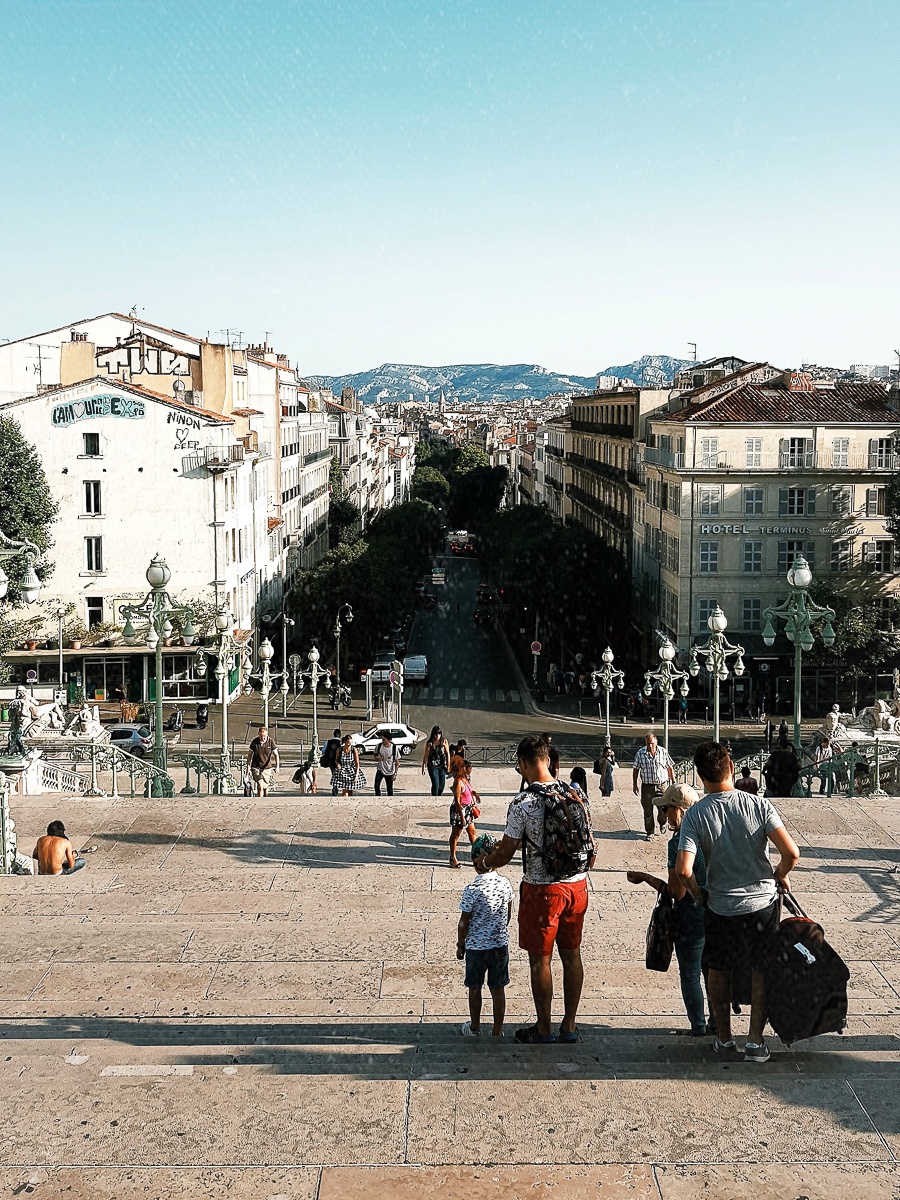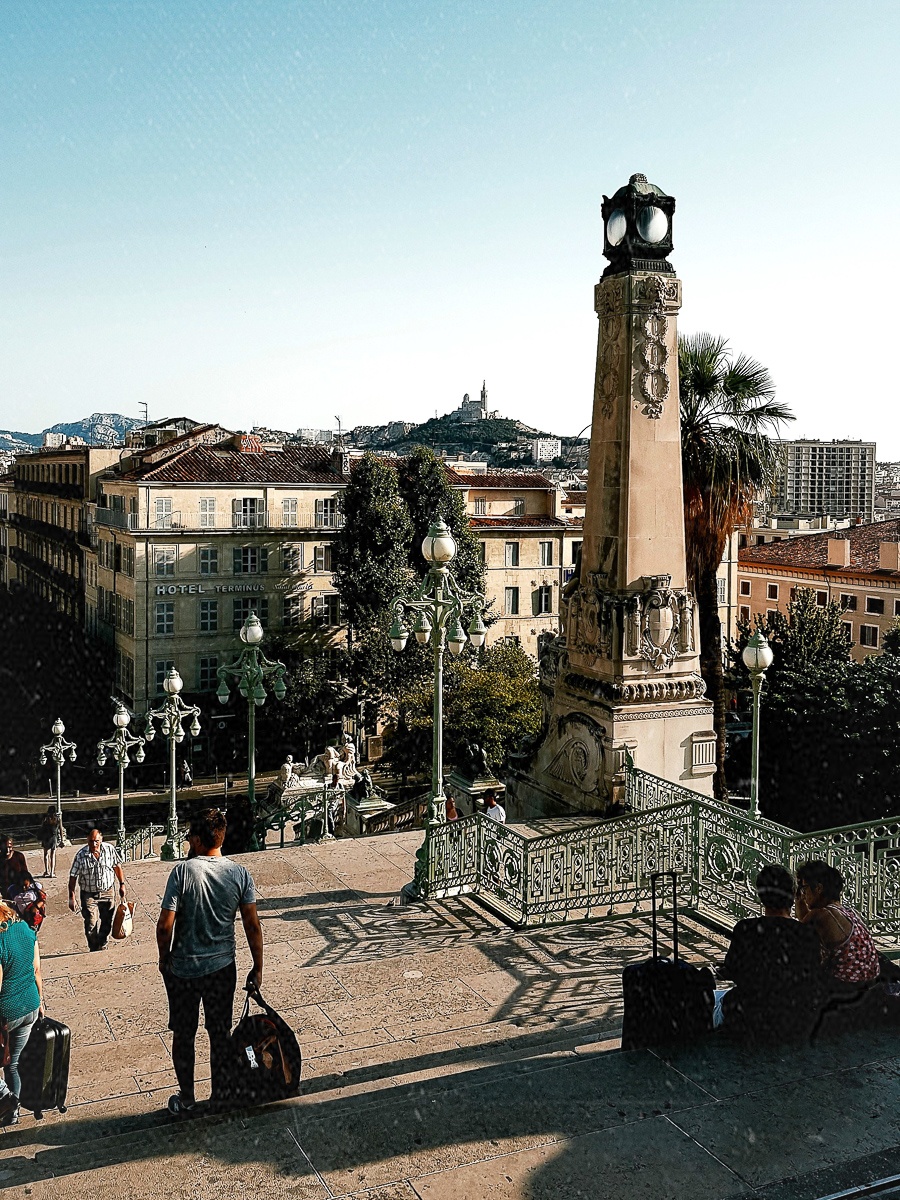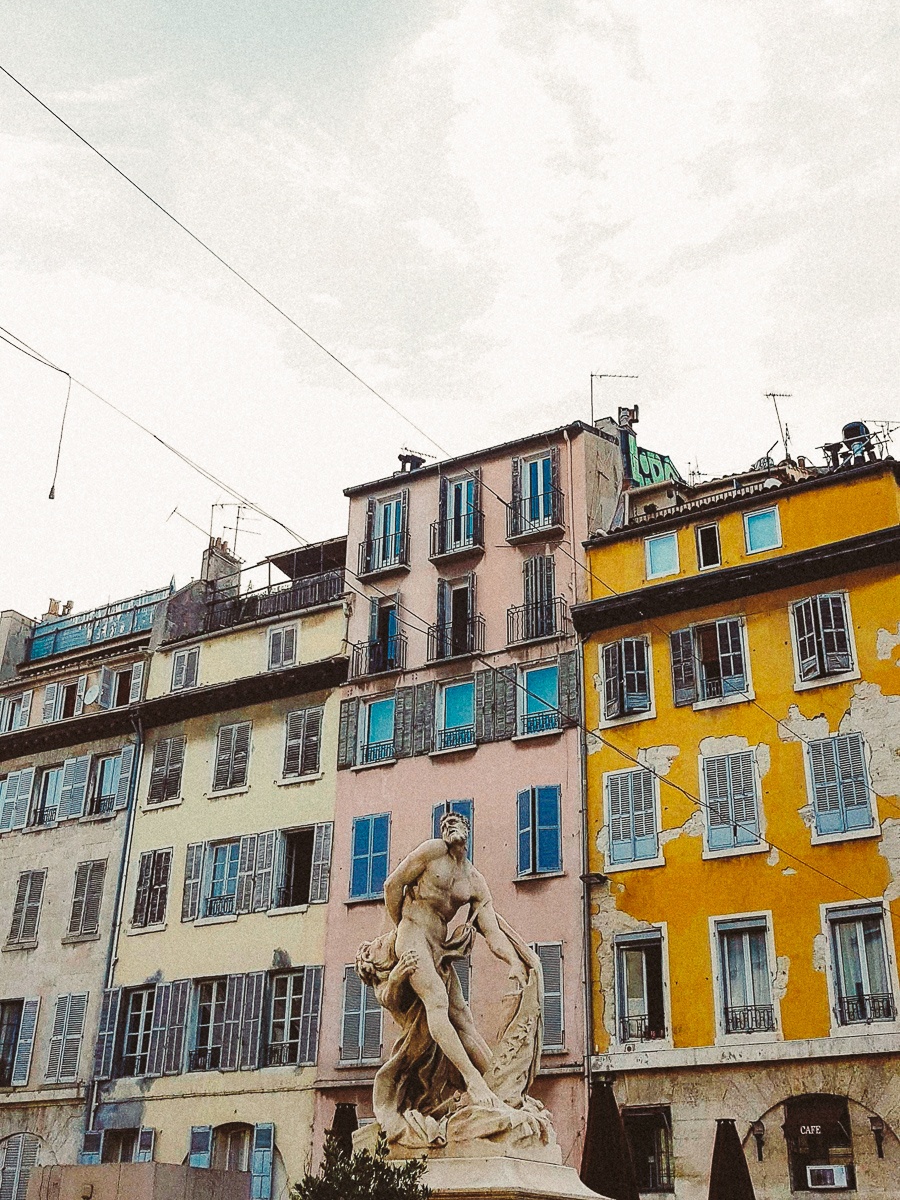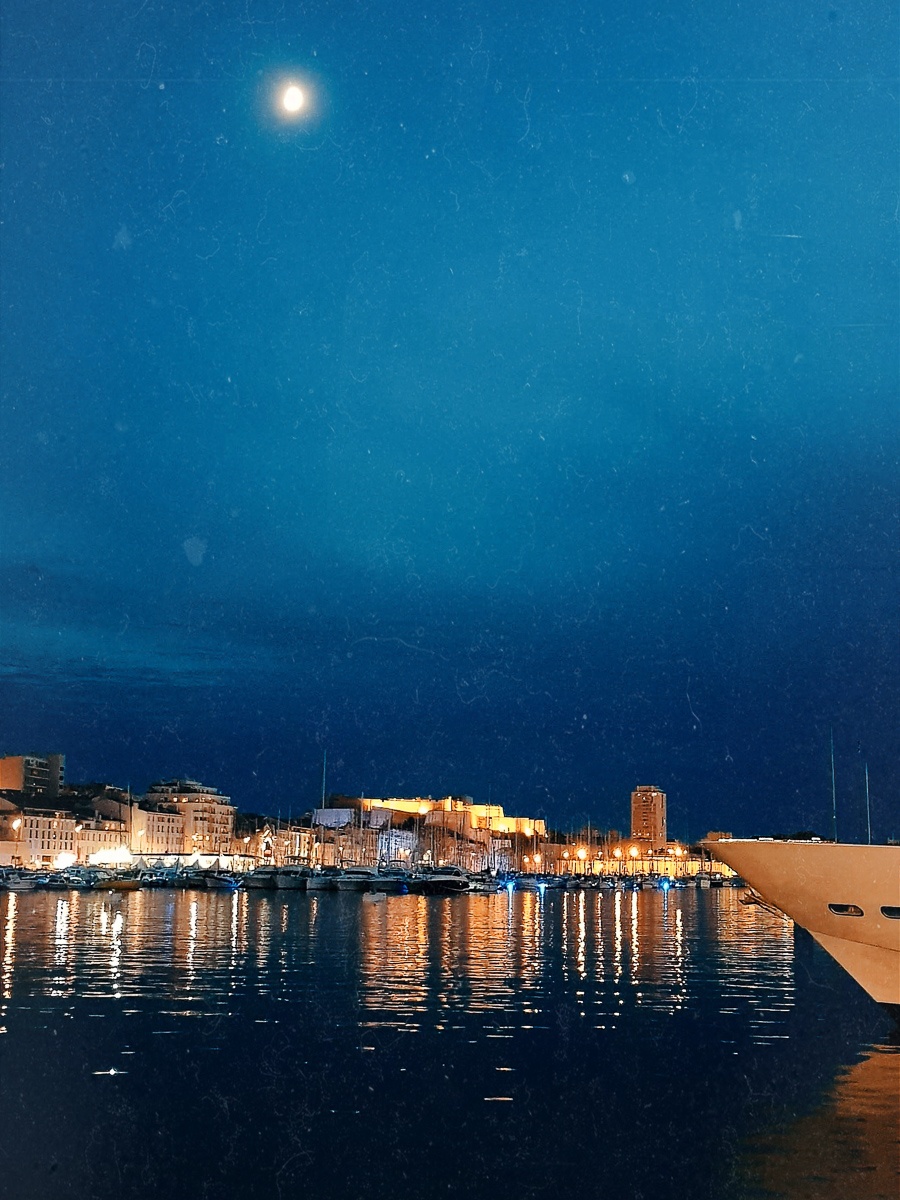Provence during lavender fields blooming and the region’s best cities and villages
Provence is a feast for all the senses! It is the tan on the skin and the smell of lavender, as well as the murmur of fountains in town squares and, of course, bright rural landscapes.
In addition to some useful information about the beautiful Provence region in my travel blog, you will learn about our impressions, tips, and life hacks for planning an independent trip and seeing atmospheric photos! All the places contain direct links to Google maps for an easier location, official sites, or sites where you can get more details. For those wishing to delve into the facts, learn the history, and understand the names, the travel guide is filled with links to Wikipedia.
Life follows the rhythm of the land here in Provence. Together we will see lovely typical Provence villages, drive along the provincial scenic roads, see beautiful lavender fields, taste local rosé wine, and visit the capital of Provence – Marseille (Google Maps).
The soul of Provence is its land, sunlit fields, rocky mountains, and a sea of flowers! These fantastic views seem to crawl under your skin, penetrating your soul! Villages are scattered everywhere: some lie on the top of the hills, while others line up around the castles for a little more romance. Life in these villages has not changed in many ways.
Fluttering fields of purple lavender and sweet herbal scent rising above them fill Provence with a fairy tale! On August 15, on the feast of the Dormition of the Mother of God, the town of Sceaux (Google Maps) becomes the center of the lavender festival. It starts with a timed flowers collection competition.
Exploring Provence, find a certain central point, a base, and make one-day excursions from it to villages and cities. We will go to the north of Provence, to the Alps (Google Maps). Many lovely villages are as if lost in these mountains. There is a typical Perche estate of garden houses scattered on the mountain ranges. Some of them are surrounded by walls reminiscent of turbulent periods in history.
The path leads us to the country that Vincent Willem van Gogh painted: rocky limestone mountains, landscapes with cypresses and olive groves, all these were in his works. Surprisingly, if you look at Van Gogh’s drawings with olive trees and these views, you will see their close resemblance! After all, olive trees can live up to 1000 years! Greek colonists brought these trees to Provence in the 6th century BC, and olive oil was believed to be liquid gold.
Avignon (Google Maps)
The lazy flow of the Rhône River (Fr. Rhône) washes medieval Avignon on both sides. The town is protected from uninvited guests by the longest defensive wall in Europe (4300m.). The construction of the wall was financed by the popes, whose residences were here. Avignon is the main town of the historical region of Vaucluse (Google Maps) and the unofficial capital of the Côtes-du-Rhône wine region. Every year in September, wine connoisseurs come to the old papal residence to attend a tasting during a solemn ceremony. A solemn procession of winegrowers passes through the town’s streets in the direction of the papal palace. The procession participants distribute bunches of grapes to everyone and treat them to young wine.
Avignon is a vibrant town with wide shady streets and many street restaurants and shops. The streets are bustling with exquisite architecture and bubbling fountains in squares and courtyards. There are the town’s mansions of the 17th century, which used to be the dwellings of wealthy aristocrats.
Arles (Google Maps)
For more than 600 years, candied fruits have been harvested in Provence for winter. They are canned by repeated dipping in sweetened syrup. In ancient times, this was the only way to preserve nature’s gifts from local gardens for winter. Today, Provence candied fruits are considered to be a traditional Christmas treat.
Reserve Camargue (Fr. Parc naturel régional de Camargue)
A couple of kilometers from Arles, the Camargue swamp opens up to our eyes. The Camargue is Europe’s biggest marshland, a virgin nature reserve stretching to the Mediterranean Sea. The Rhone delta is home to hundreds of species of fauna, mainly waterfowl. The best acquaintance with the Camargue would be a horse ride or a car ride on several hard roads. There are several horse breeding farms at the disposal of tourists, organizing horse trips for one or several days. There are also hundreds of wild horses in the Camargue of a characteristic light color. A lot of light pink flamingos live here. More than 10,000 of these beautiful birds nest in spring. The administration of the reserve takes care of all living animals on the territory. Tourists can see all the animals in their natural habitat on the marked walking trails and on special viewing platforms. If you want to see the local inhabitants, it is advisable to have binoculars or zooming equipment. Otherwise, it will be difficult to see the inhabitants in proximity to the human eye. Of the typical wild animals, the black Provencal bulls live here.
If you, like me, are not indifferent to the topic of harmful effects of human activity on flora and fauna, then you will be interested in watching the film “Spread Your Wings” (“Donne-moi des ailes”). Its action takes place on the territory of the Camargue nature reserve and well reveals the basic human values. The film is based on Christian Moullec’s story. In 1995 Moullec succeeded in drawing public attention to human influence on the migration routes of migratory birds. In particular, he noted that it is increasingly difficult for white-fronted geese to make the annual flight from France to the north due to shootings and the growing number of air routes. For several years now, Christian Moullec has allowed tourists to fly with geese. Flight funds go to the flywithbirds.com protection fund.
Séguret (Google Maps)
Big towns are, of course, beautiful in Provence, but we decided to stay in a tiny village located on the side of a mountain called Seguret. “Le Moulin de Séguret” is an old stone house with amazing views of olive orchards and vineyards, antique furniture, and the atmosphere of a provincial home. Here we could distract from everyday worries and plunge into another universe! Such an approach impressed us a lot!
Sablet (Google Maps)
The small town of Sable, like Séguret, is located in the land of vineyards, mostly of rose and white wine, truffles, almonds, and delicious goat cheese. It lies on one of the tops of a small hill. Cicadas are heard to be flying under the azure sky.
The Romans loved wine, but only many centuries later, the production of this drink began with the French’s help. The wine of these lands got its unique taste thanks to the properties of the soil. Moreover, it is not fertility that matters, but the stones and minerals contained in it. They quickly heat up in the sun and retain this heat for a long time for the grape varieties grown here. The vineyards here are about 100 years old, but the roots of the cultivation and production of wine go back to the XIV century. The experience passed down from generation to generation in this industry is the basis for its success. The soil itself is not very fertile here.
Purple lavender fields are the hallmark of Provence’s historic Luberon mountains and the Plateau de Valensole. Lavender blooms here from early July to mid-August, but the flowering weeks can vary due to weather conditions, which directly affect it. To get there and not to miss anything, we made our trip in the middle of July.
The lavender flower has been the hallmark of Provence for over 100 years. 80% of the lavender used in the world comes from here. Lavender and lavandin are added to everything from lavender oil and lavender ice cream to pillow filling. They are used as a sausage and cheese flavoring, as a disinfectant, and other products. According to Roman customs, lavender is added to water while washing. Therefore, it is believed that the word lavender itself comes from lat. lavāre “to wash”.
Lavender VS Lavandin
Harvesting usually begins in August, when the inflorescences are full of essential oil. Only 3% of lavender is removed in the same way as 100 years ago, i.e. by hand using a sickle. The rest of the flowers of the plant called lavandin are harvested using special machines. Lavandin is a laboratory-bred variety. Unfortunately, it has replaced traditional lavender due to its higher content of essential oil, but the aroma, alas, is not as subtle as that of true lavender. Lavandin is used to make soaps and cleaning products. However, exquisite perfumery requires a subtler original plant. In the past, only monarchs and their courtiers could afford to use lavender perfume. Perfumery came to the houses of wealthy townspeople later. The economic calculation is quite simple: to get a liter of precious oil one needs almost 300 kg. of flowers, which is several times more productive and cheaper than the production of a synthetic substitute, which entered the market in the 80s. XX century.
The Valensole highlands are all covered with a flowering carpet, mostly with lavandin. Lavender grows higher, starting from 600m. True lavender is smaller in size, has a paler purple color, and does not look as impressive as its artificially derived counterpart.
Photo to compare: on the left – lavender, on the right – lavandin.
Venasque (Google Maps)
The search for the perfect village, looking back in Provence, culminated in a beautiful Venasque. The village is located, like many others in Provence, high above the fields and valleys. It seems that it floats and gives stunning views of the valleys. The steep village streets are fragrant with fresh bread, peace, tranquility, unhurriedness, and enjoyment of the now and here reign everywhere. In Venasque, we saw a small antique fair with various curious and old products and decor items.
Sénanque Monastery, XII century (Google Maps)
The interior of the monastery is rather austere so that unnecessary decorations did not interfere with the monks. For the first service, they get up at 2 am and spend all the time during the day writing manuscripts and meditating in cells. The abbey is a monastery of the Cistercians (Latin Ordo Cisterciensis, OCist). If you choose the right time for your visit, you can appreciate the fullness of the monastery’s acoustics.
The town of Roussillon (Google Maps)
Roussillon differs from its neighbors with its memorable red town walls. It is called the “Provence palette” because of the 17 shades of ocher that the land is rich in. Ocher painted all houses and buildings in a unique red-orange color. For centuries, the townspeople have mined this mineral for paints and ceramics. With the advent of artificial colors, Roussillon switched to the travel business. The extraction of sandstone of unusual shades brought Roussillon a decent income in antiquity. The material started to be used on the facades of Provencal houses and in the cities of the Roman Empire. Frescoes in ancient Pompeii were created with its help. However, the development of the chemical industry caused the decline of the Roussillon quarries. The town lies on a picturesque hill. In the 40s of the XX century. writer Samuel Barclay Beckett lived and worked here.
Gordes (Google Maps)
In the heart of Provence, on the southern border of the Vaucluse mountain range in the Calavon river valley, there is another fabulous small town, Gordes. The castle of the Renaissance period (1031) rises above it. There is a beautiful view from the top of the hill. Lush greenery in the landscape alternates with the whiteness of Alpine stone houses and beautiful lavender fields. The surroundings of Gordes were very popular with tourists in the 30s. of the 20th century. Later, Victor Vasarely arouses interest in the town. The Hungarian painter was the founder of abstract art called op art. Vasarely bought a restored 16th-century castle, where he organized an exhibition of his works, which attracted a lot of tourists to Gordes. The village has regained its popularity, and property prices located at the foot have reached astronomical limits. Once these houses had belonged to peasants and artisans. Later on, they were bought by wealthy townspeople and turned into summer residences.
Gorges du Verdon (Google Maps)
In the commune of Saint-André-les-Alpes (Google Maps), there is the Verdon Gorge, the deepest gorge in Europe. The Verdon River is a dream of many travelers and outdoor enthusiasts. The Verdon Natural Reserve (official site) is rich in flora and fauna and stunning views.
Valensole plateau (Google Maps) and Valensole village (Google Maps)
Lying on a plateau rich in purple lavender, blue skies, and wheat gold, Valensole is a picturesque town on the northern edge of the Verdon Regional Natural Park (Google Maps). With 300 days of sunshine a year, Valensole is true to its name (meaning the valley of the sun). The medieval village is built in the form of an amphitheater on a hillside overlooking a small river valley. Streets and alleys extend to the 11th century St Blaise Church with an impressive bell tower at the top.
The Valensole Plateau is famous for its lavender and truffles. This plateau is the largest area in France dedicated to lavender cultivation, covering approximately 800 km2. During the blooming period, Valensole Tourist Office organizes thematic excursions about lavender. And throughout the year, distilleries invite you to visit their lavender farms and discover the steps of distilling lavender, from picking flowers to their packaging. Some of them, such as the Ferme du Riou, still use the most traditional methods. Every year on the 3rd Sunday in July, the town of Valensole organizes the Lavender Festival.
Entrevaux (Google Maps)
Entrevaux (official site) is one of those villages of the Haute Provence, which maintained their original character. A former fortified royal town rebuilt by Vauban with a citadel, its unique fortifications, cathedral, and a royal gate make this village a stop you cannot miss. The medieval town of Entrevaux, built on a rocky cliff, overlooks the Var River. You will fall in love with the charm of its tall and narrow houses, small squares, and ancient fountains, set amidst the magnificent countryside, olive groves, and terraced gardens!
We would like to finish our acquaintance with Provence with its capital – the town of Marseille (Google Maps).
Marseille is a port town, which means that it is cheerful and not rarely dashing. Parisians are snobbish about Marseille, saying that the city is full of the mafia. Indeed, Marseille is a simple and not smoothed town. Do not put your finger into the mouth of the Marseillaise! Here I heard the Marseillaise joke that their central street, Canebiere, is the world’s longest one because it starts in the port and ends only in Algeria! There was only a part of a joke in this phrase because looking at the streets of the town, it is clear that people from Africa have densely populated this town.
You can also take a walk around the museum, which is called the most beautiful walk in Marseille. You can walk from the museum building along many paths, bridges with a breathtaking panorama of the town, sit in secluded corners with gardens, or on wide steps overlooking the sea. A walk along the fortification is a whole journey, that’s why they say: “When you visit a museum, you visit the whole Marseille.” Note that the entrance to the fortifications is free.
Marseille turned out to be a peculiar town for us. It was complicated because Marseille was once a vibrant town, but now its charm is hidden and, as it seemed to us, unfortunately, abandoned. The town’s charm is not always revealed and not to everyone. Unfortunately, Marseille did not steal our heart us. But we partly felt that its former charm still exists, though we did not have a chance to discover it in the present round of time.

